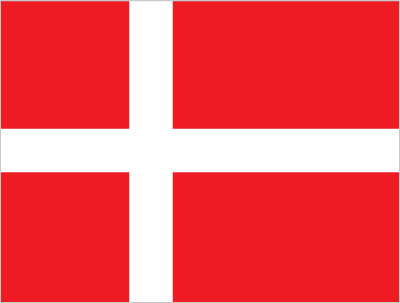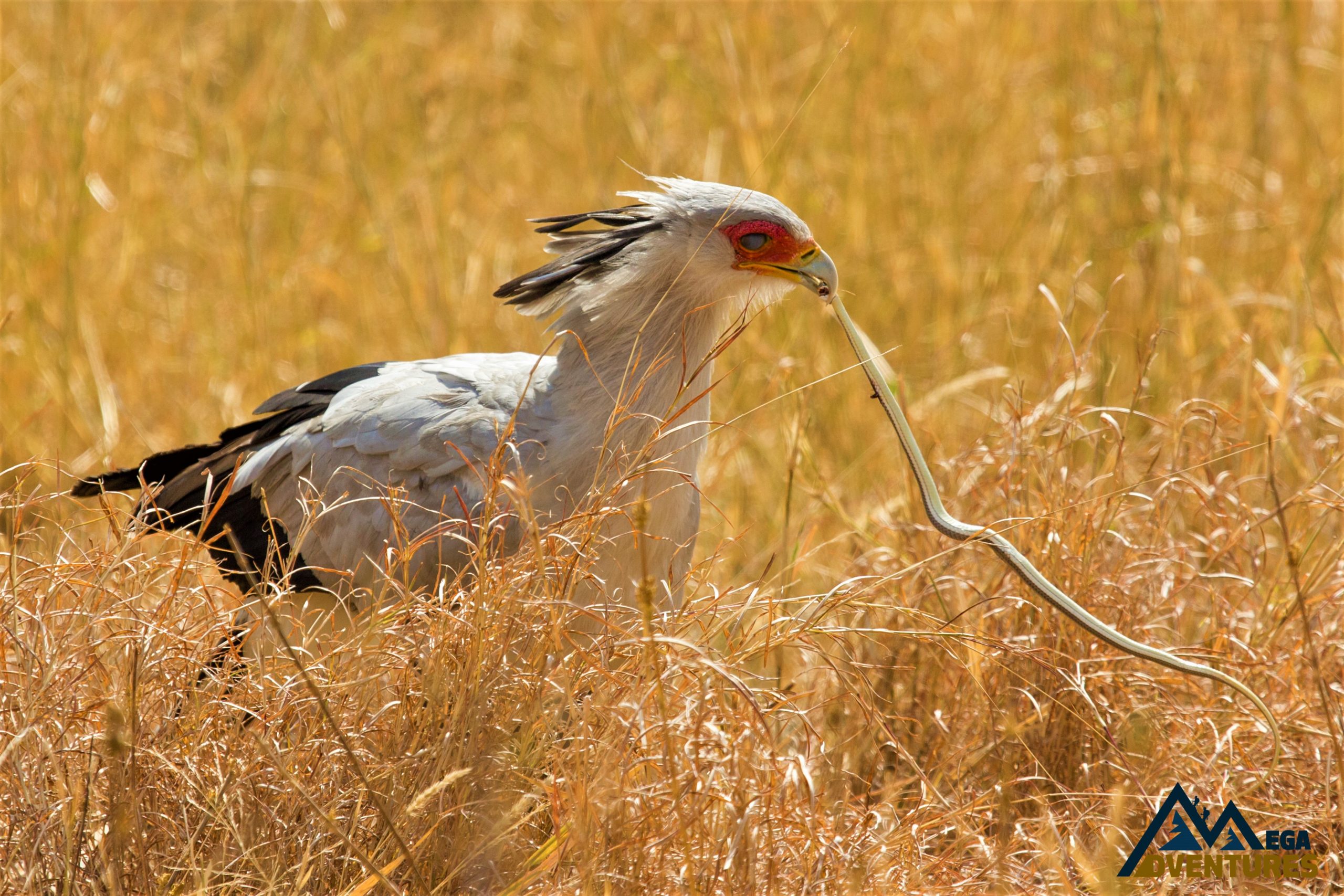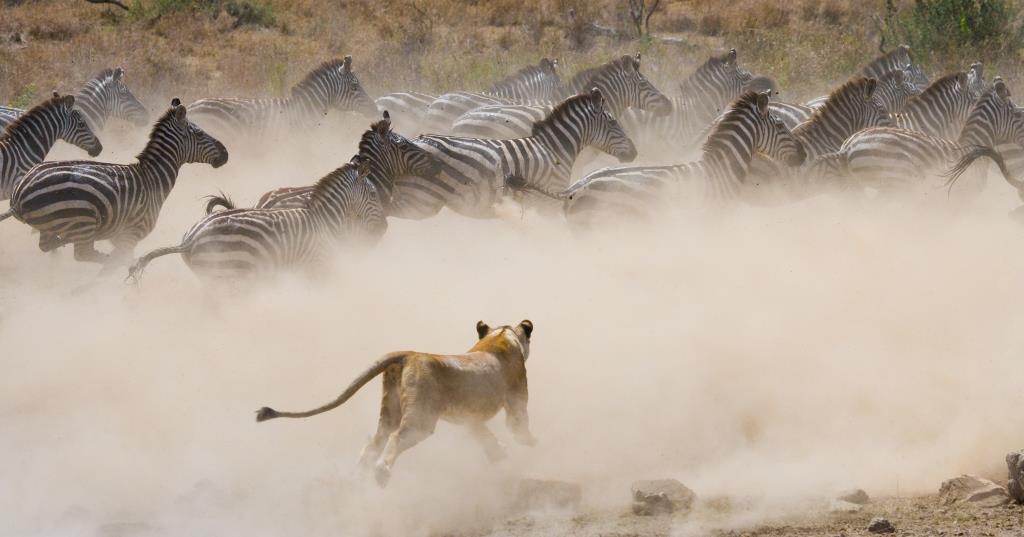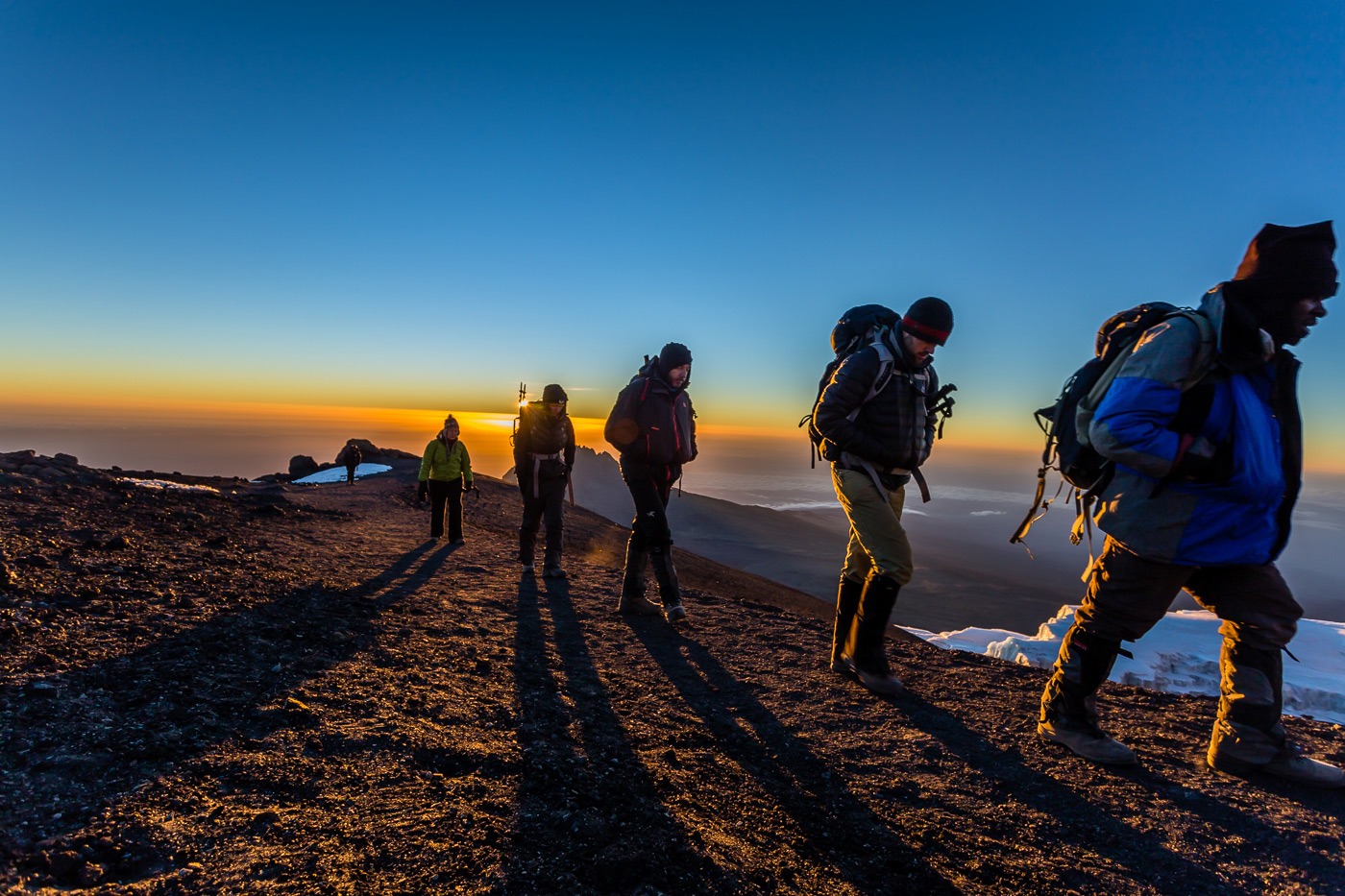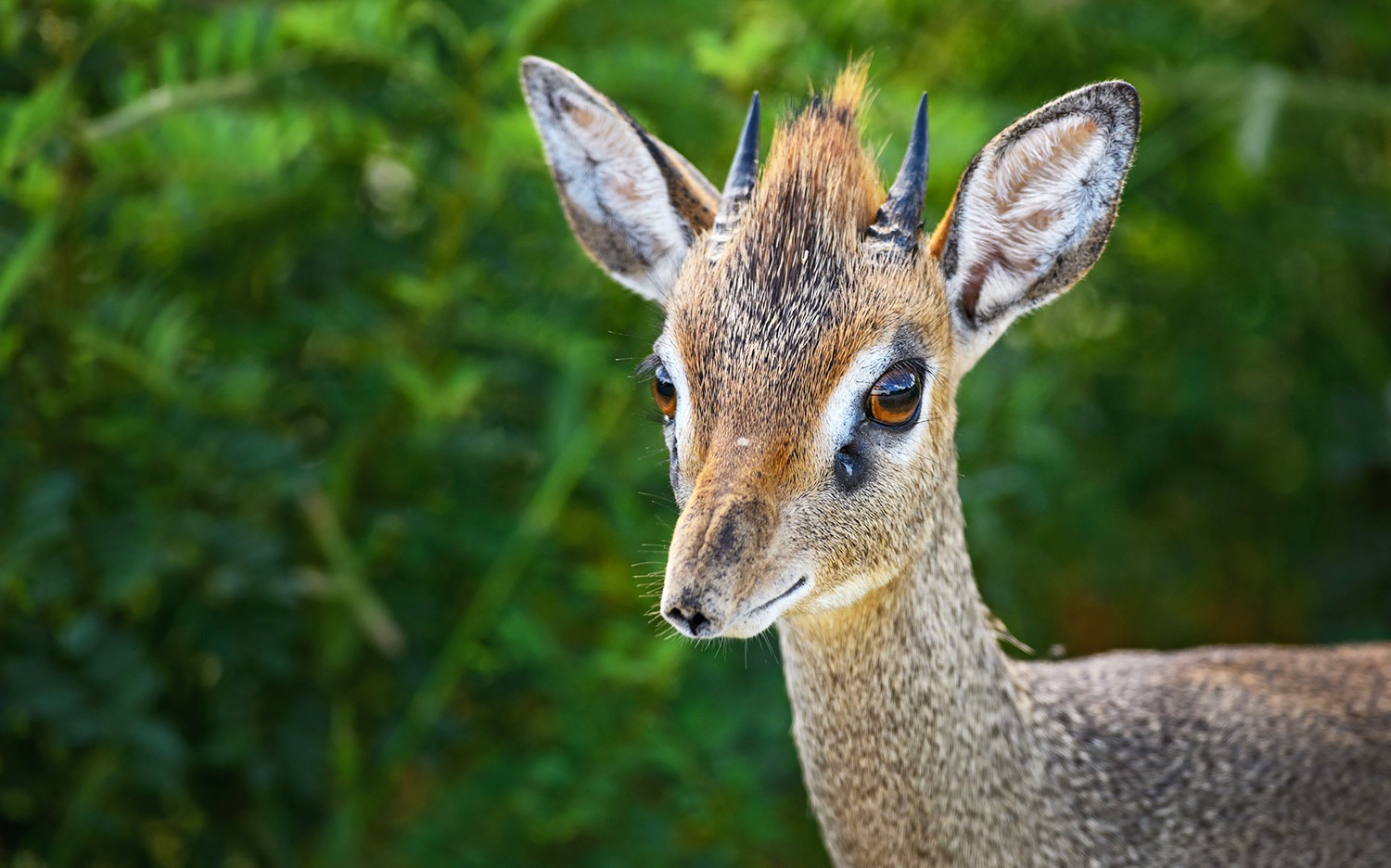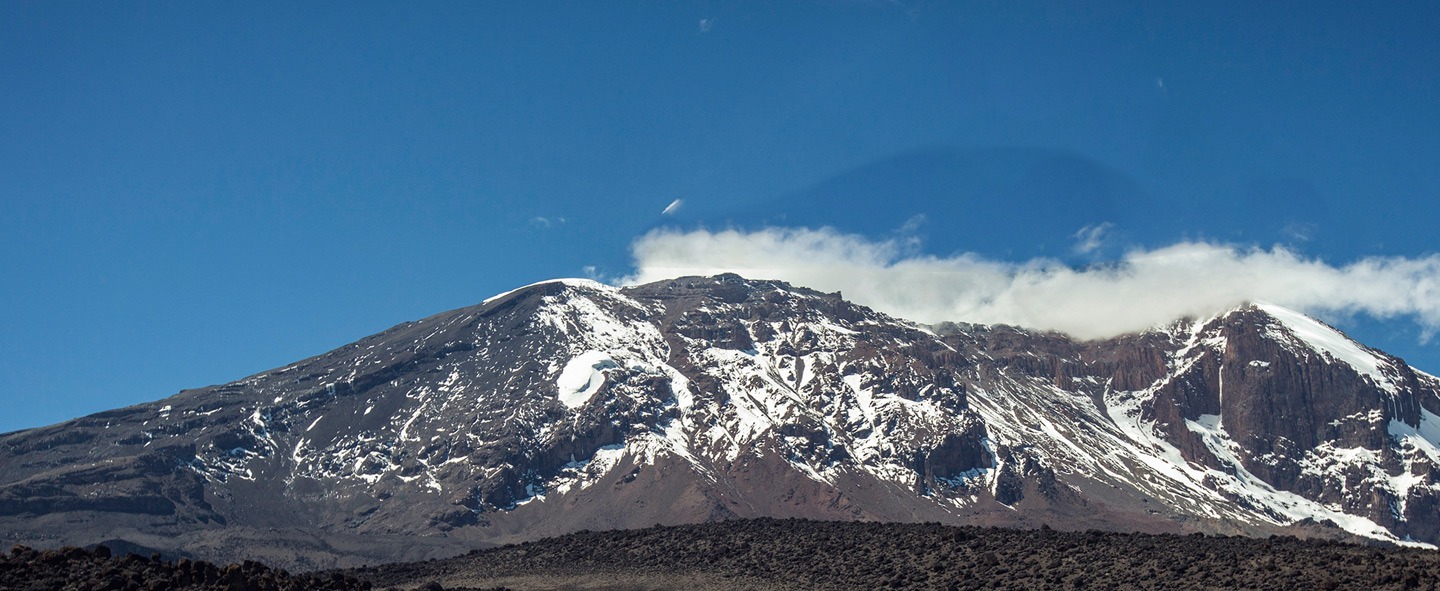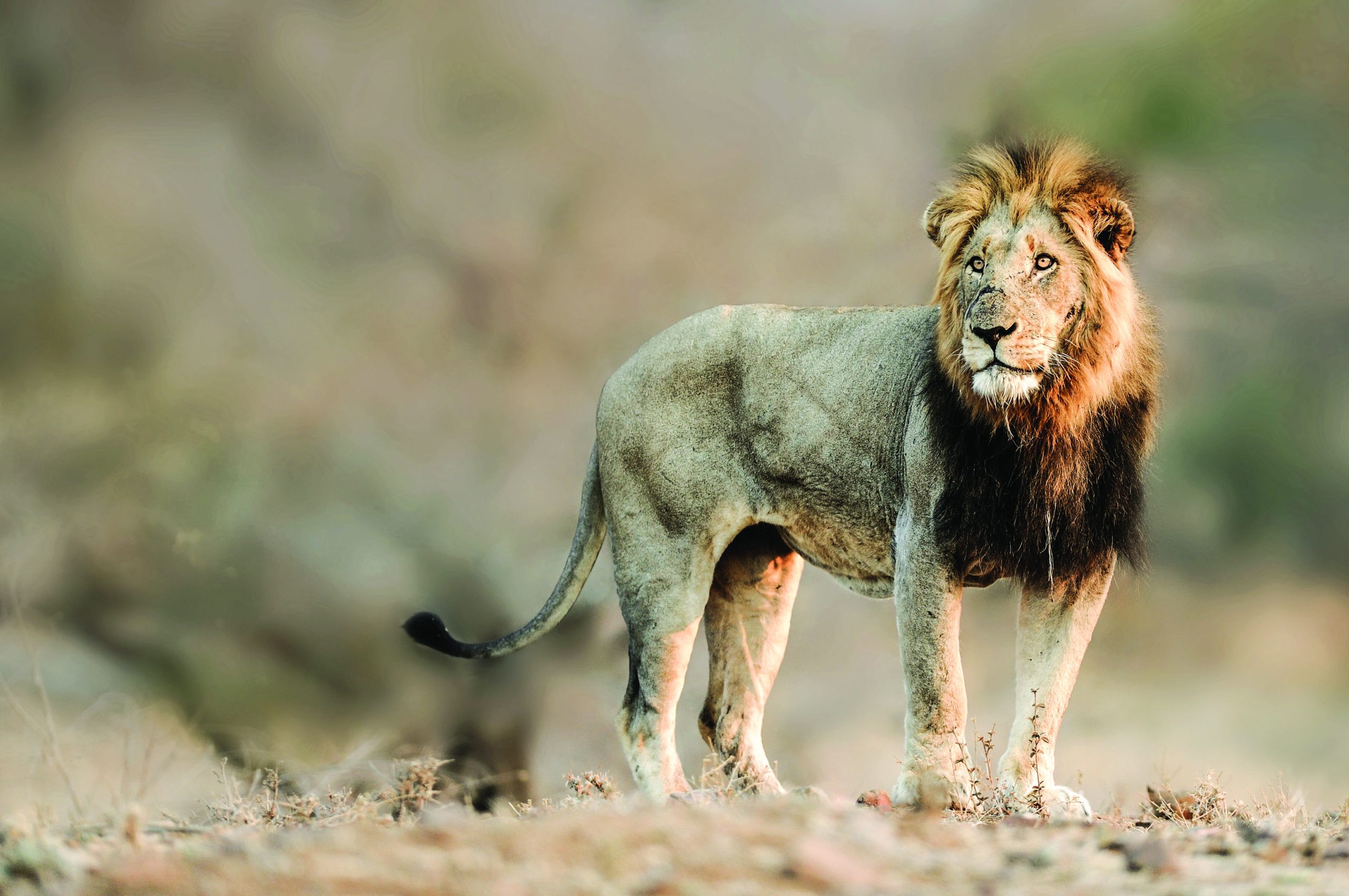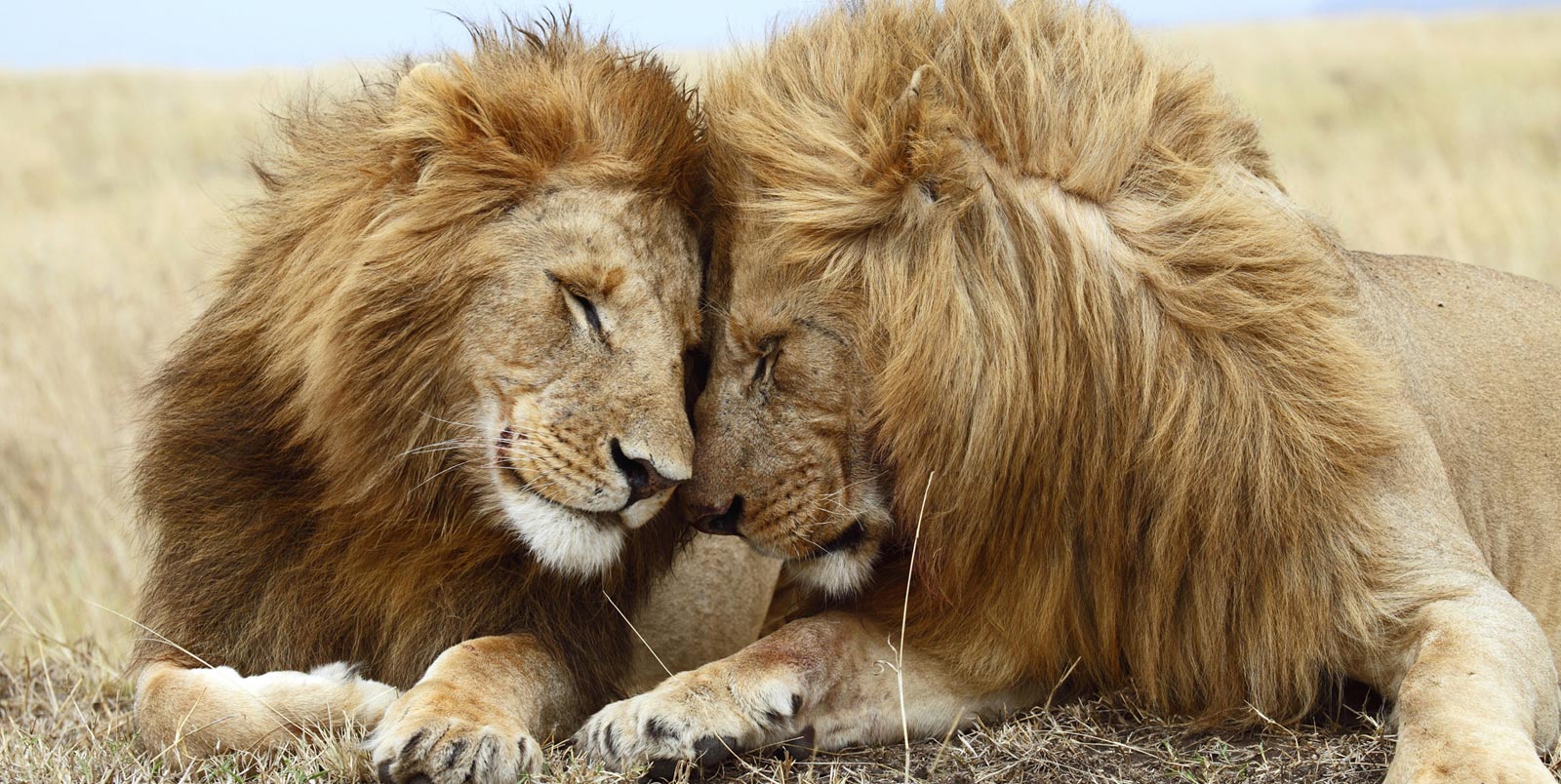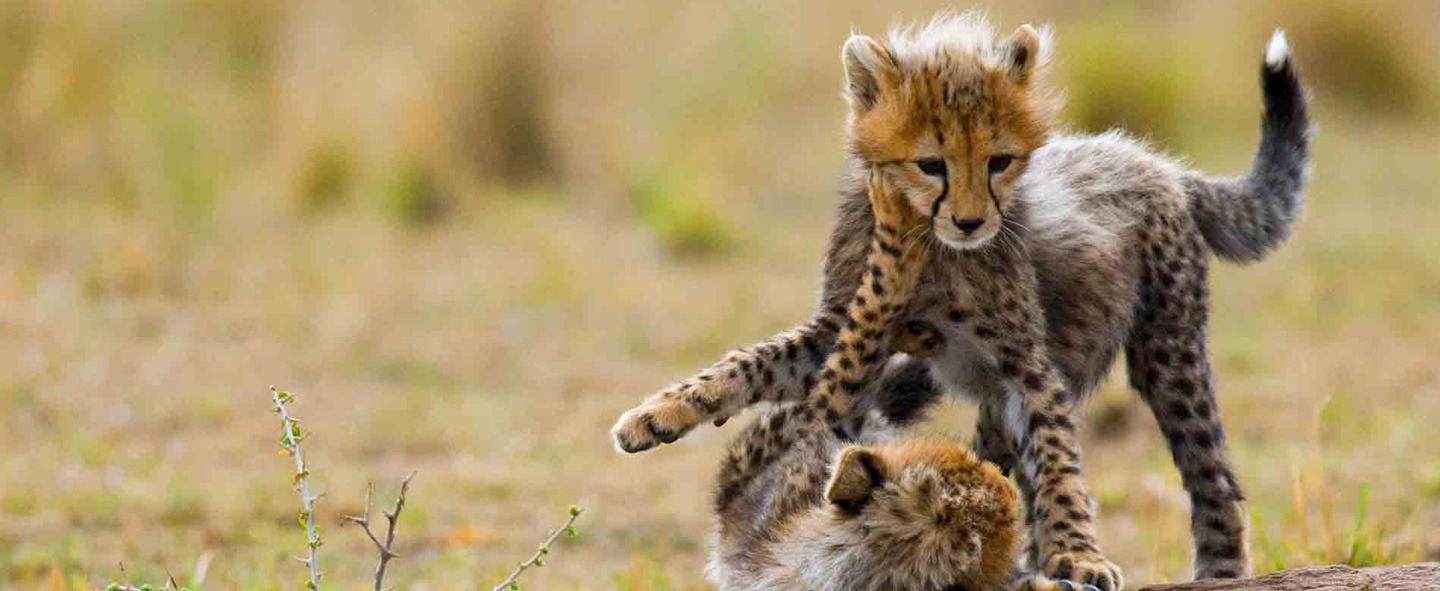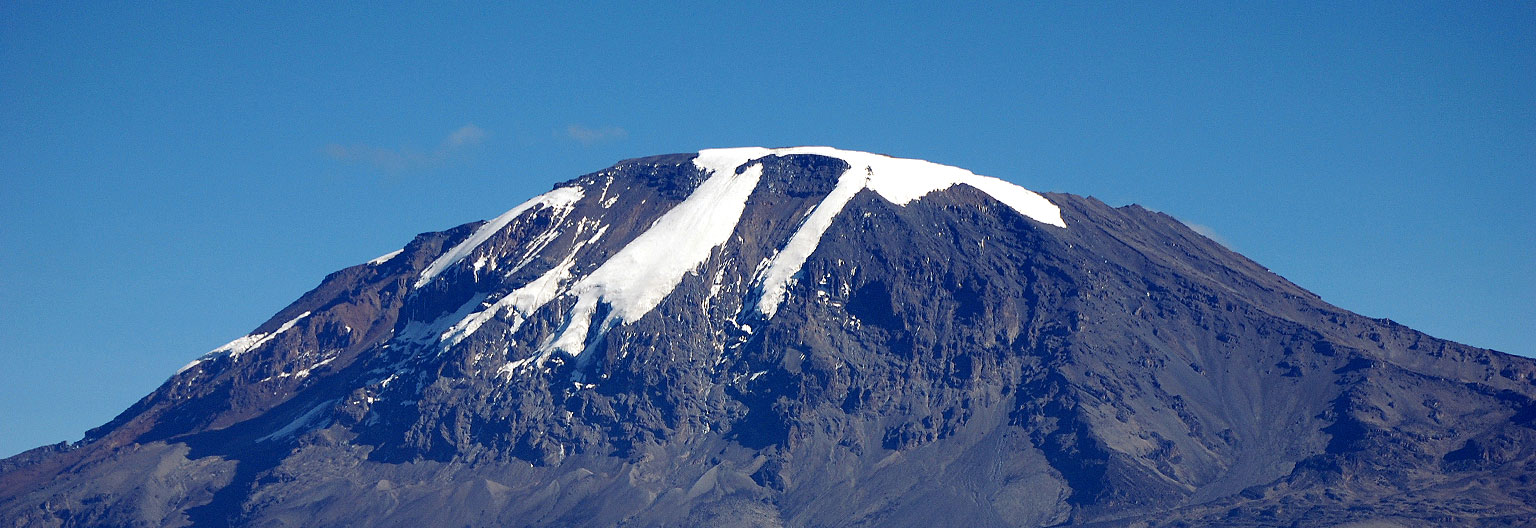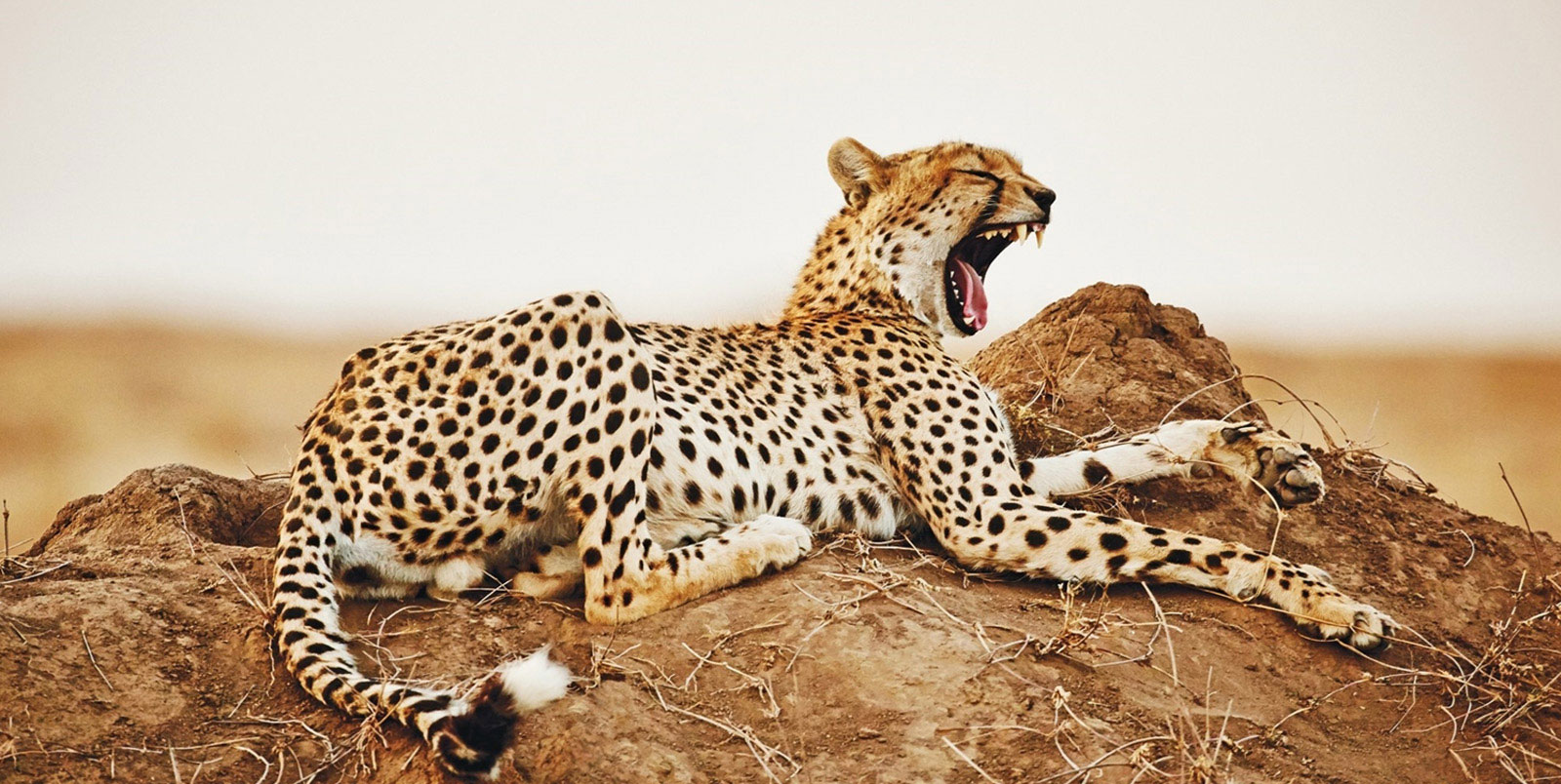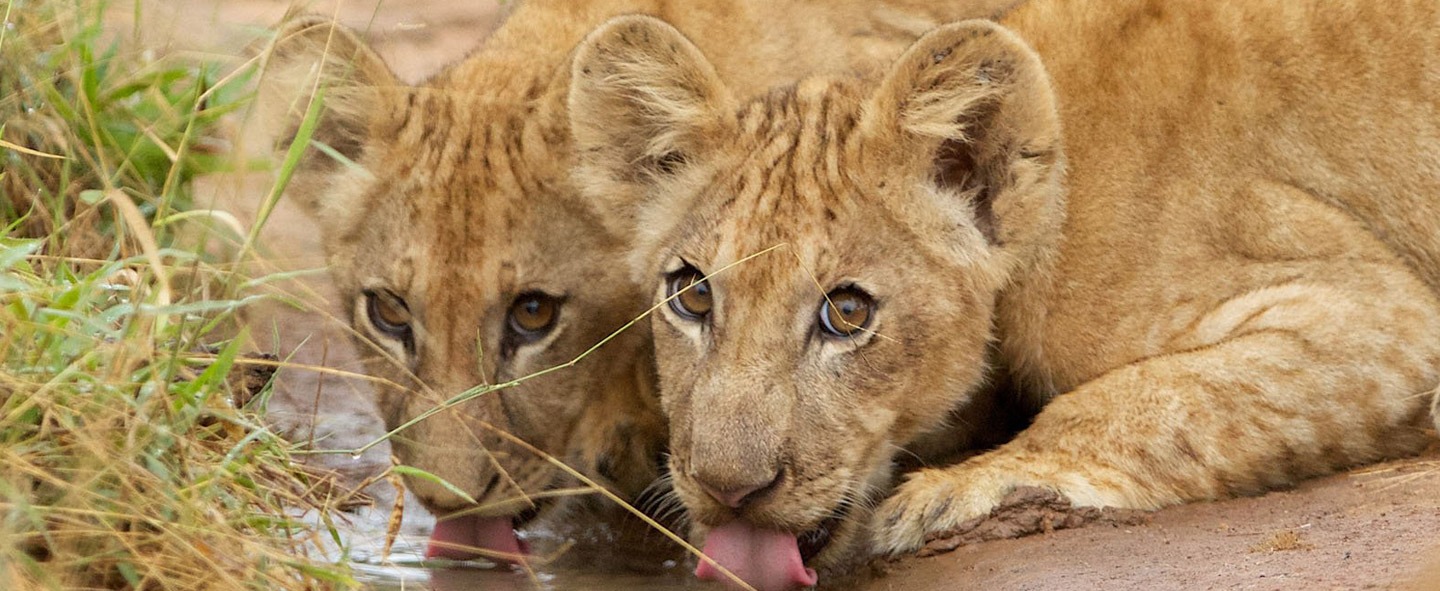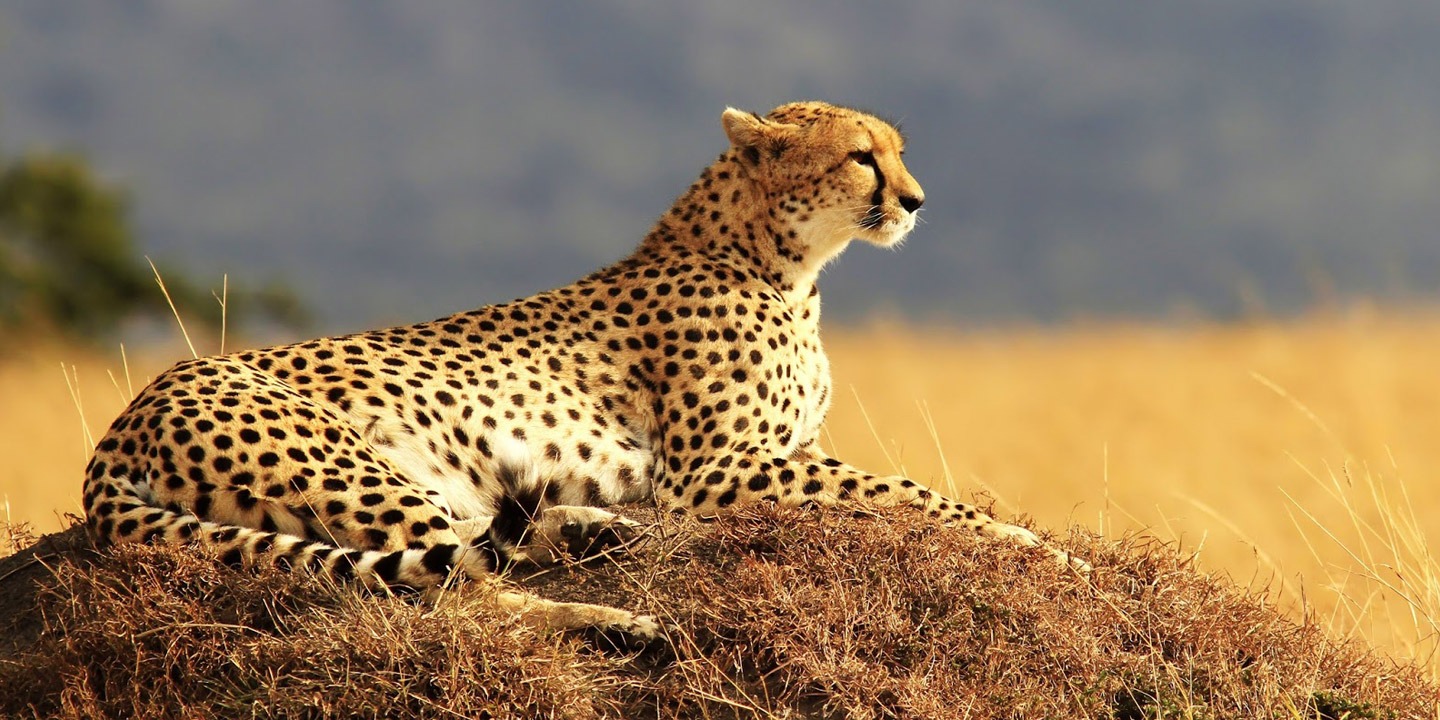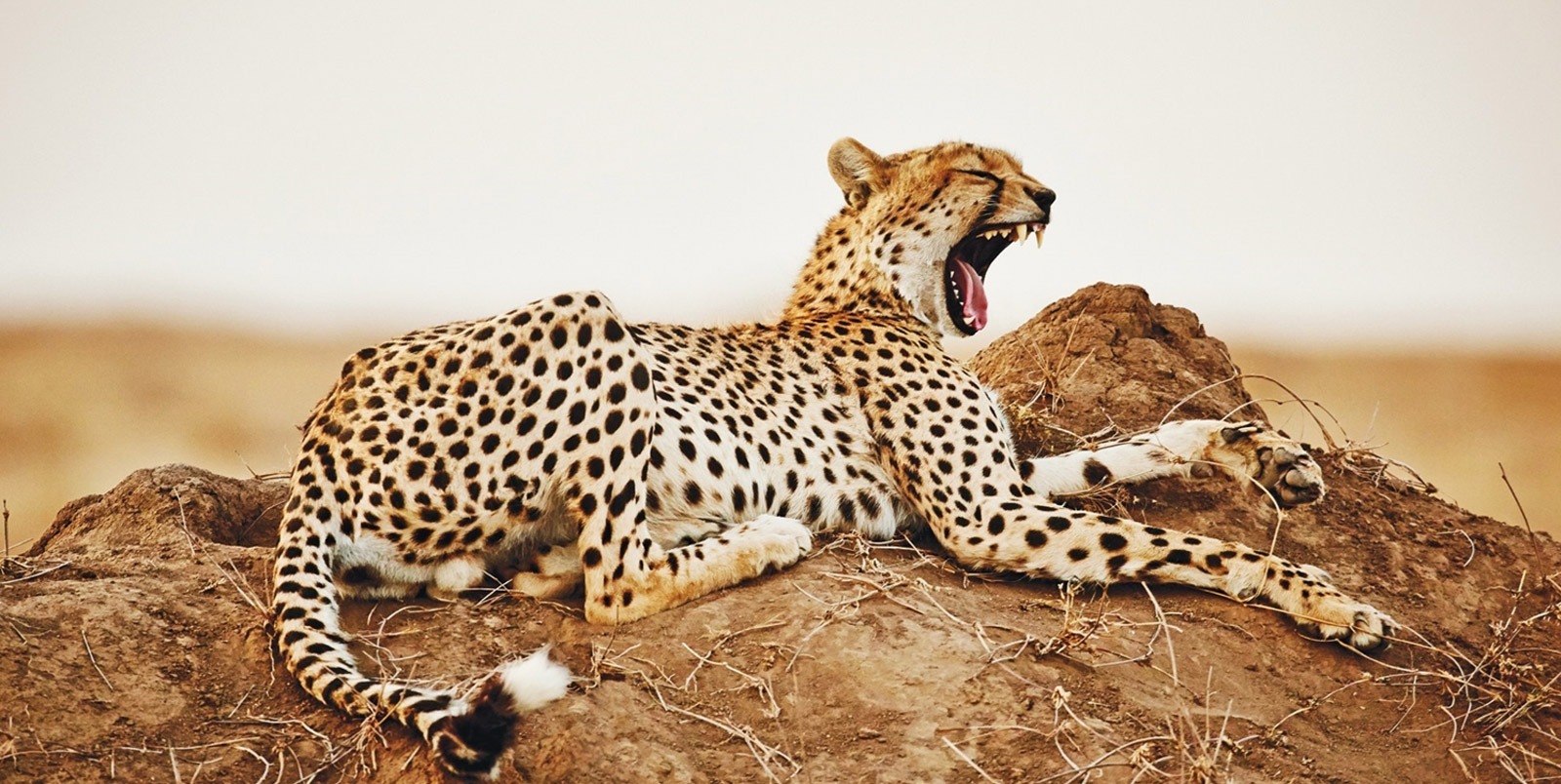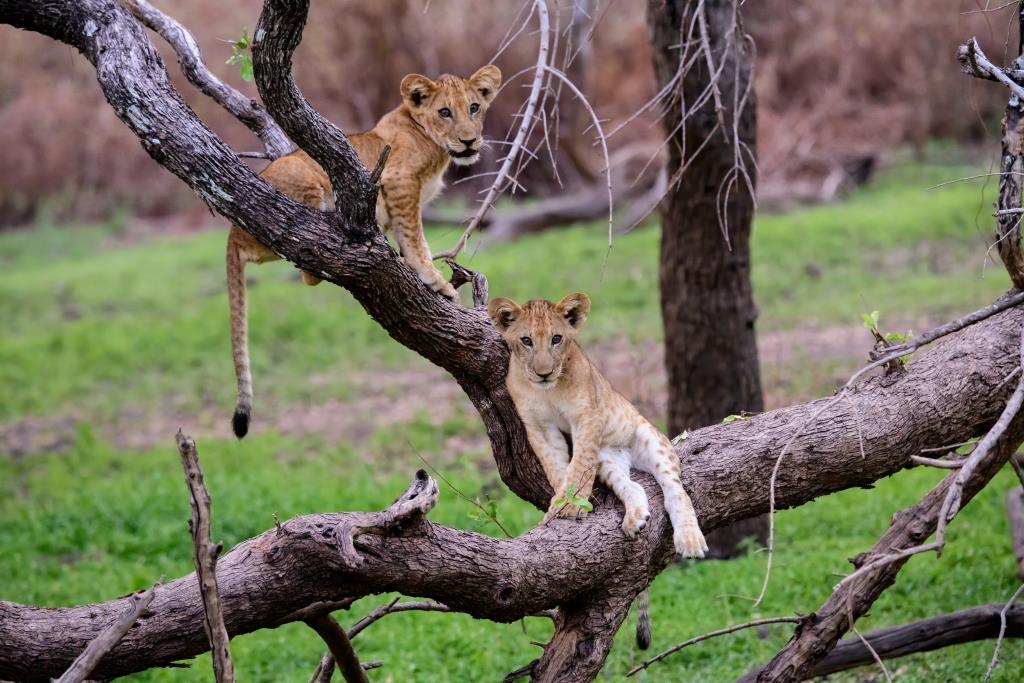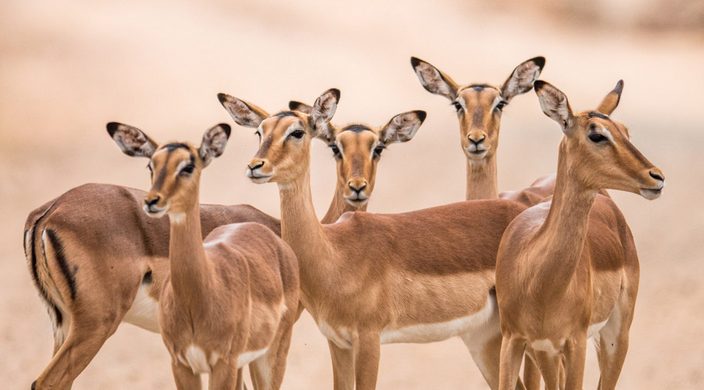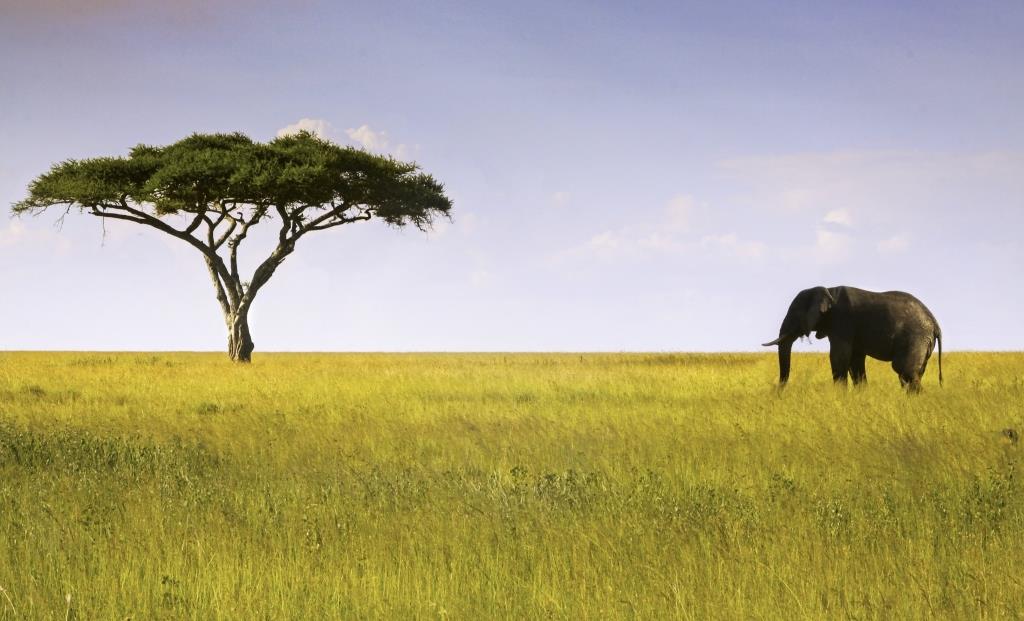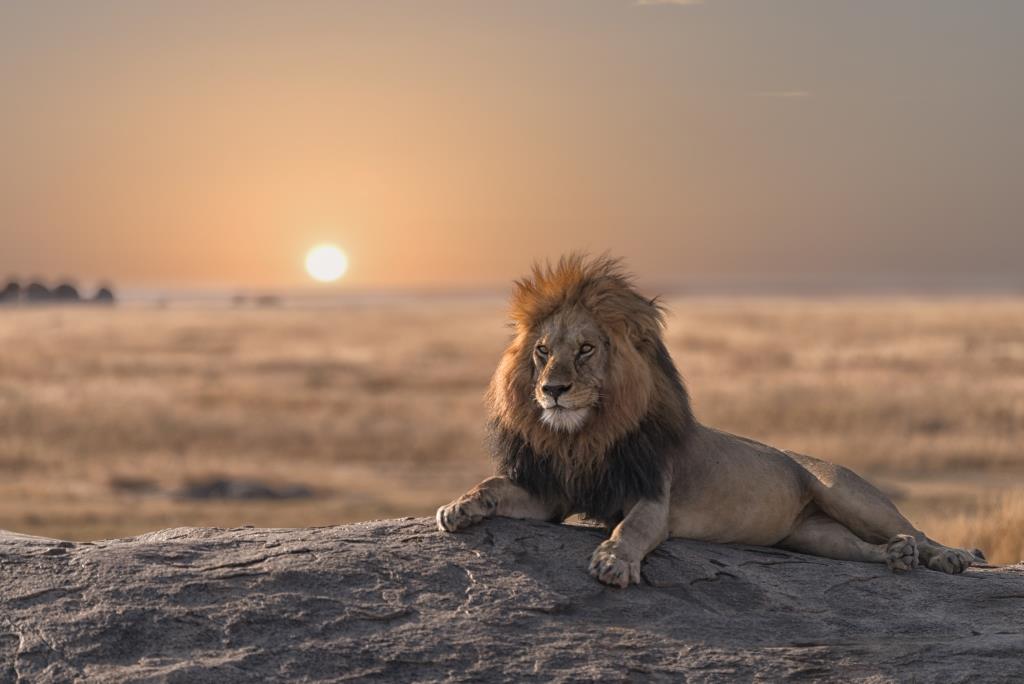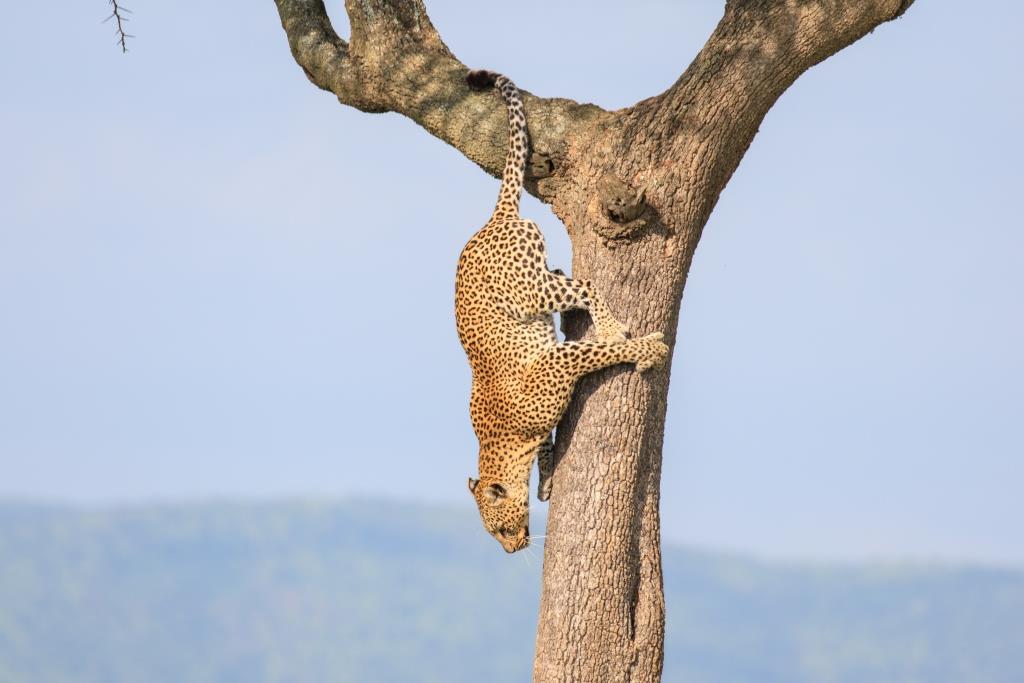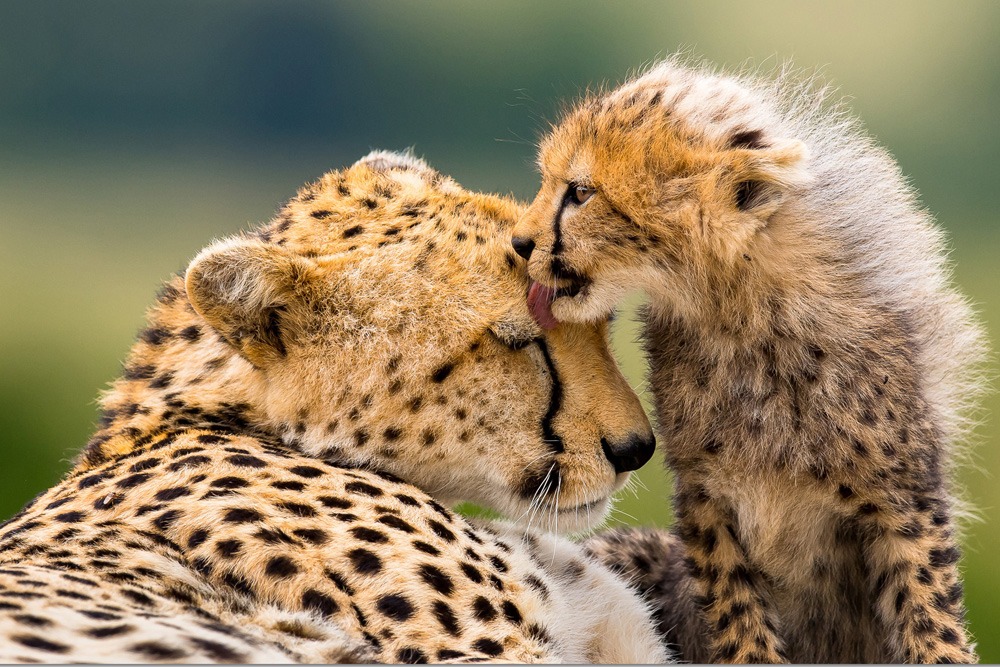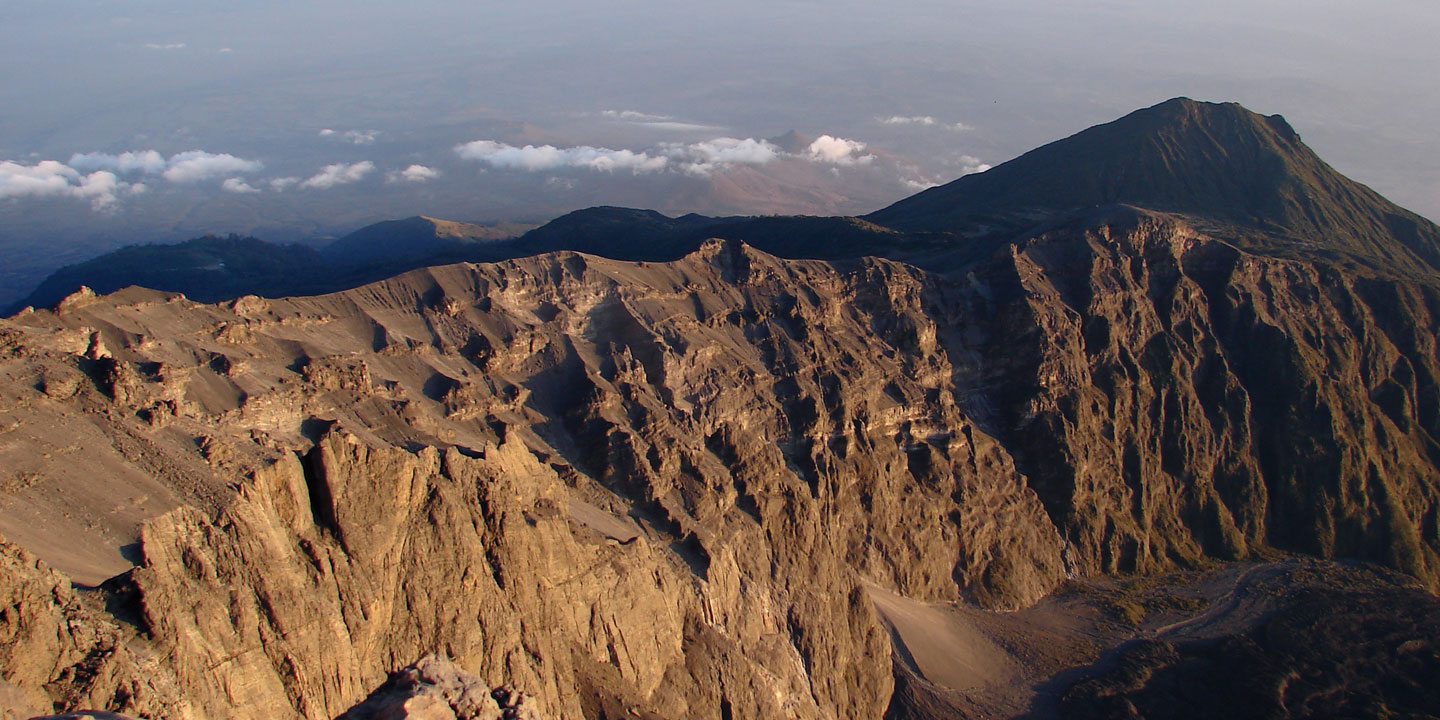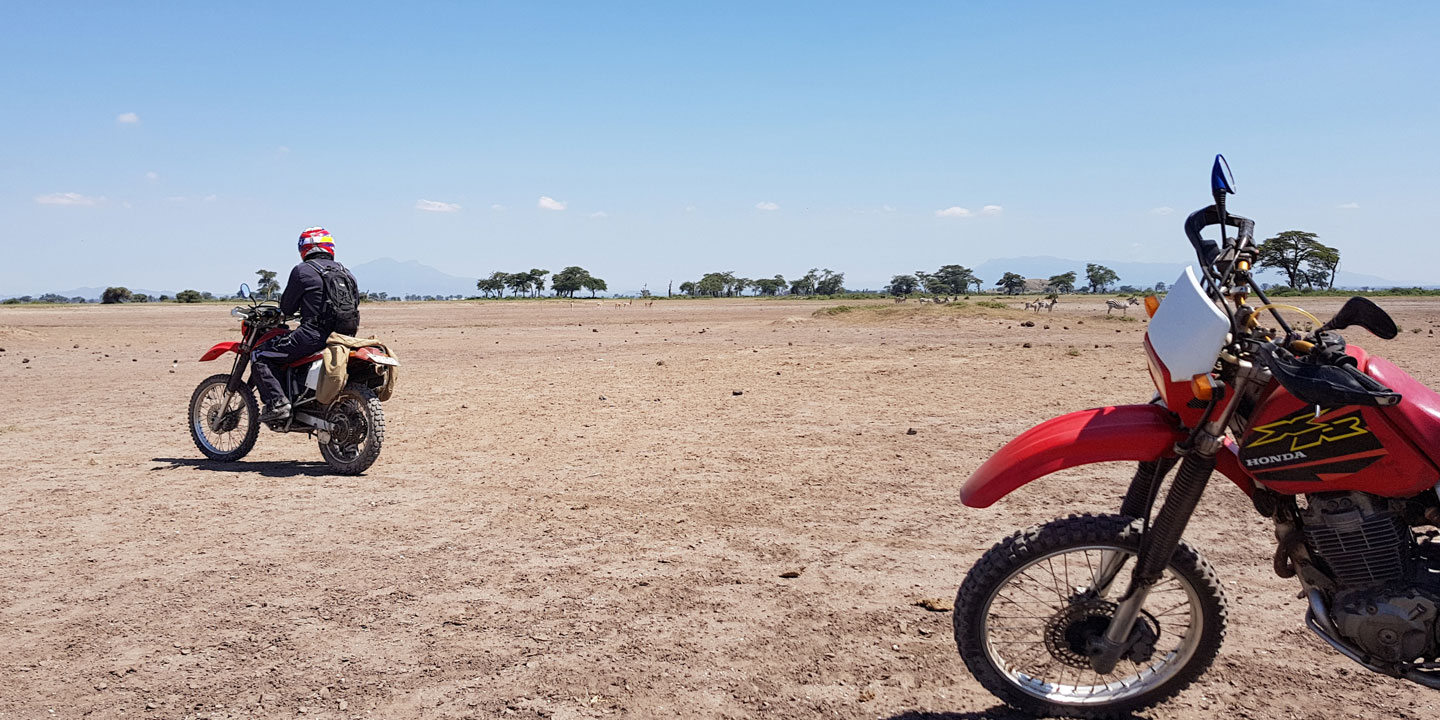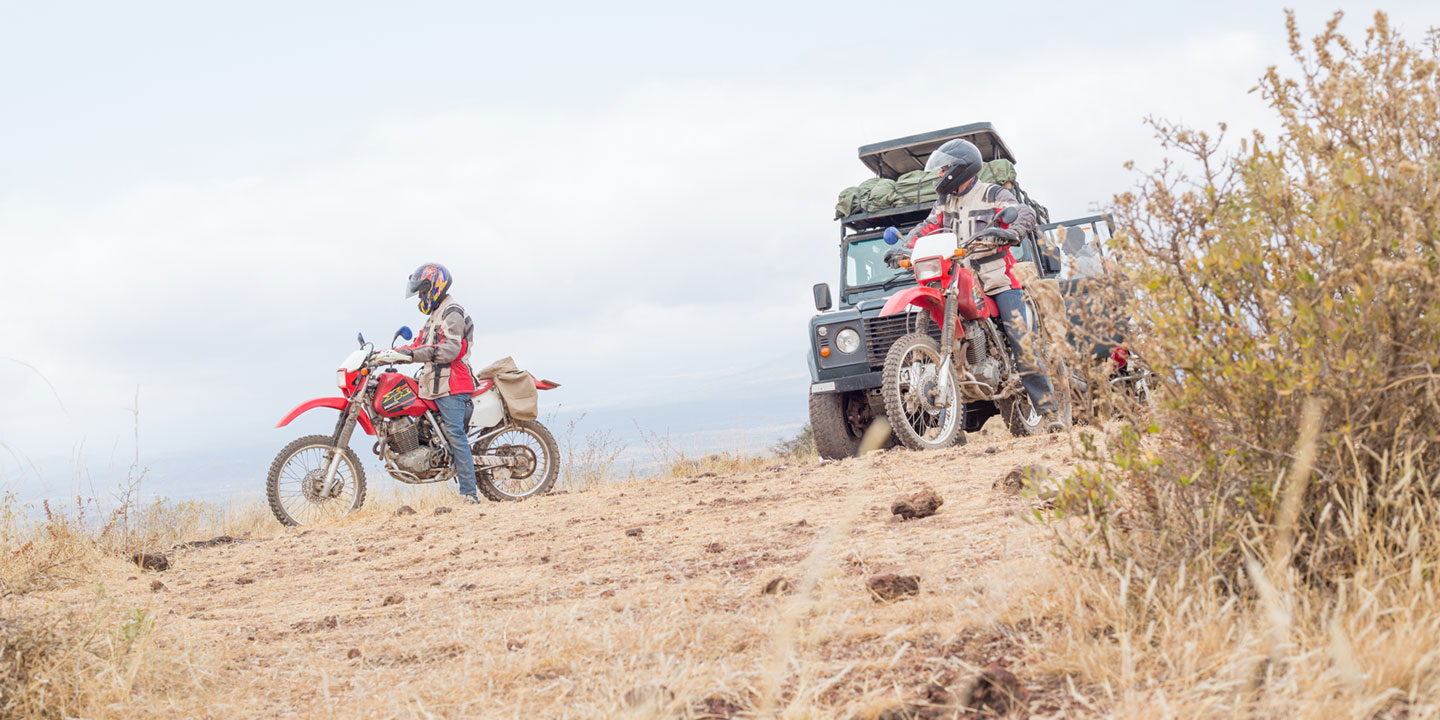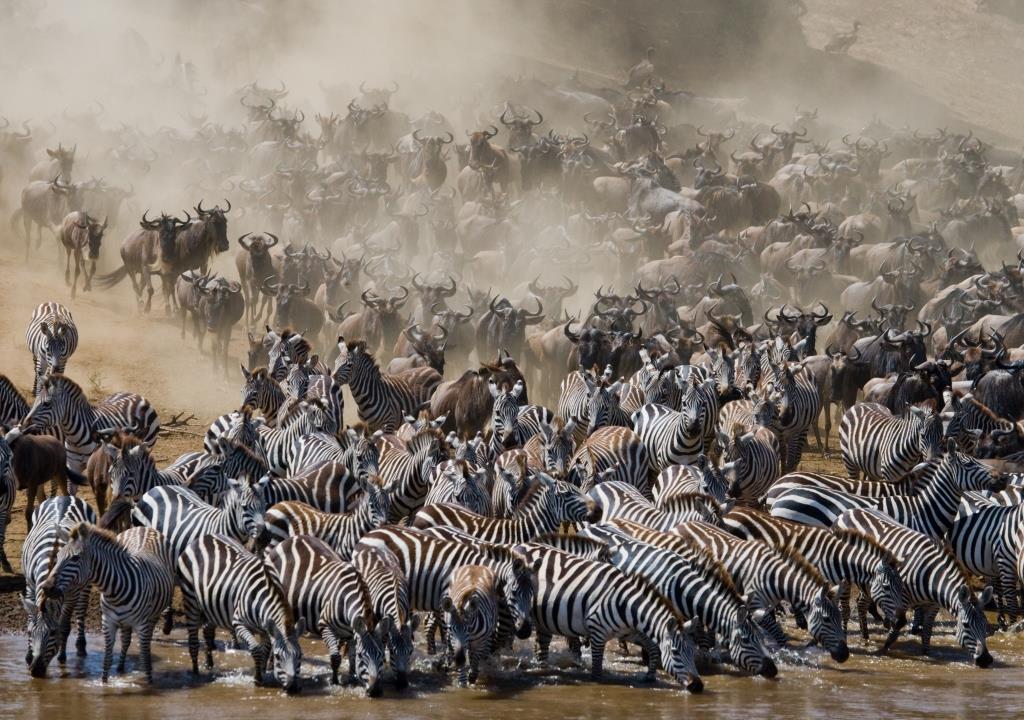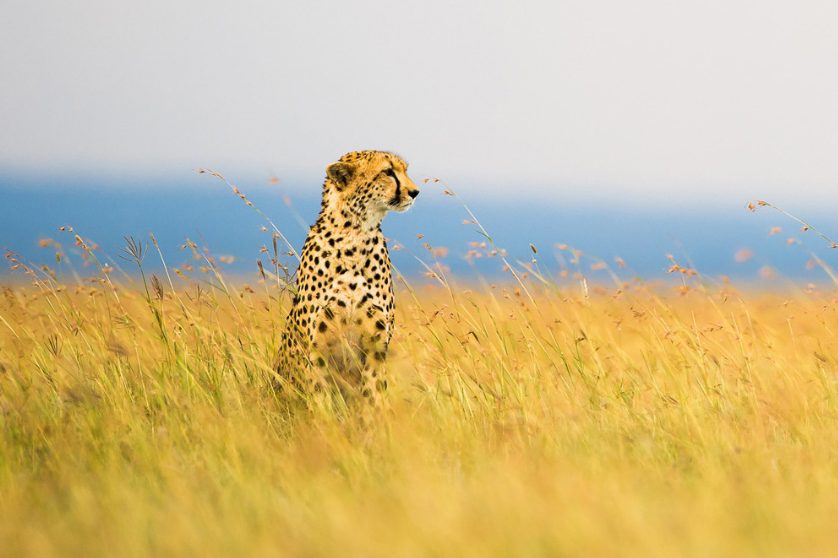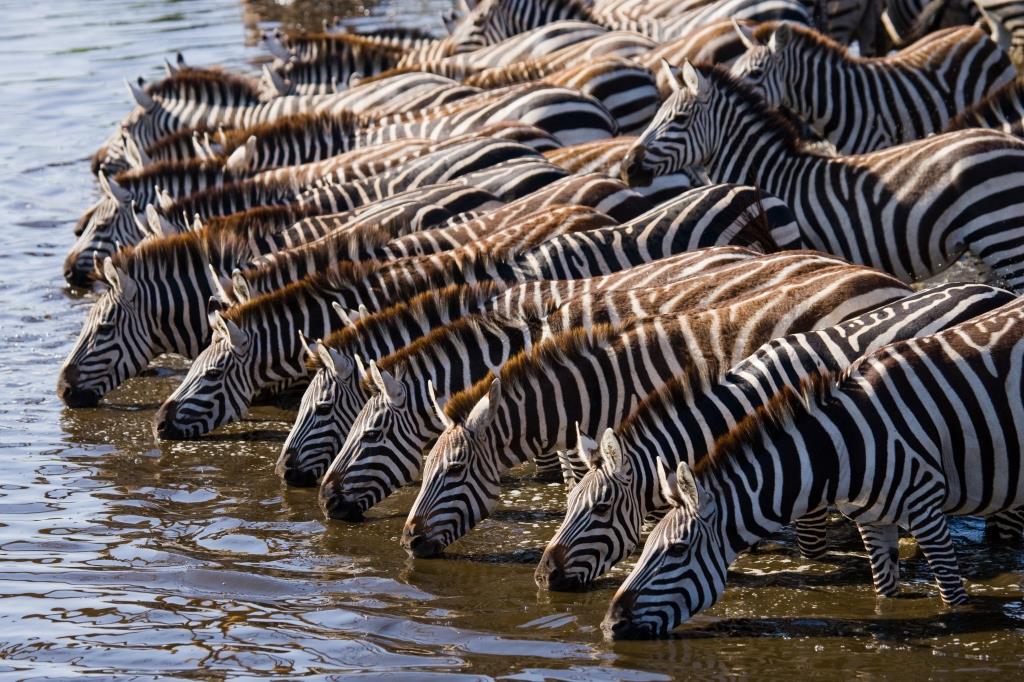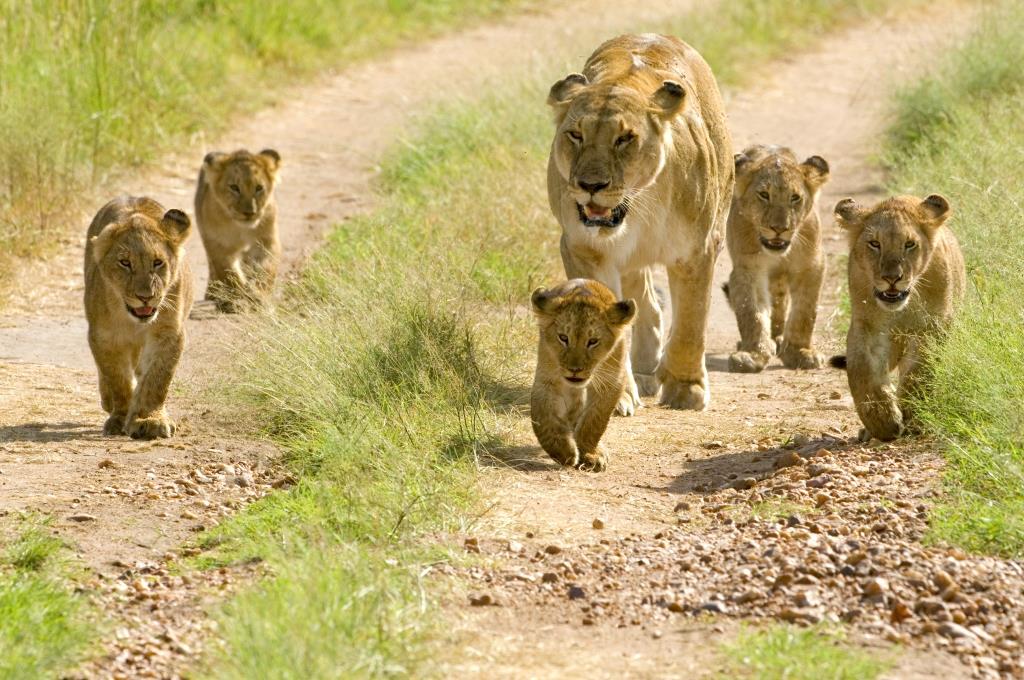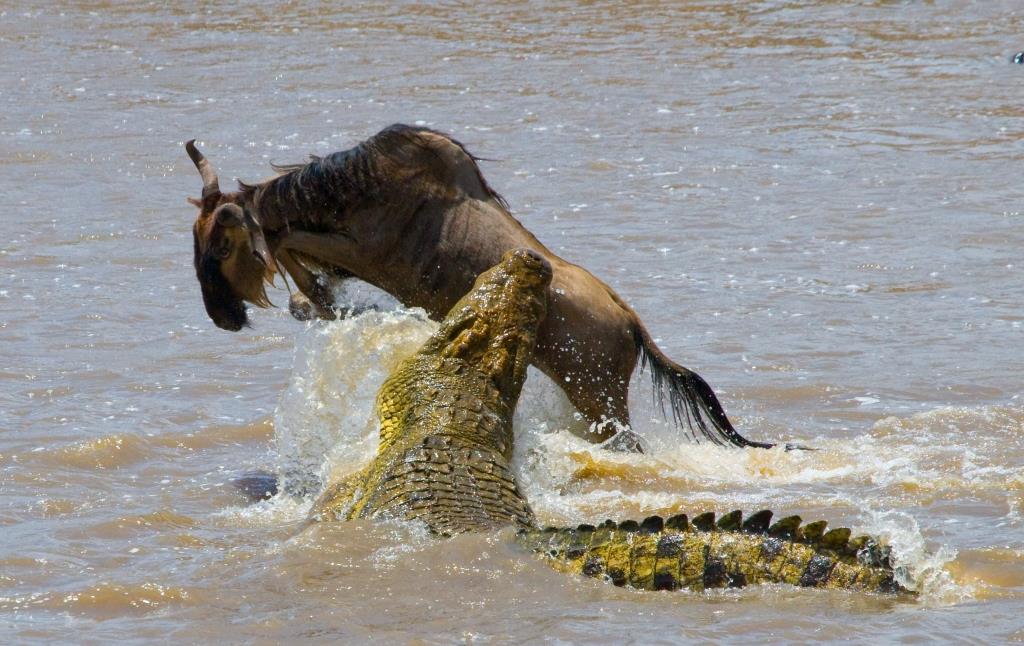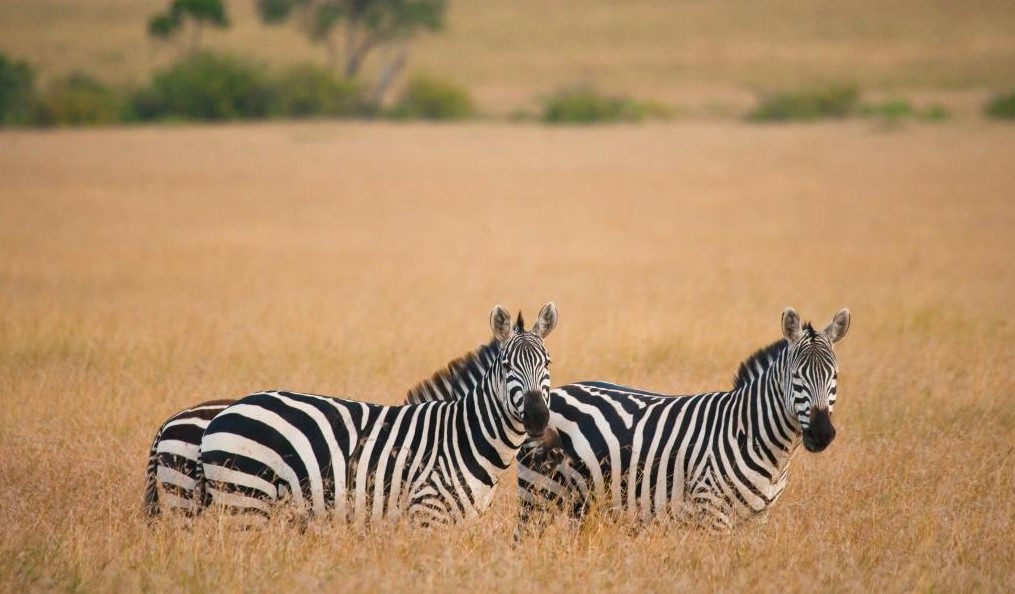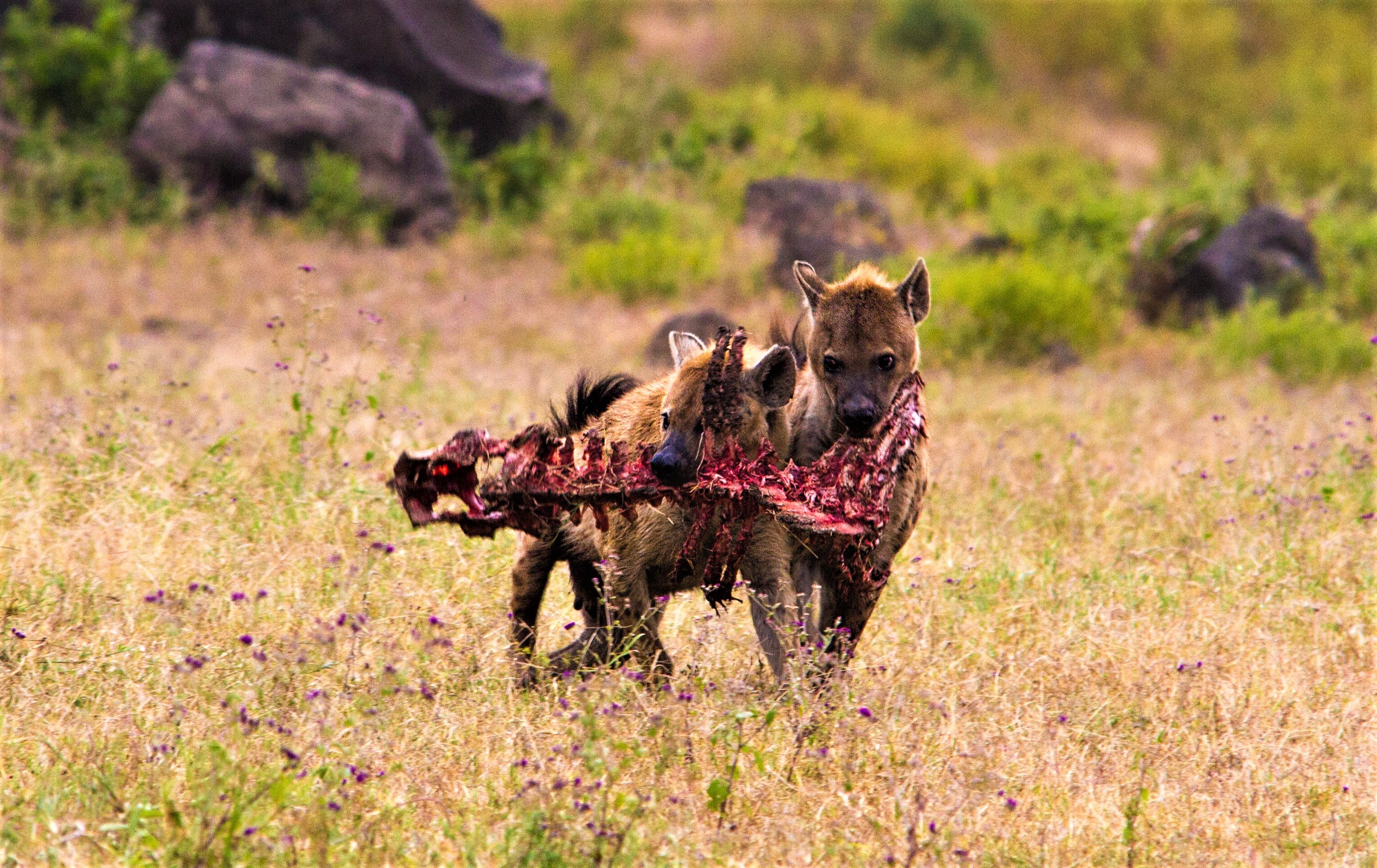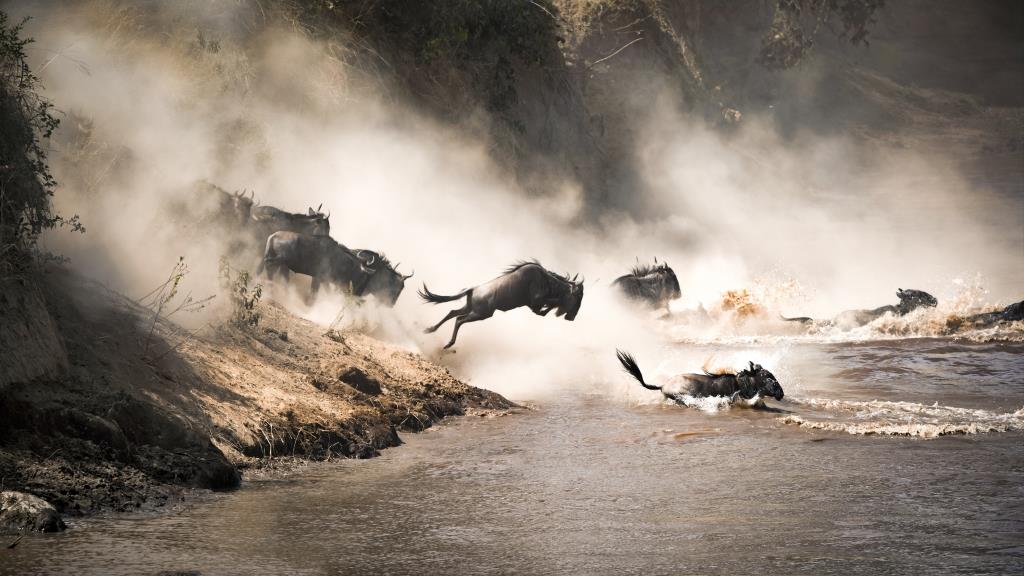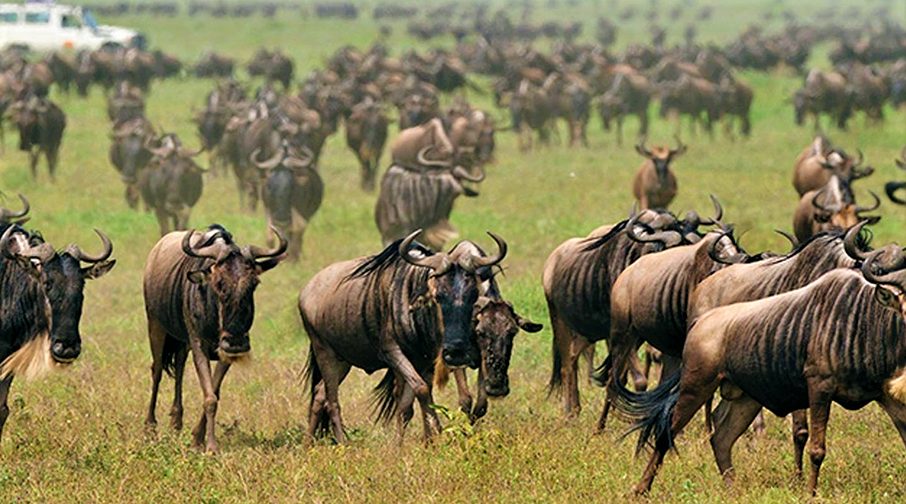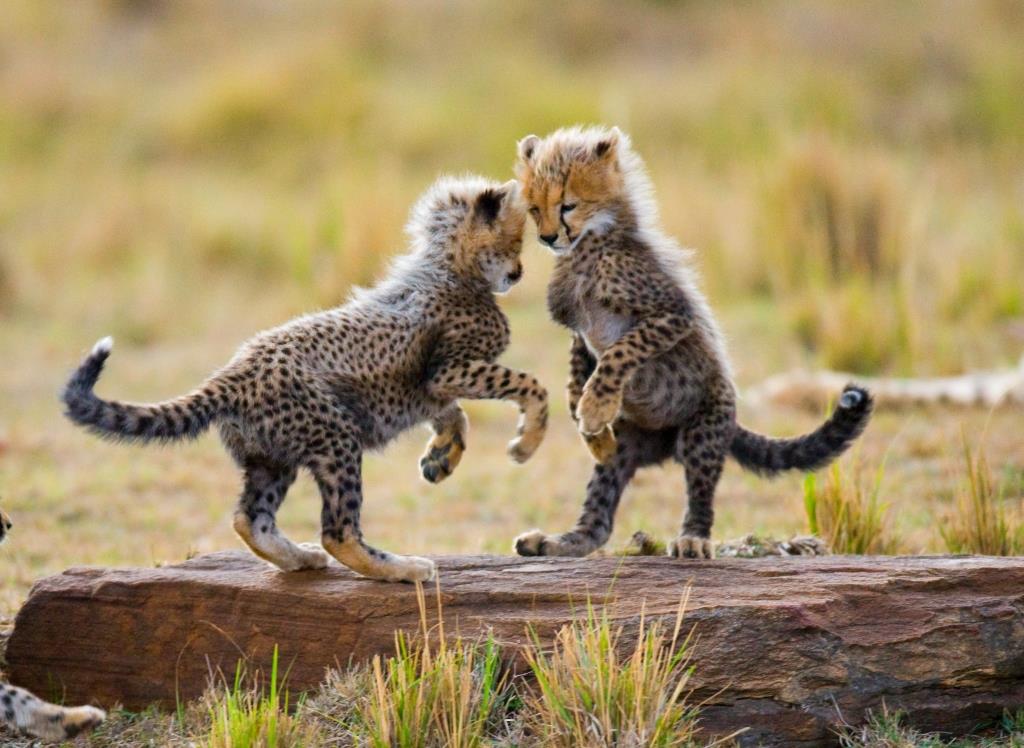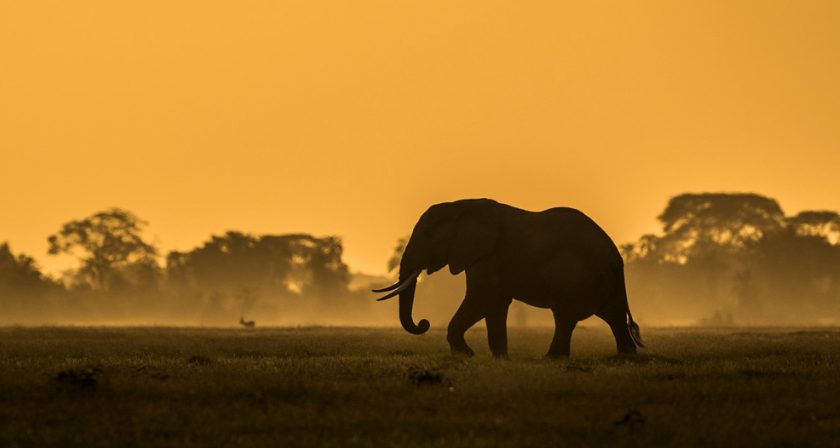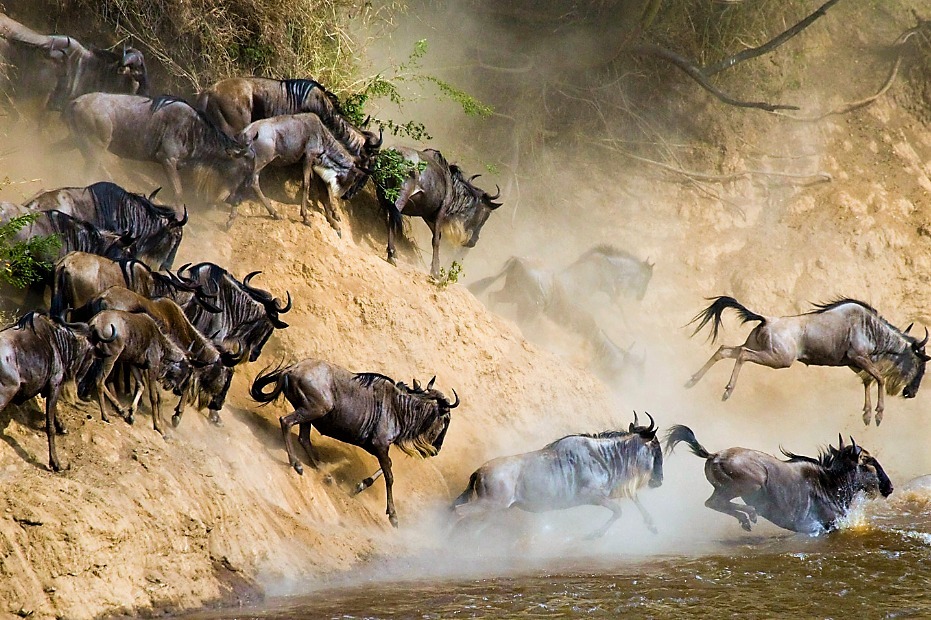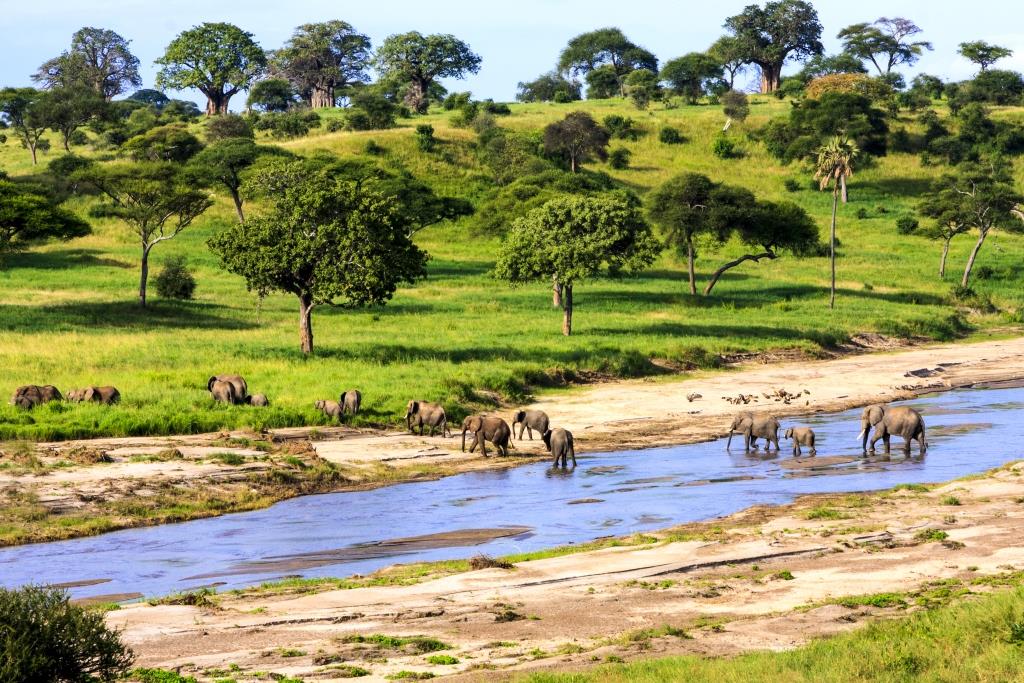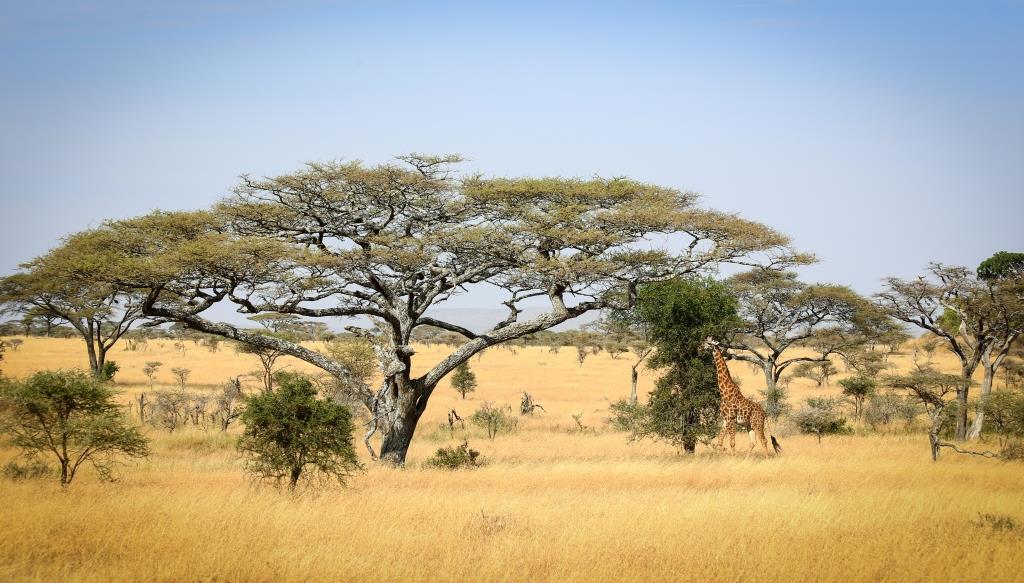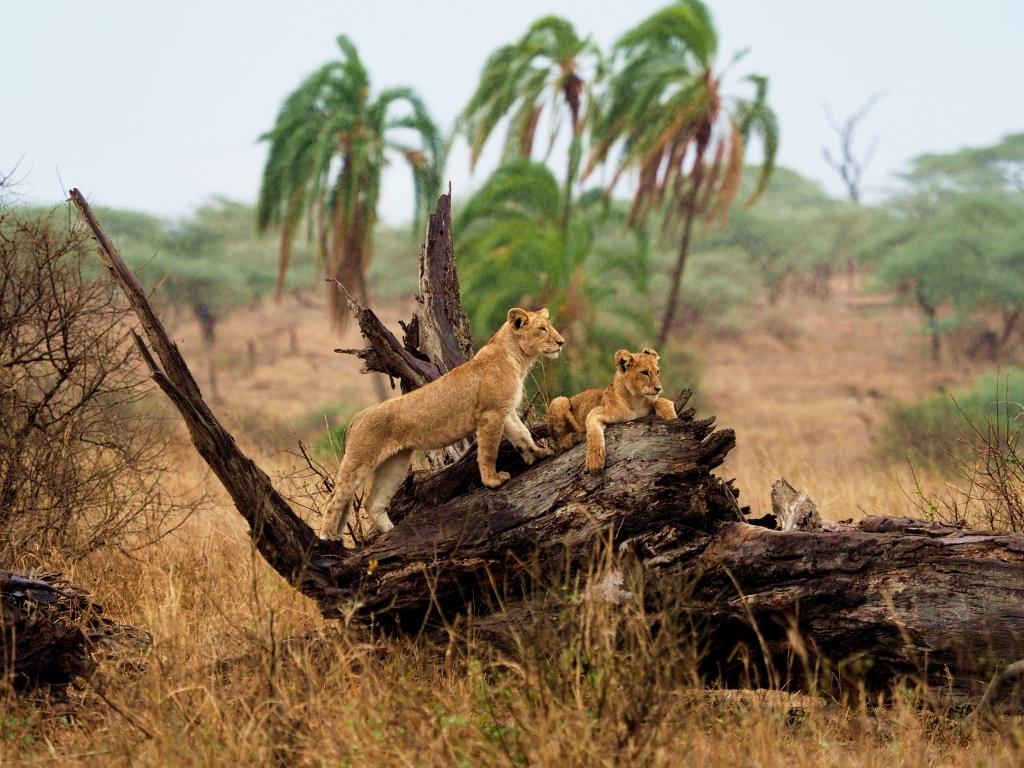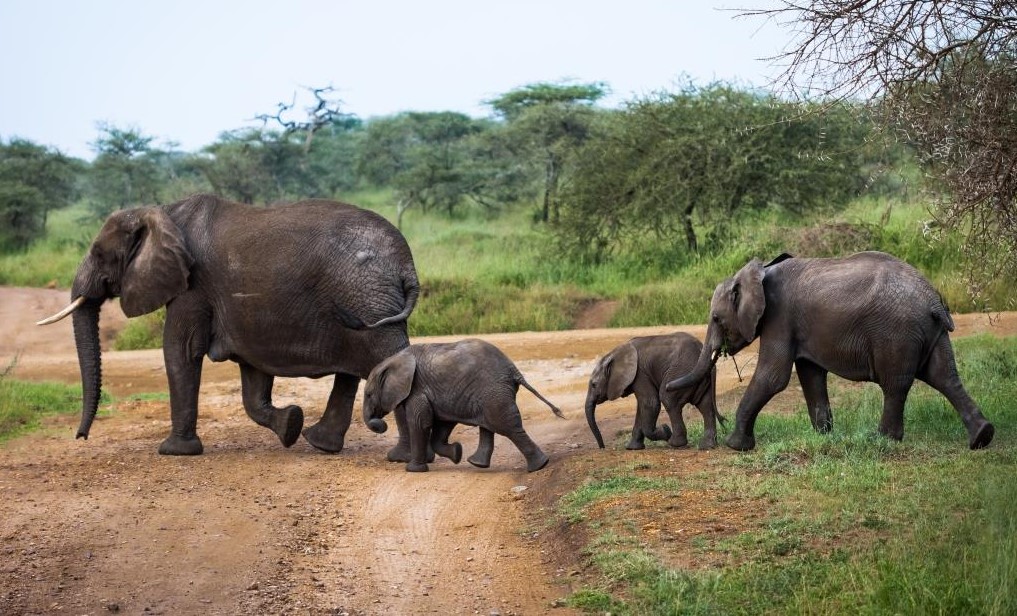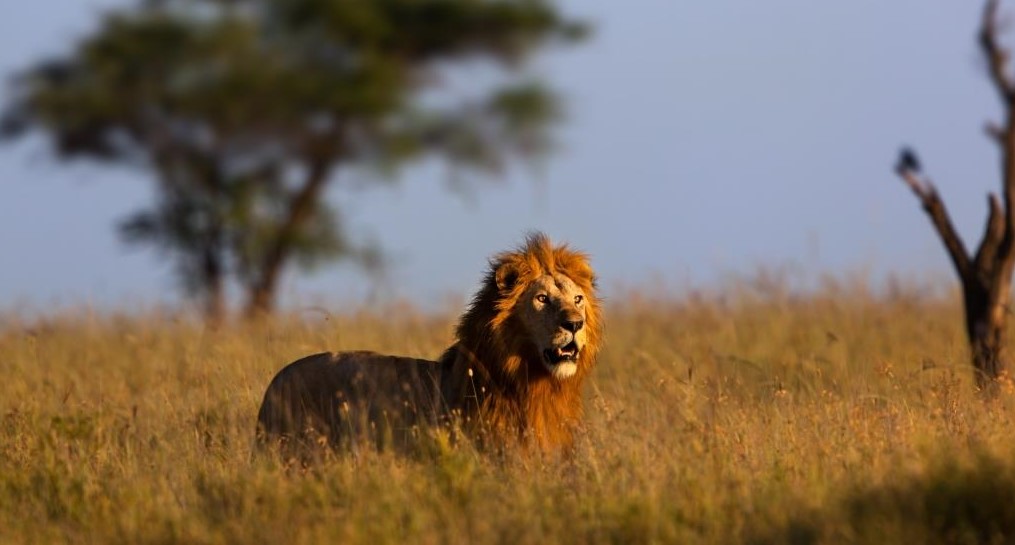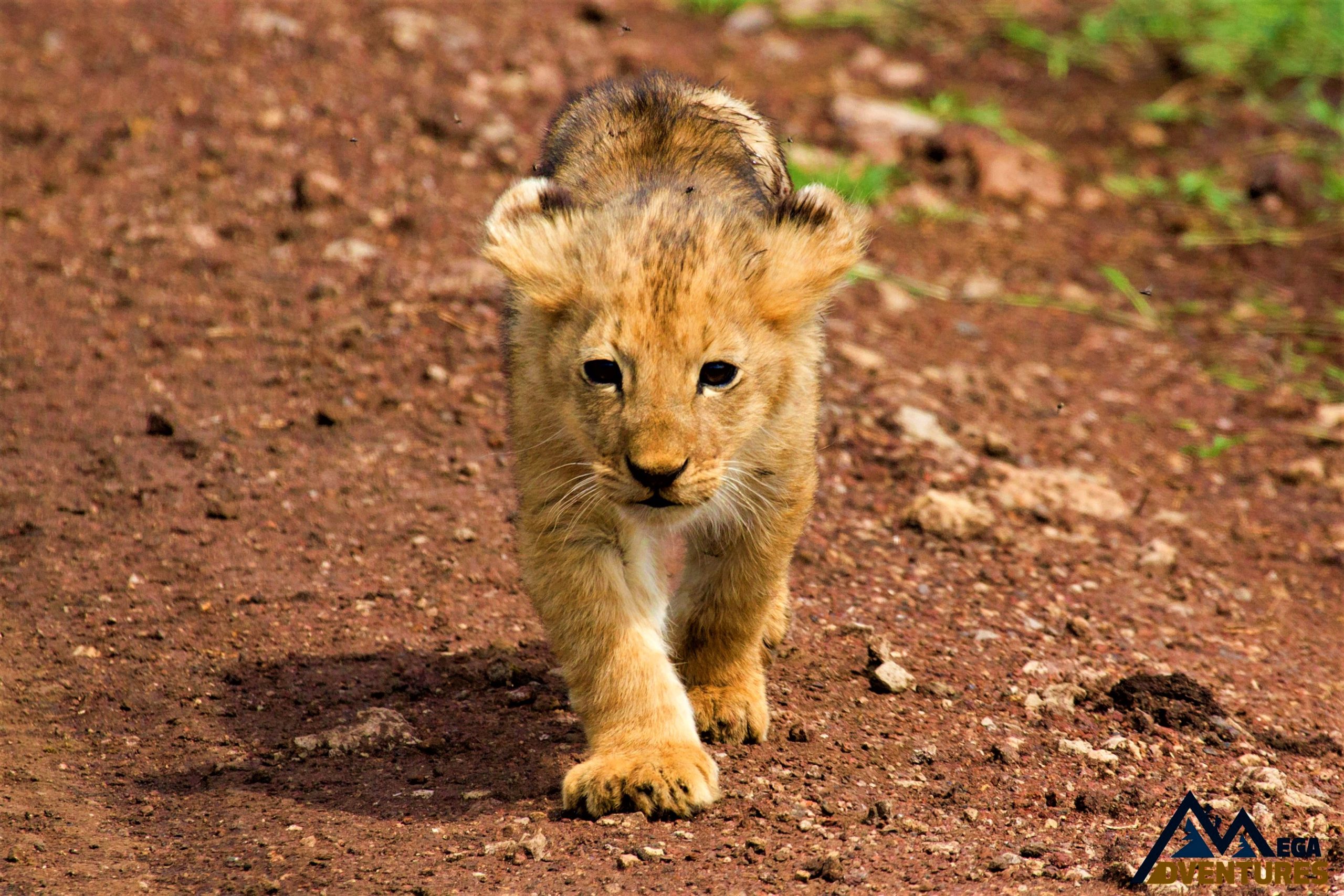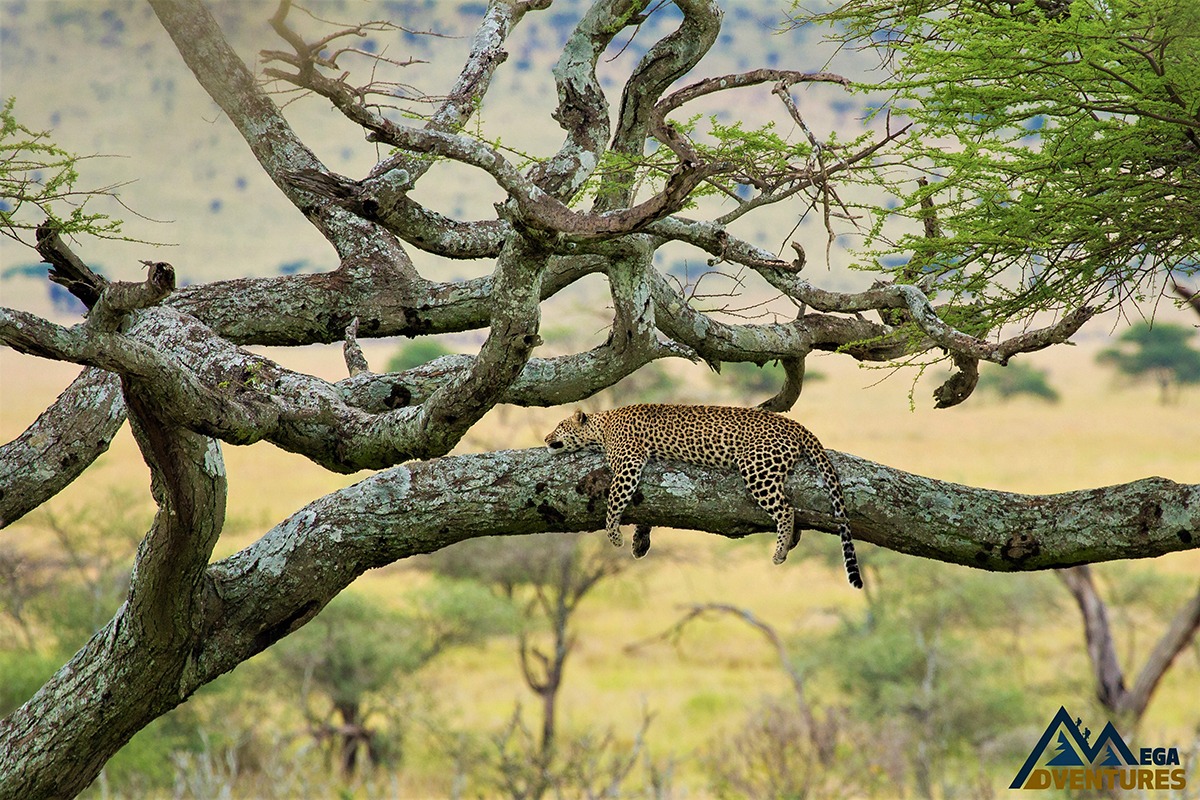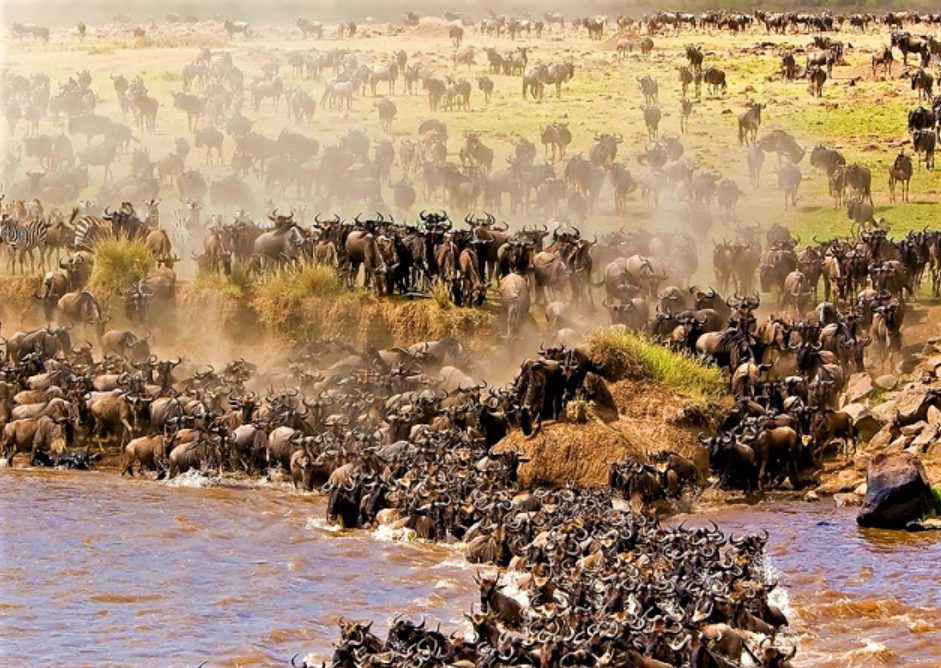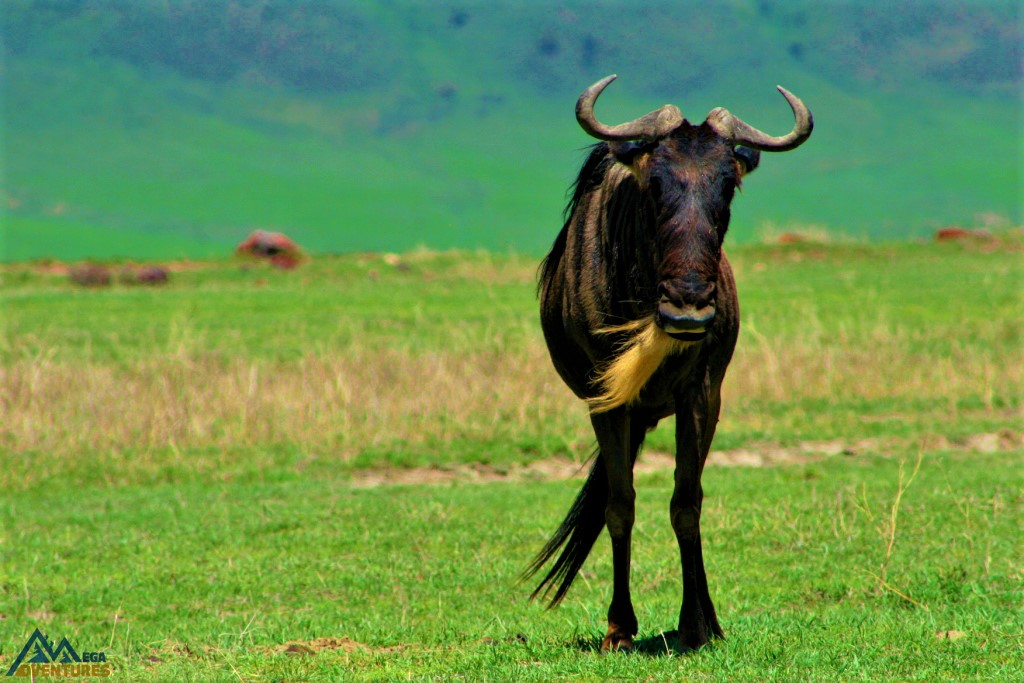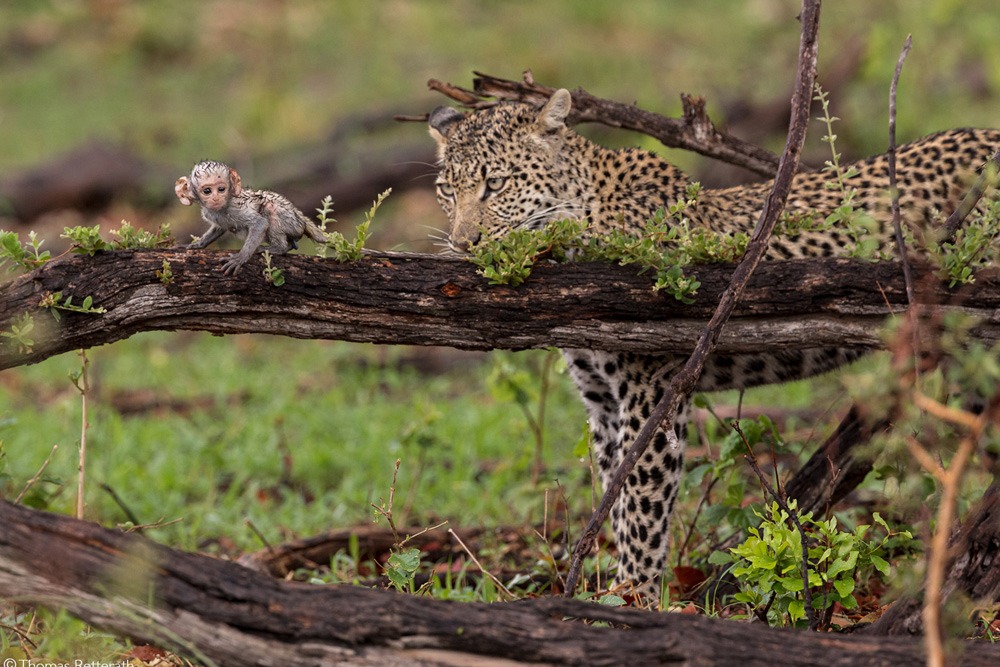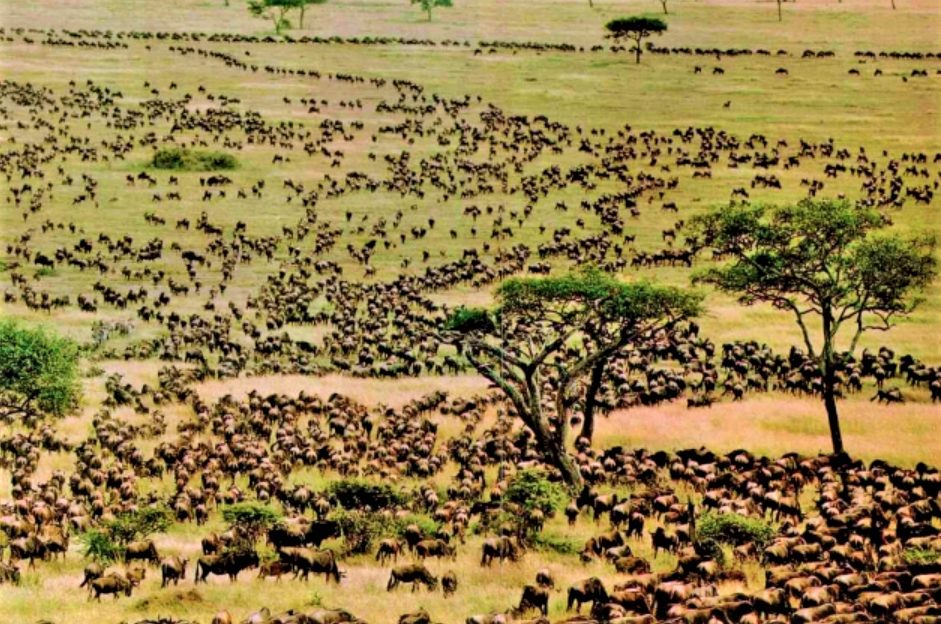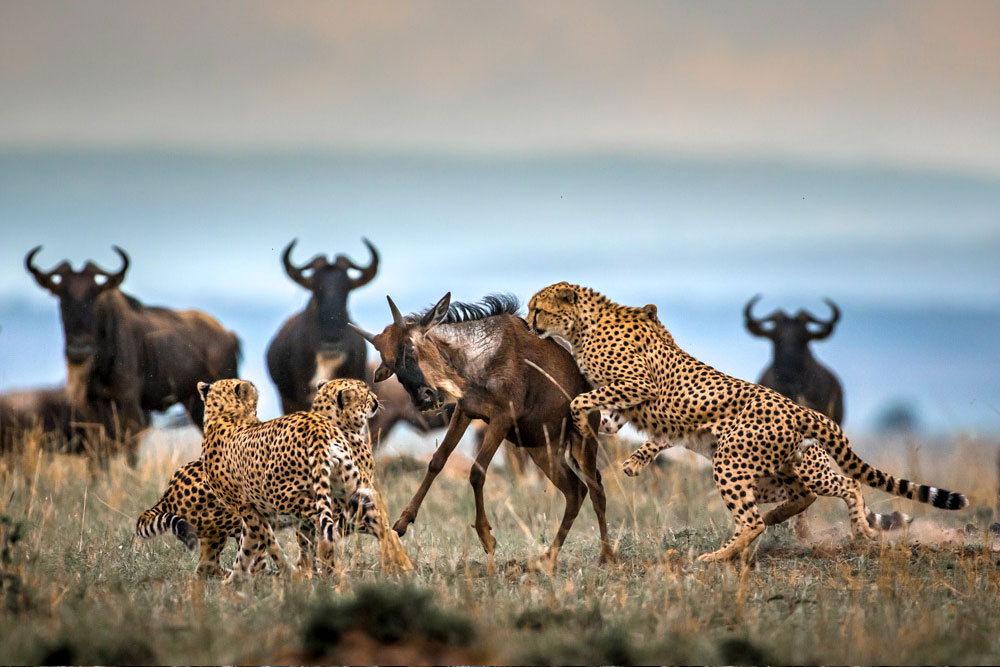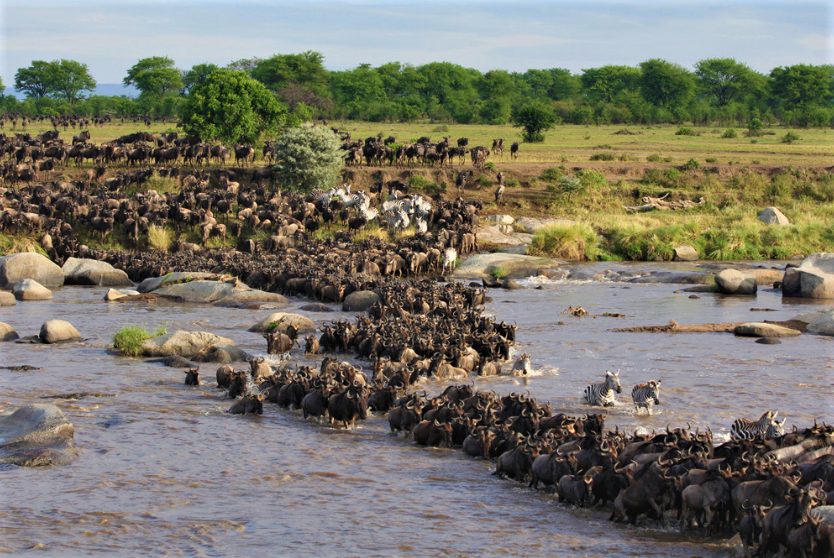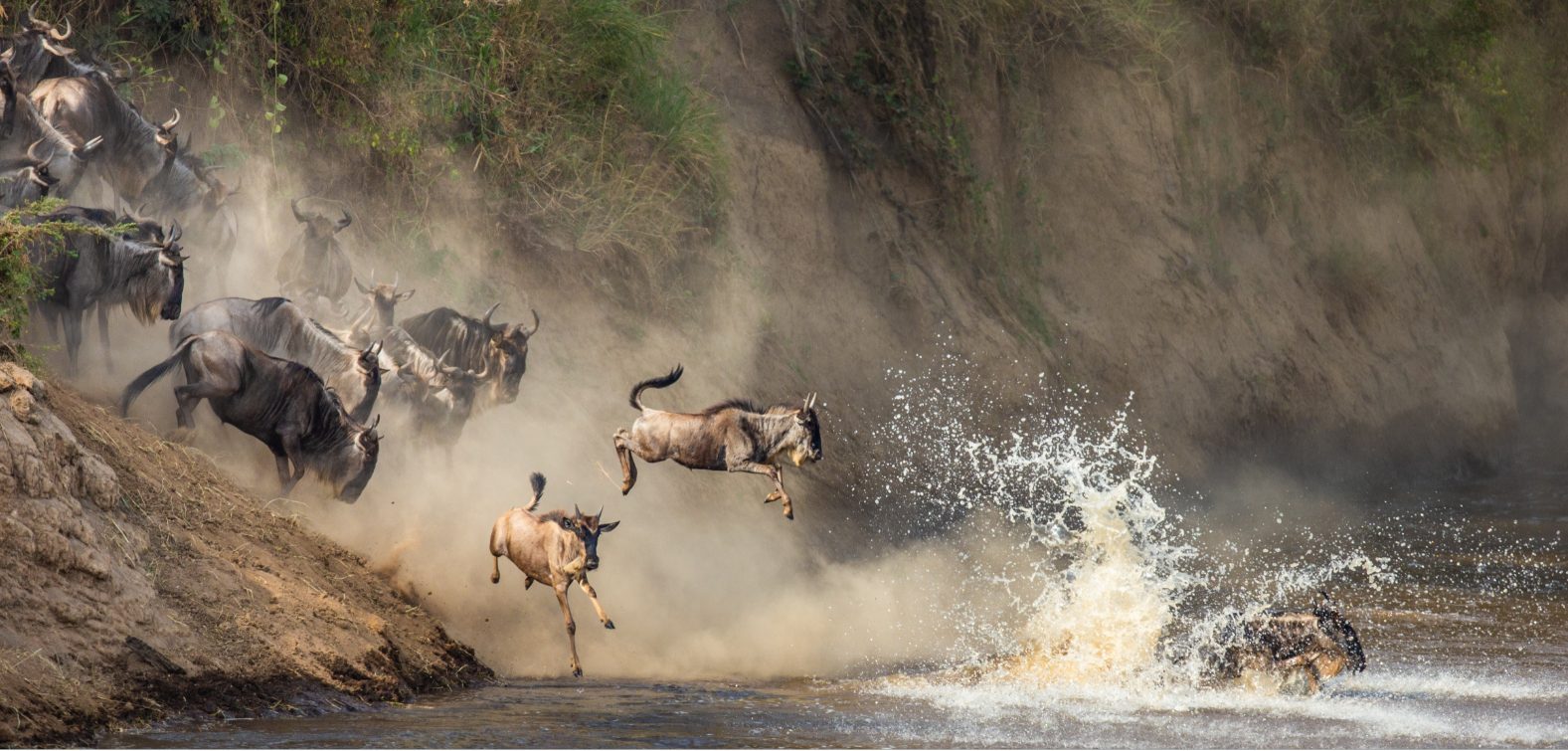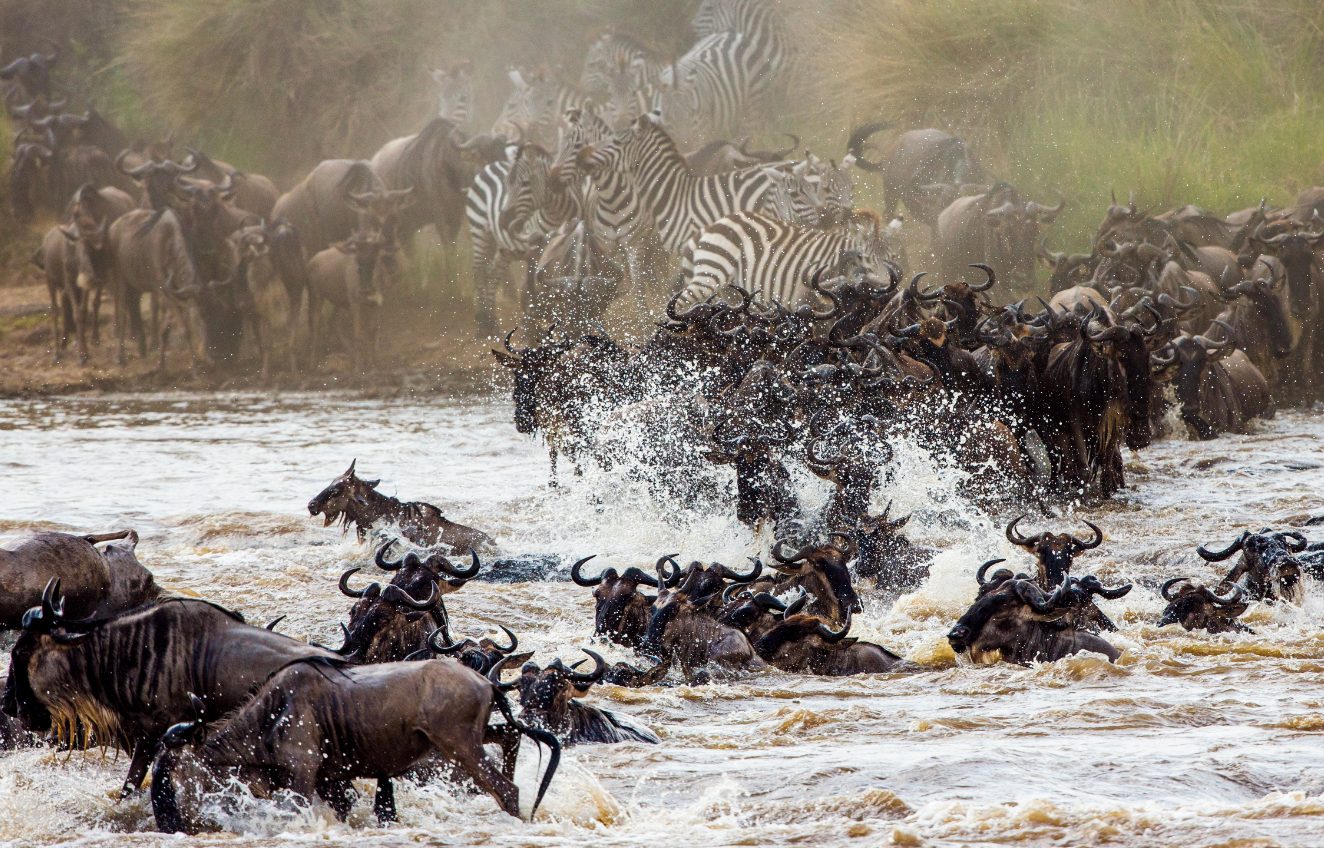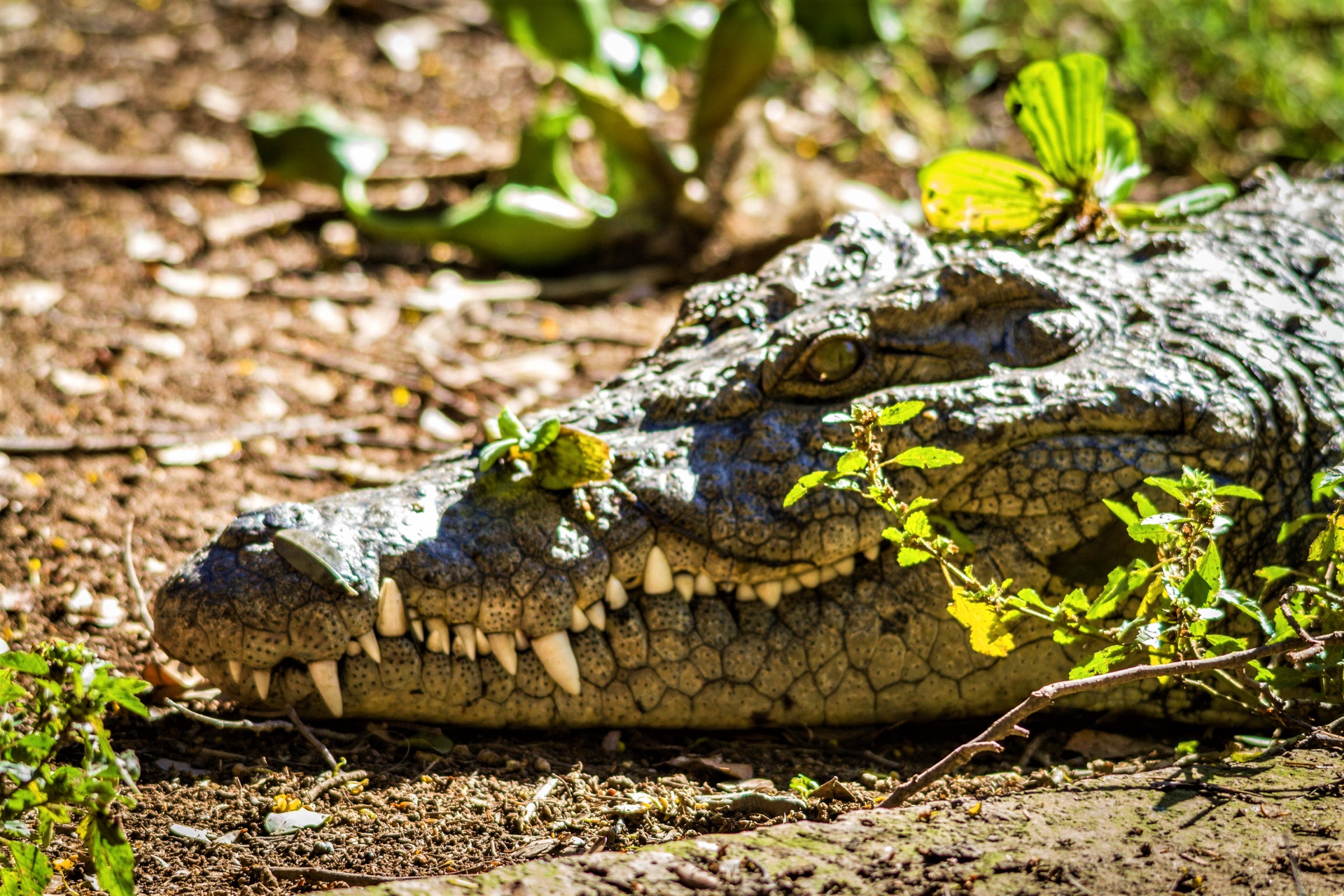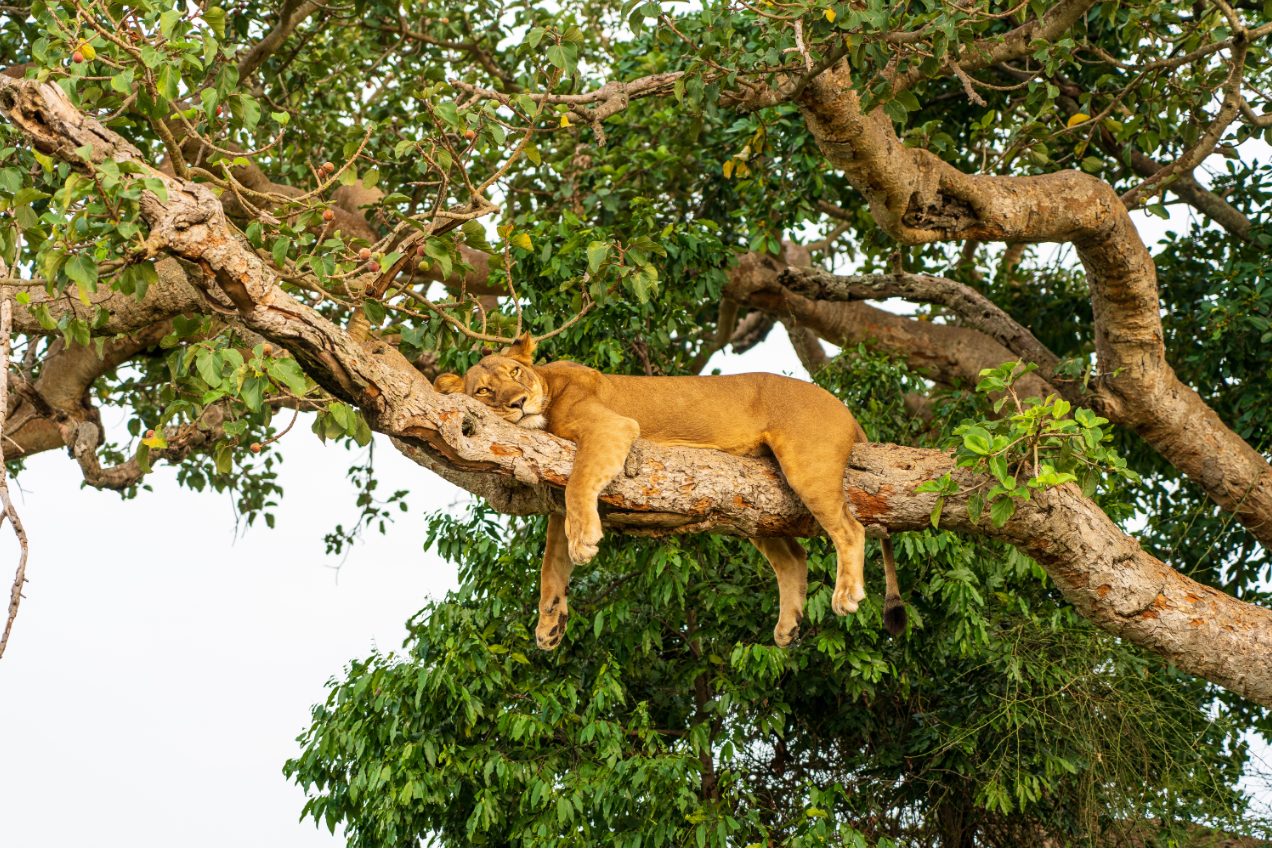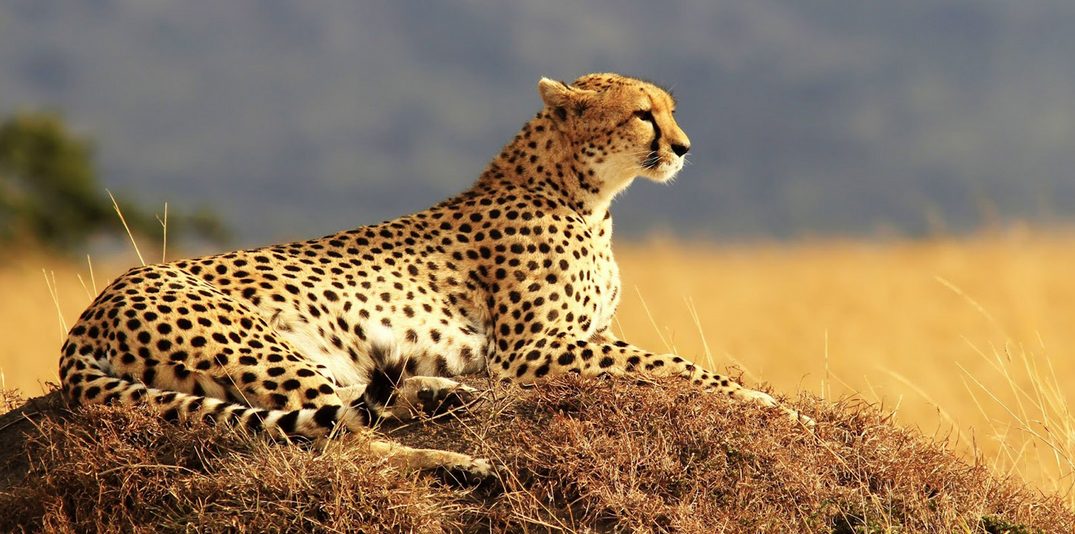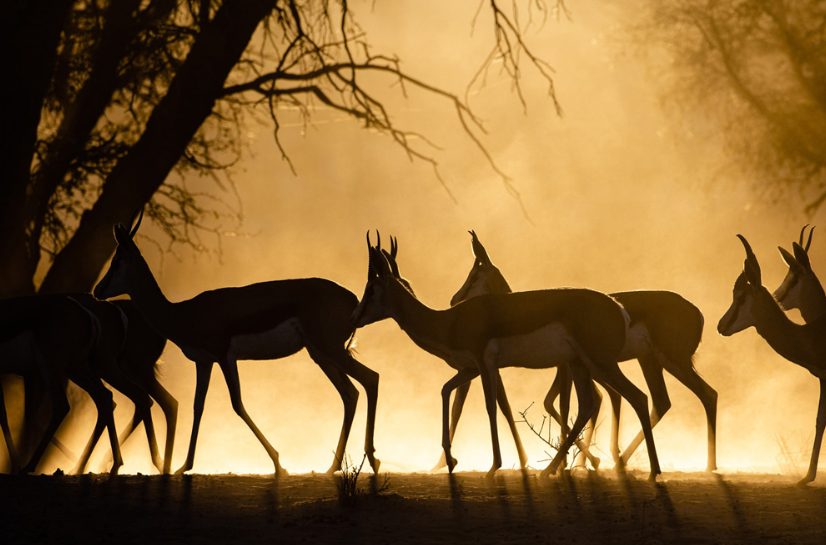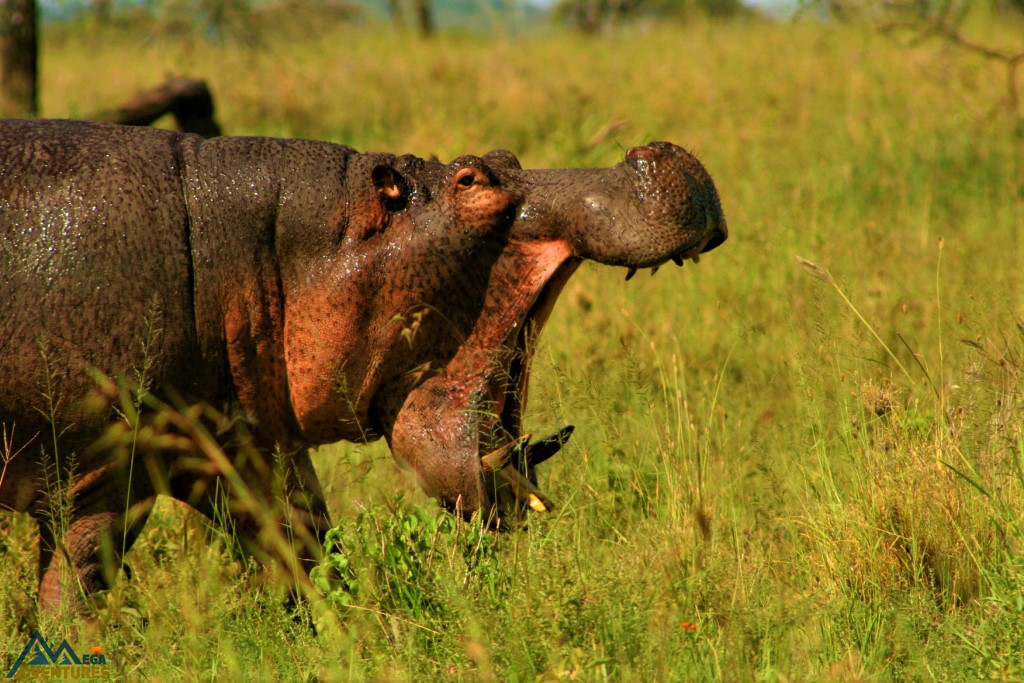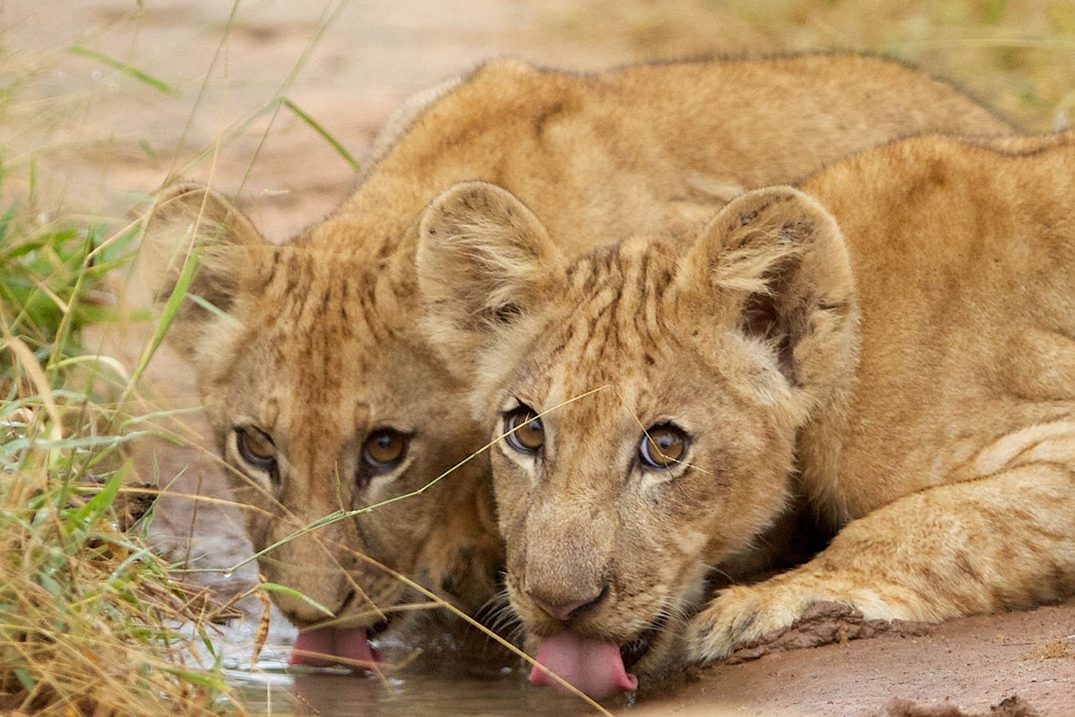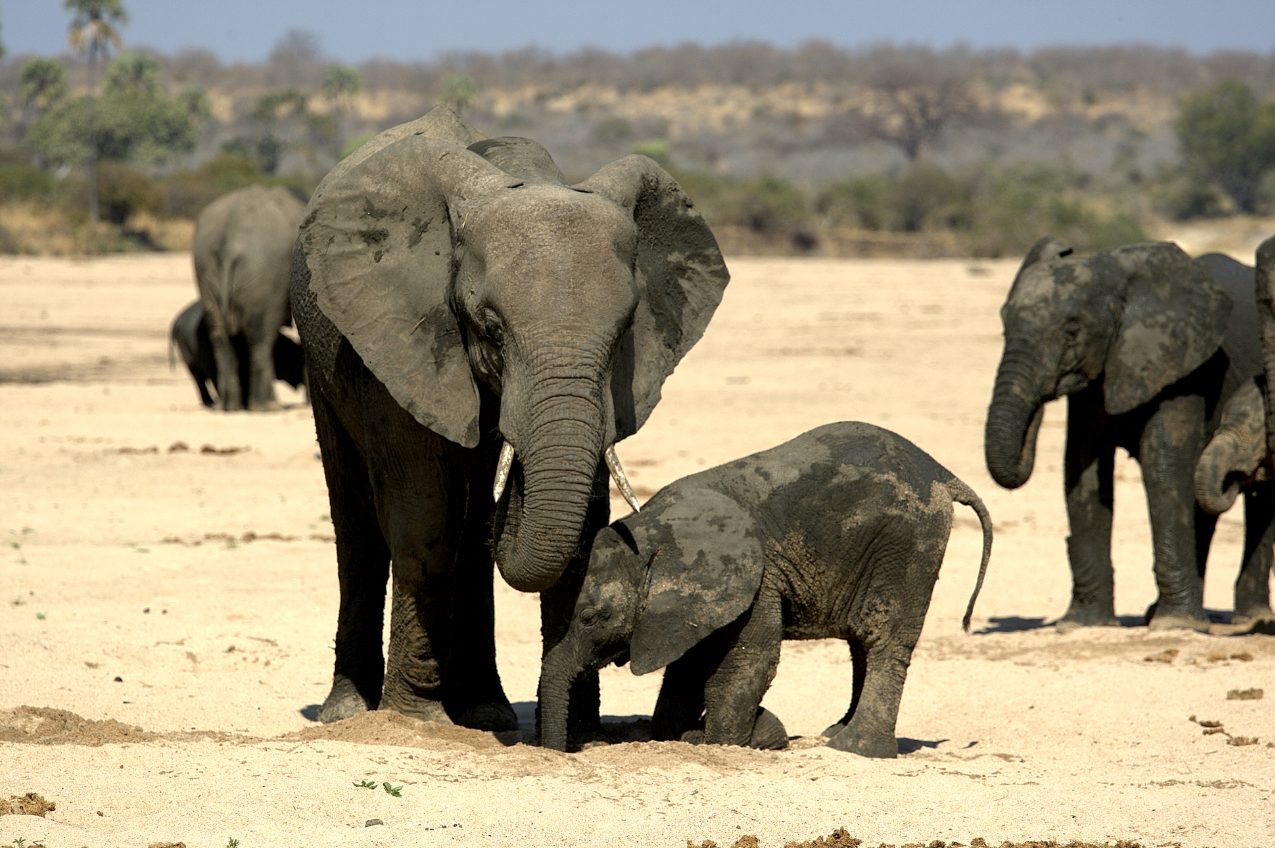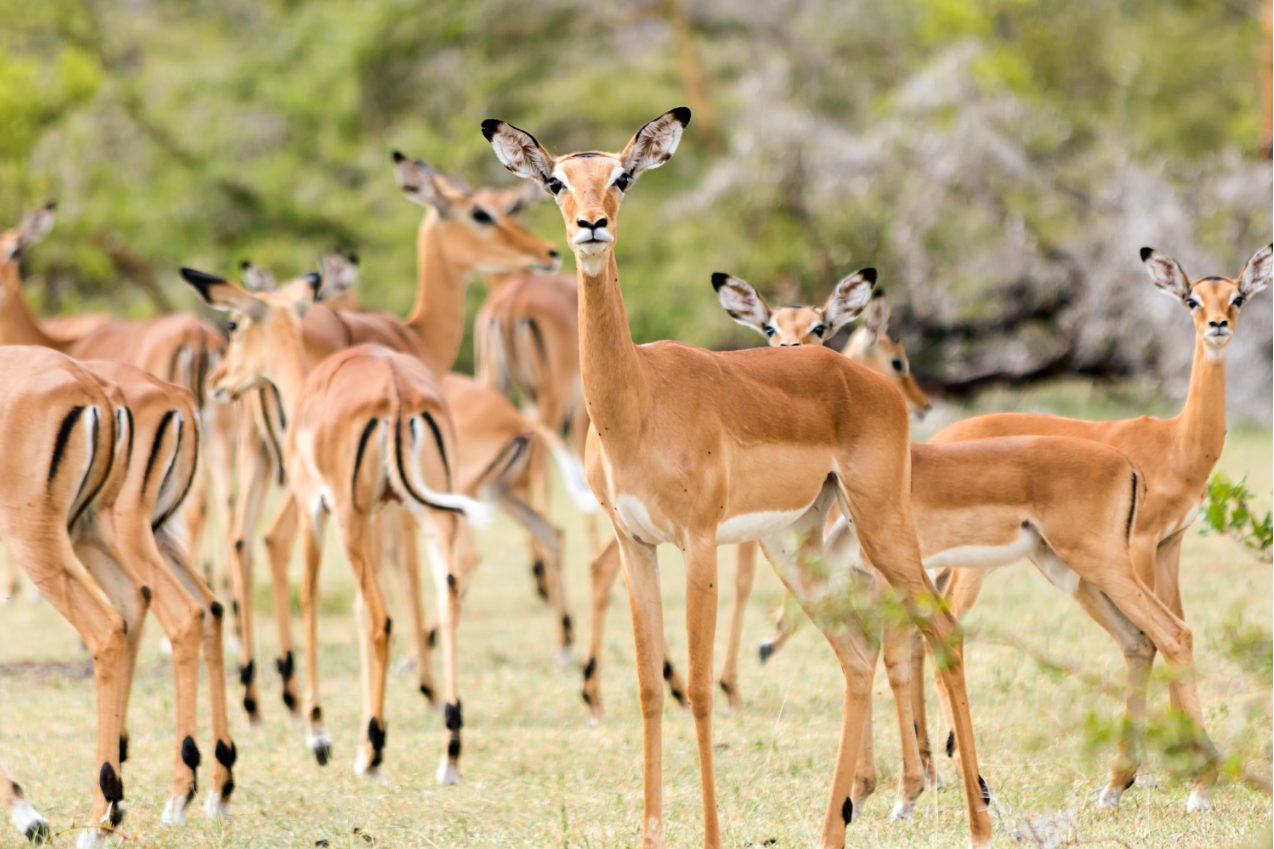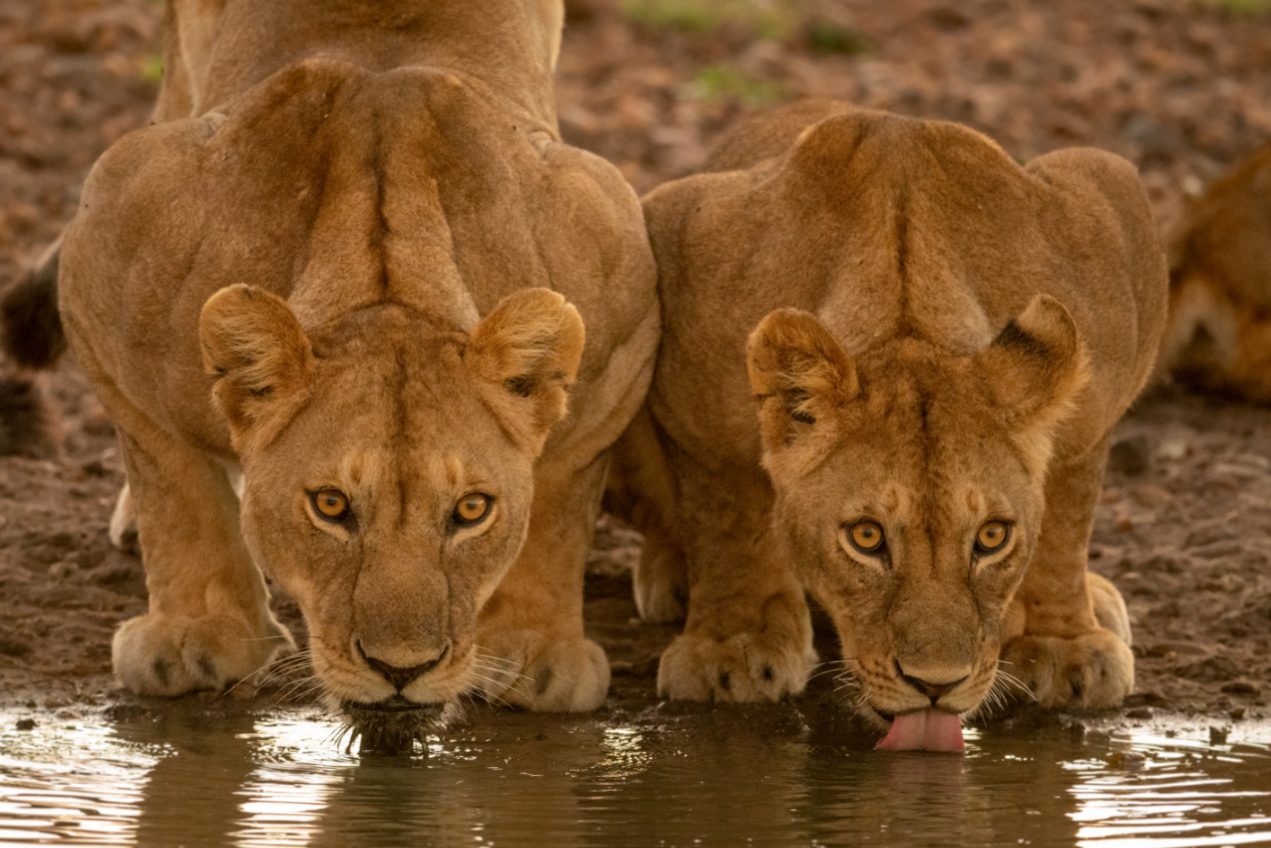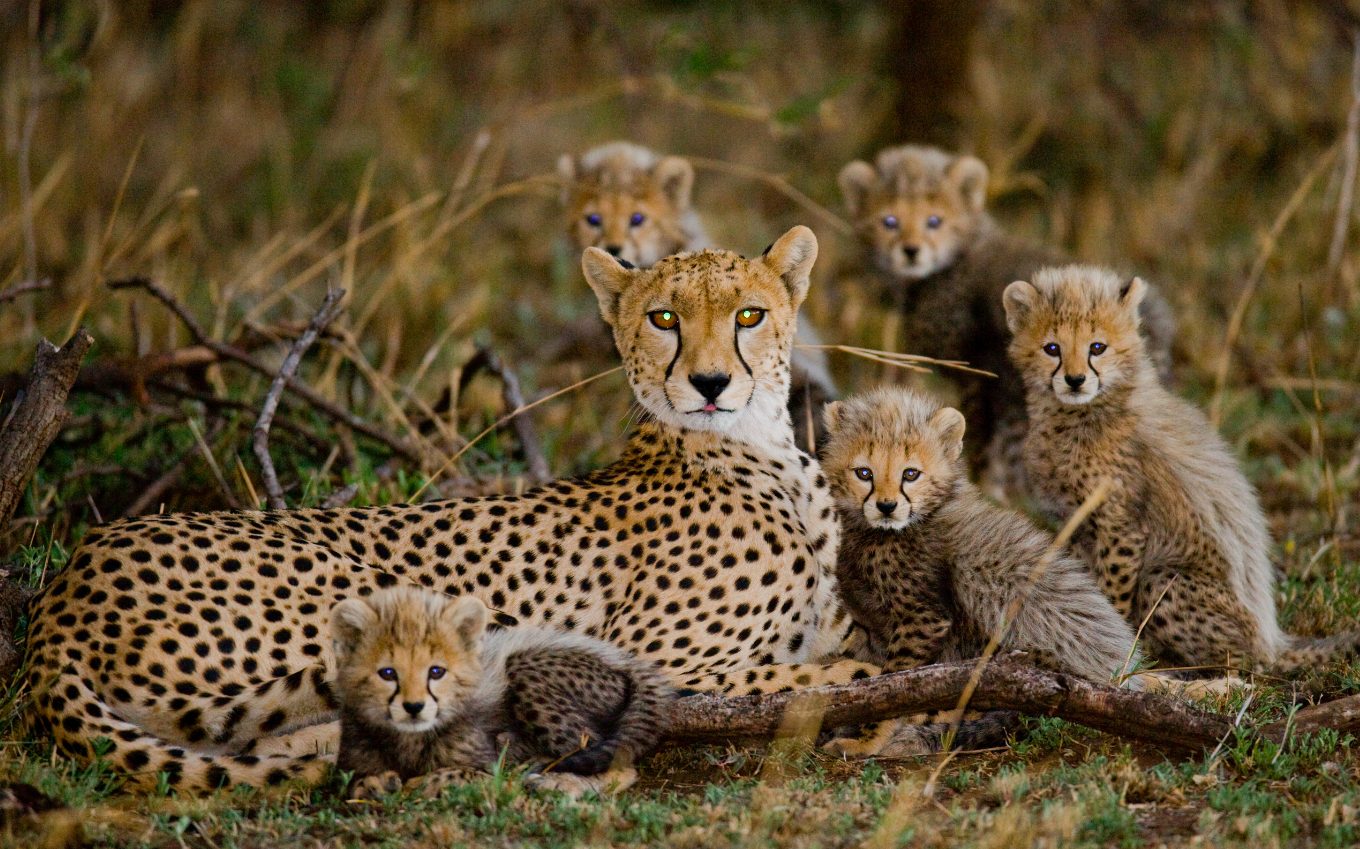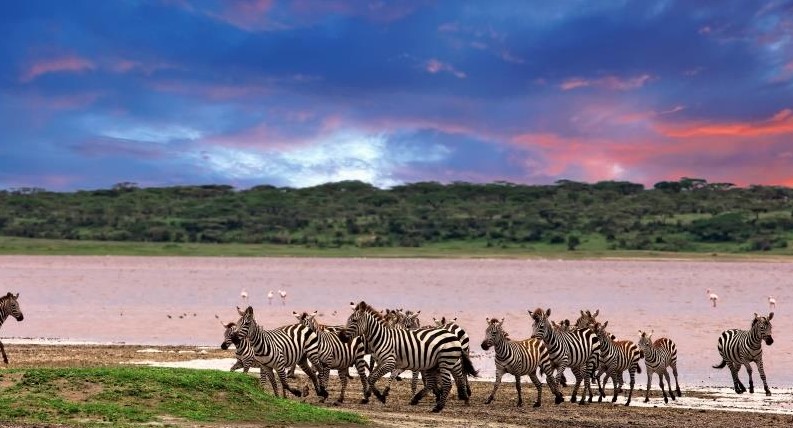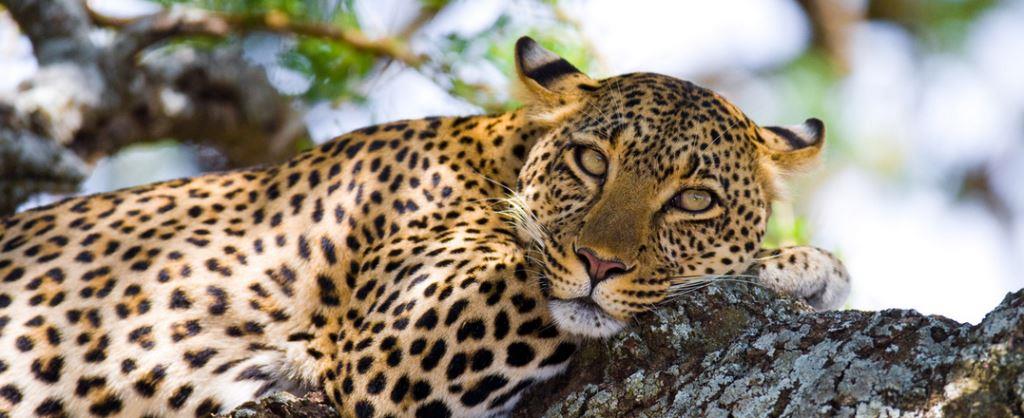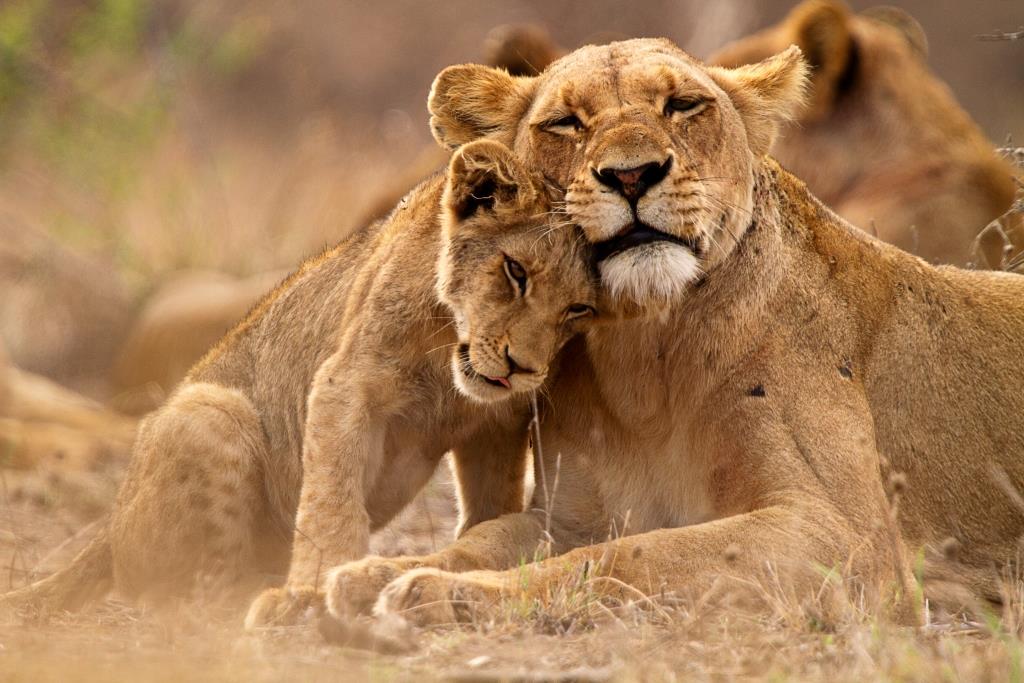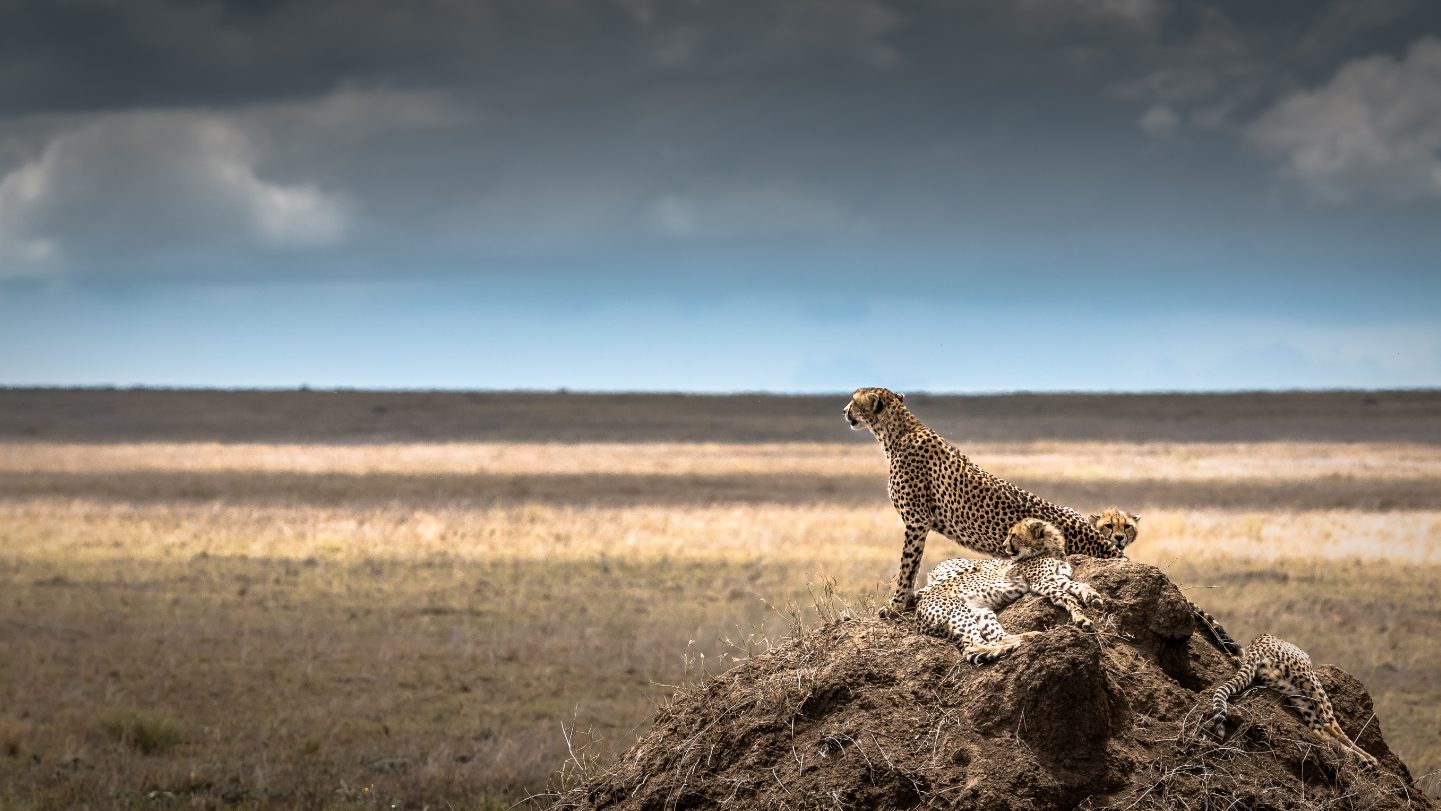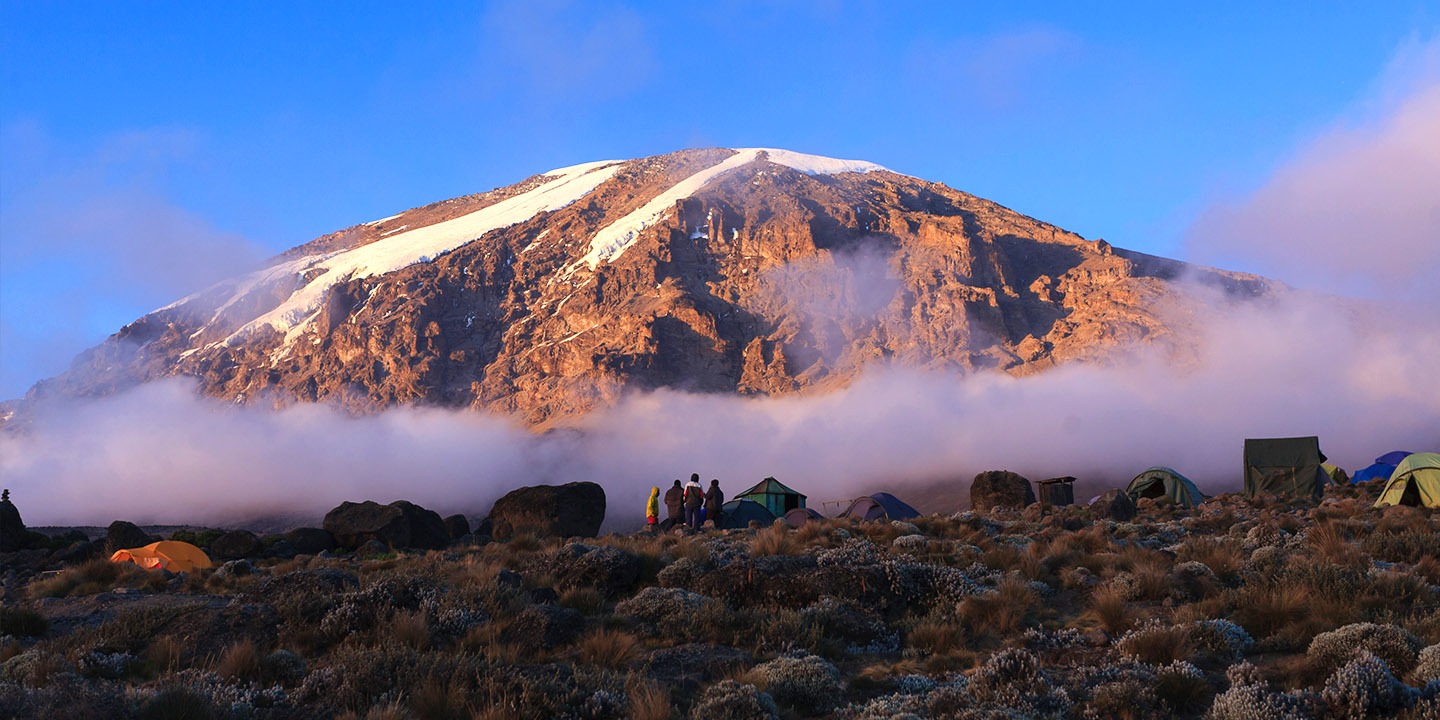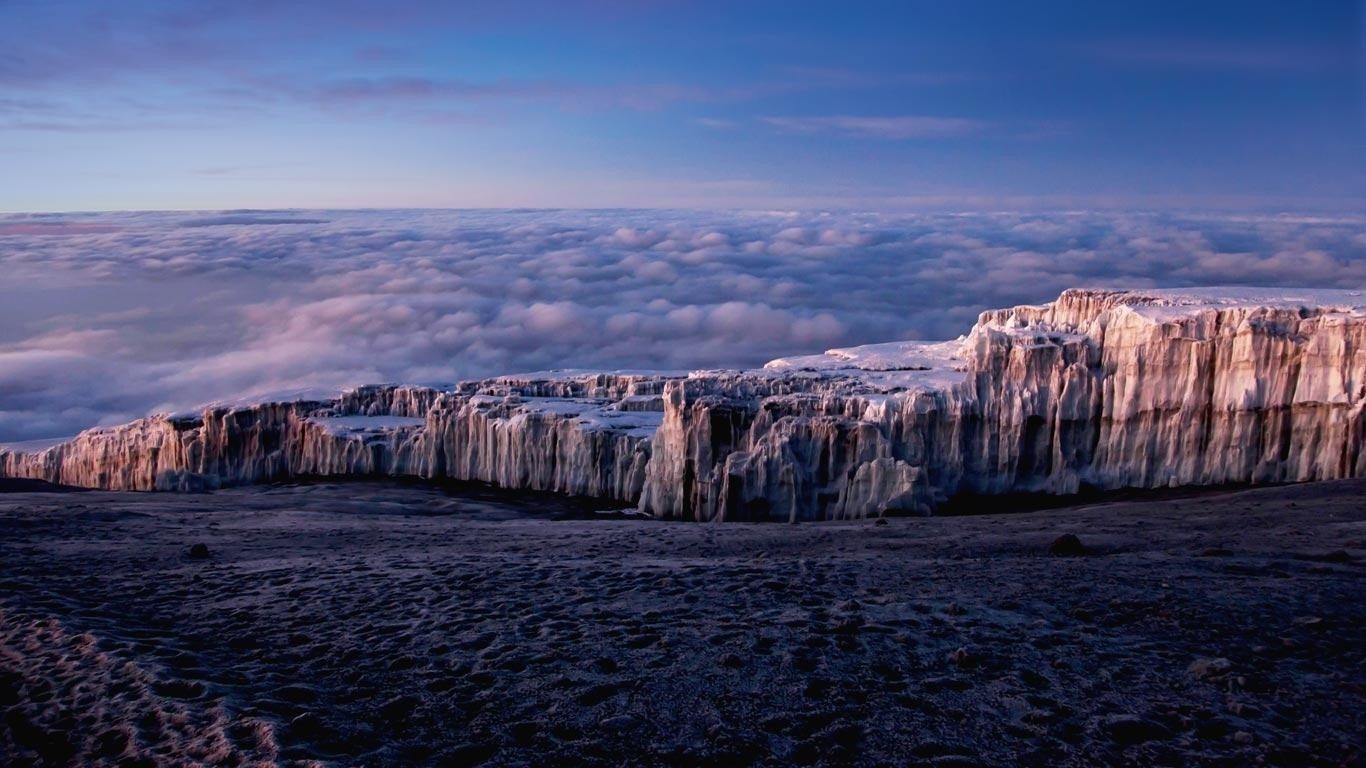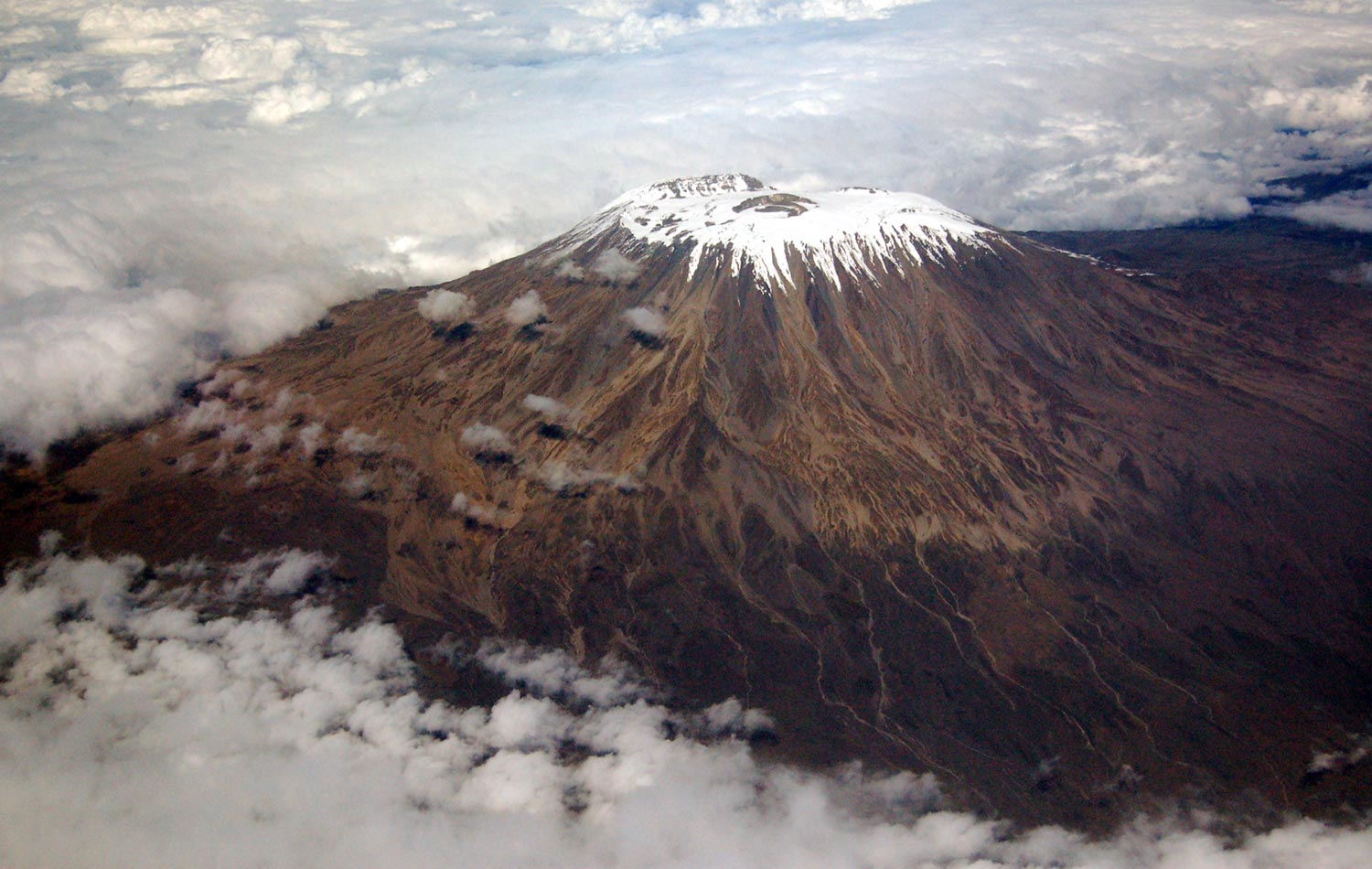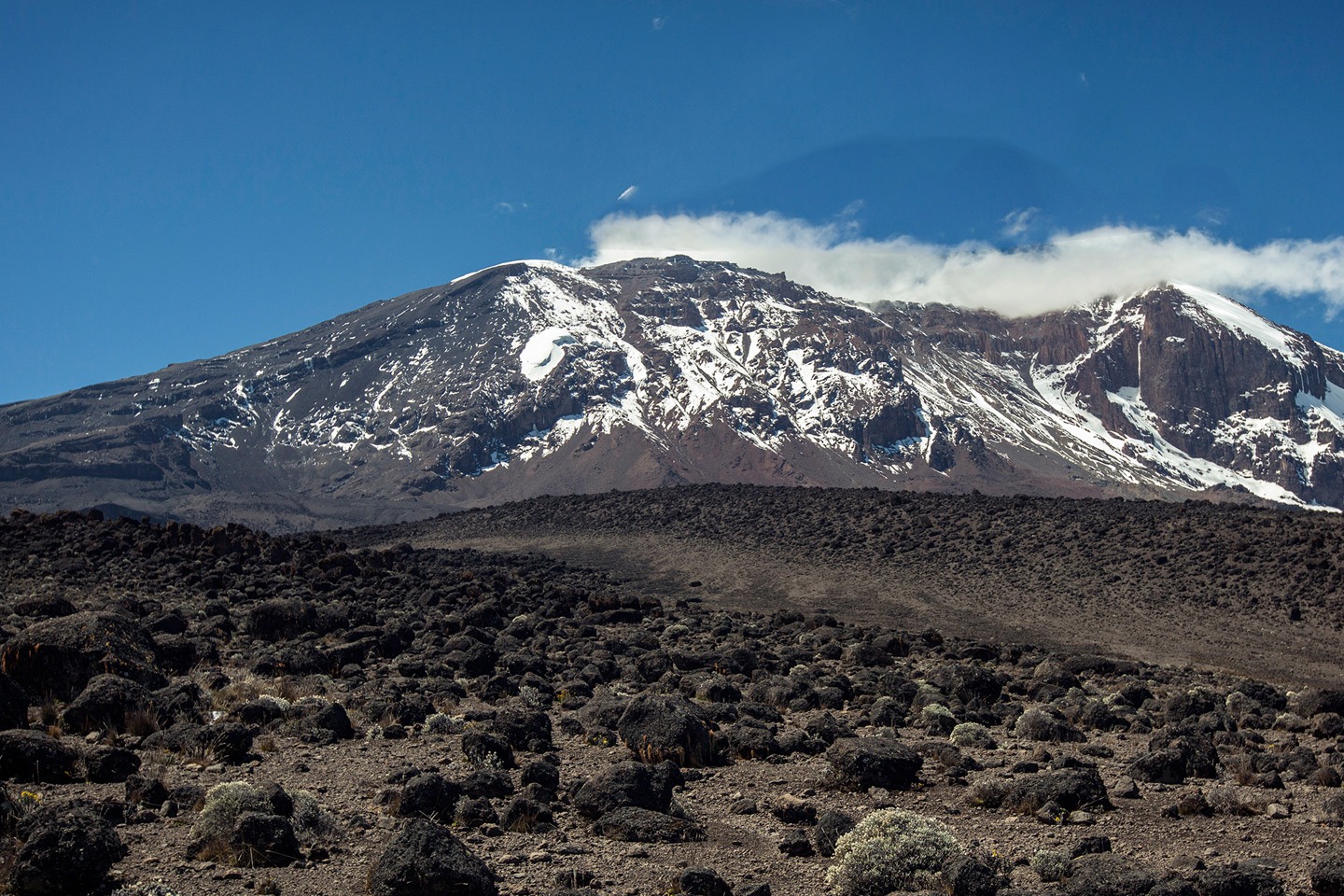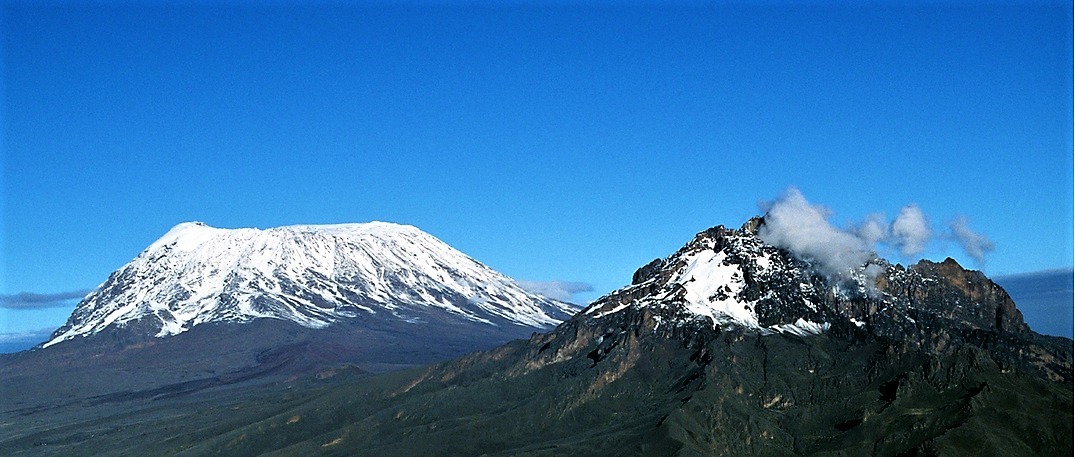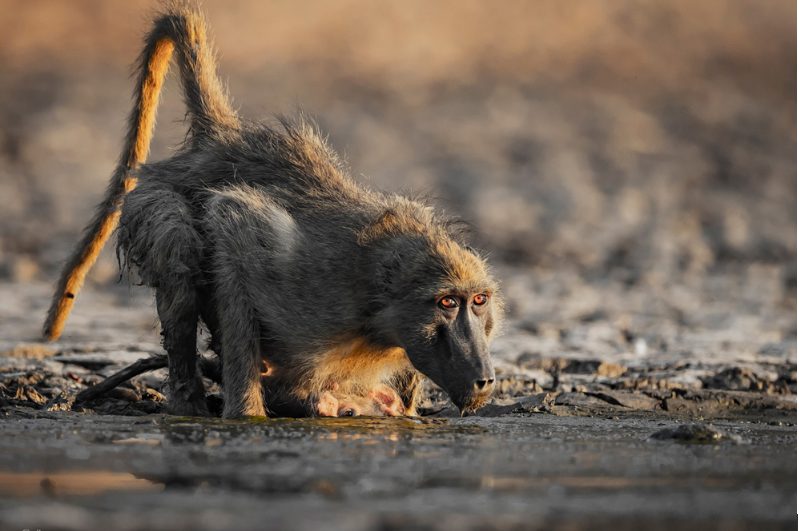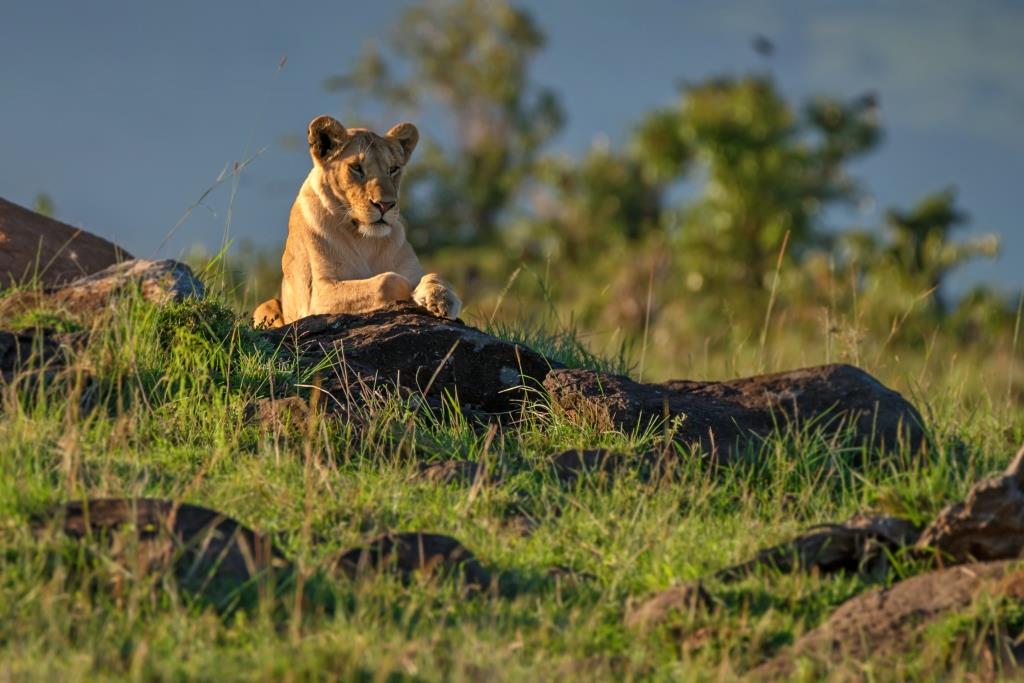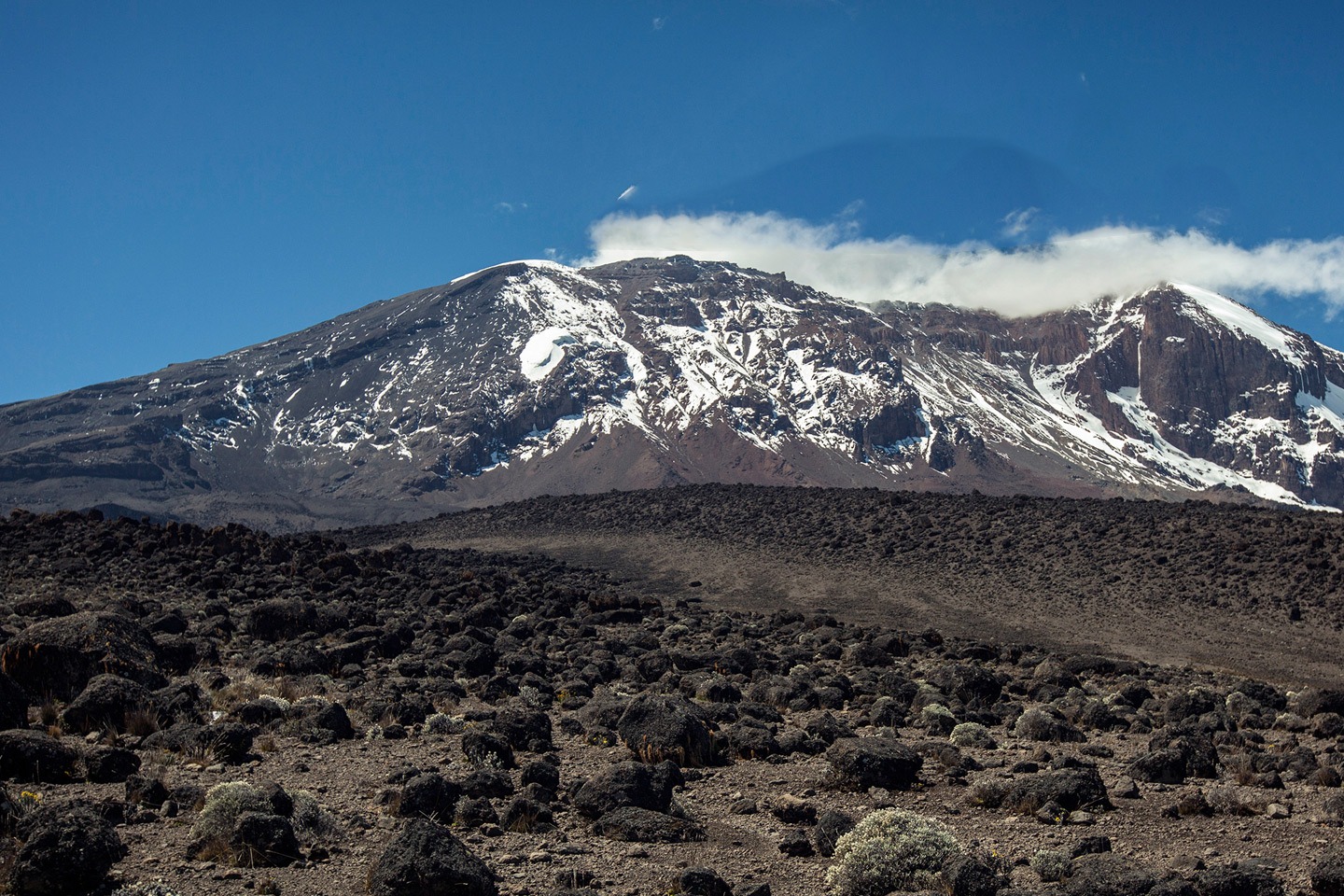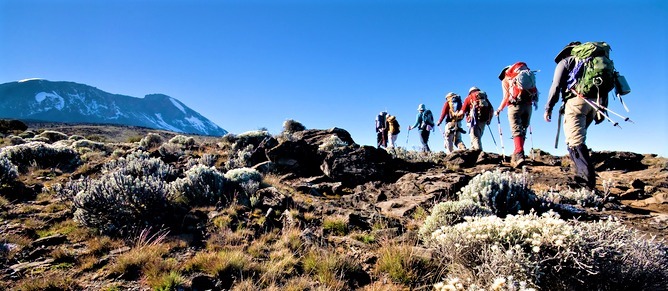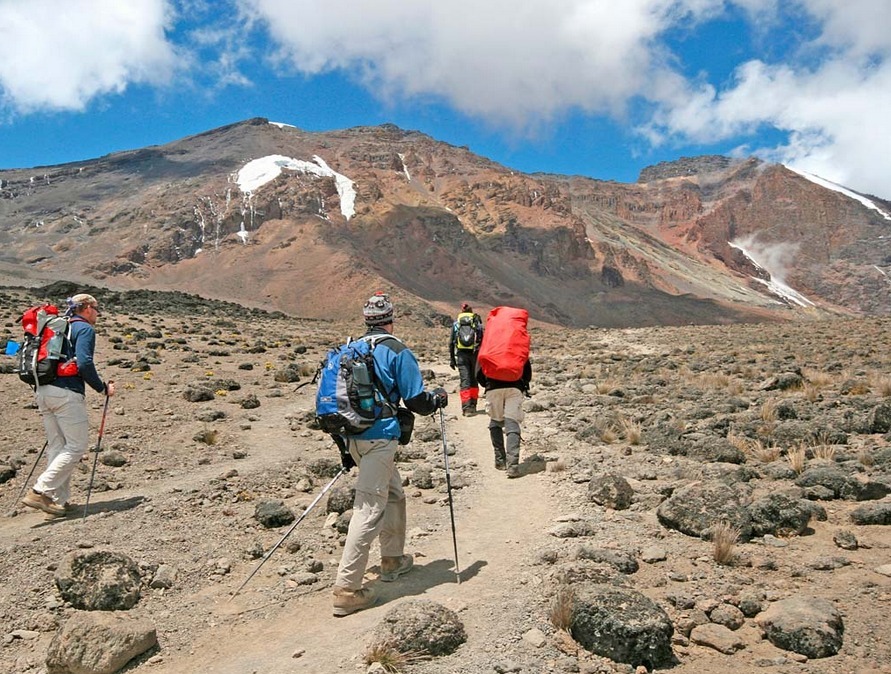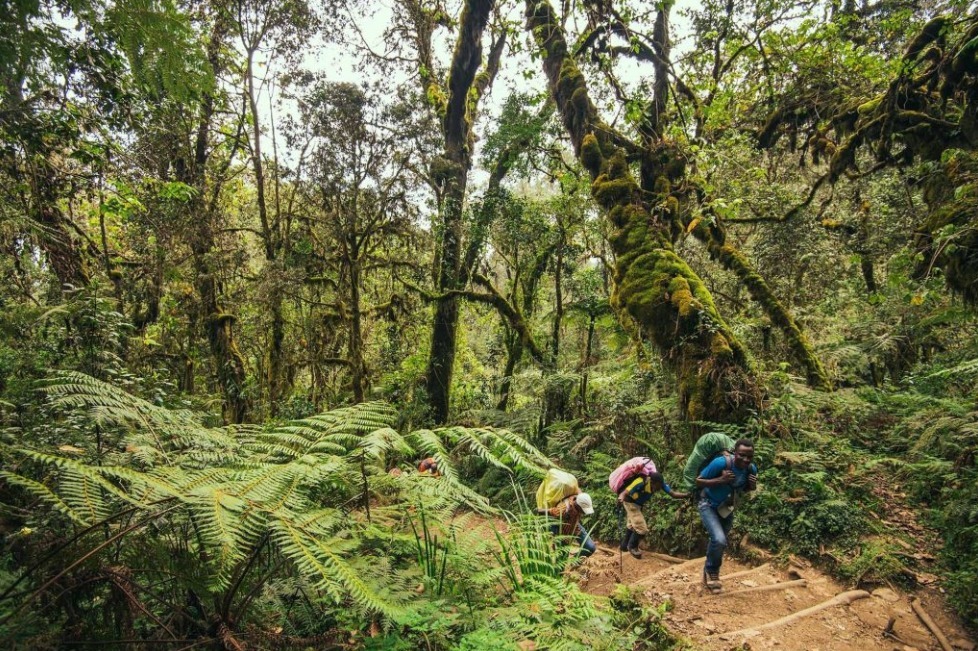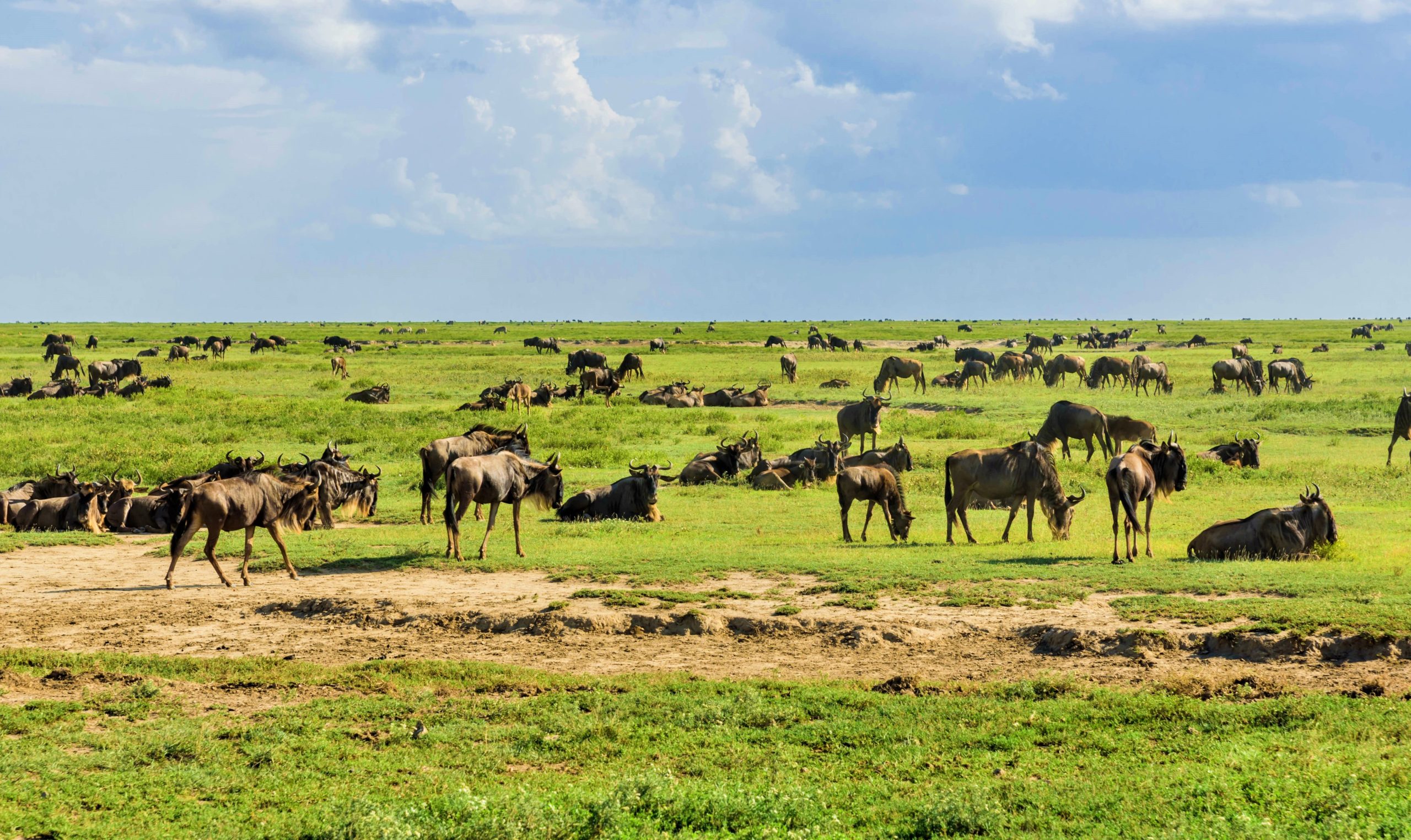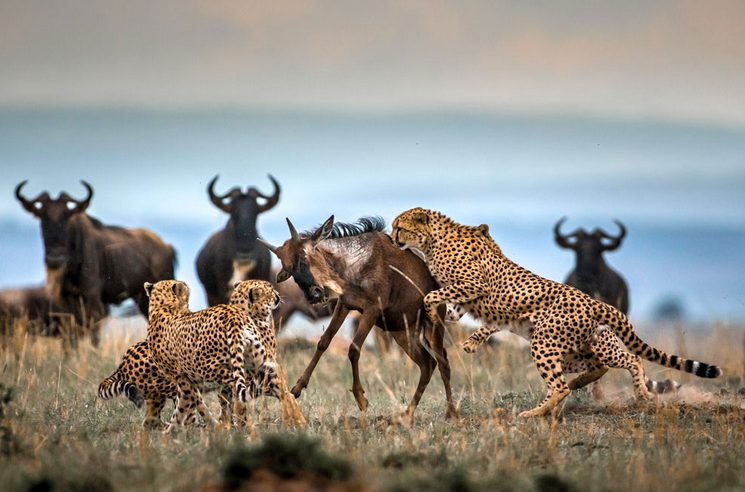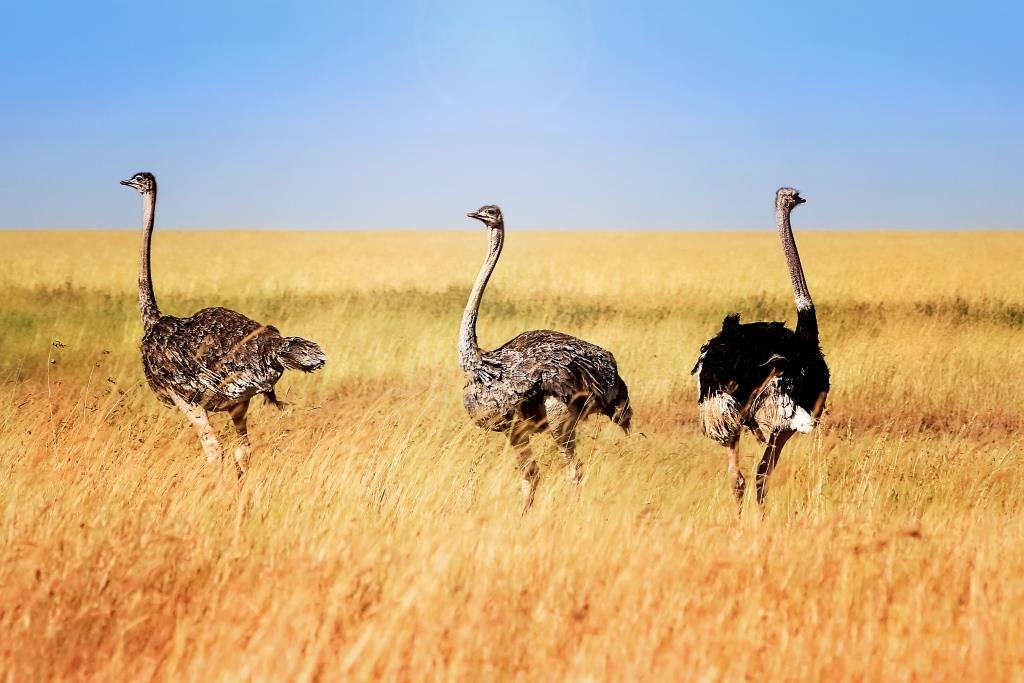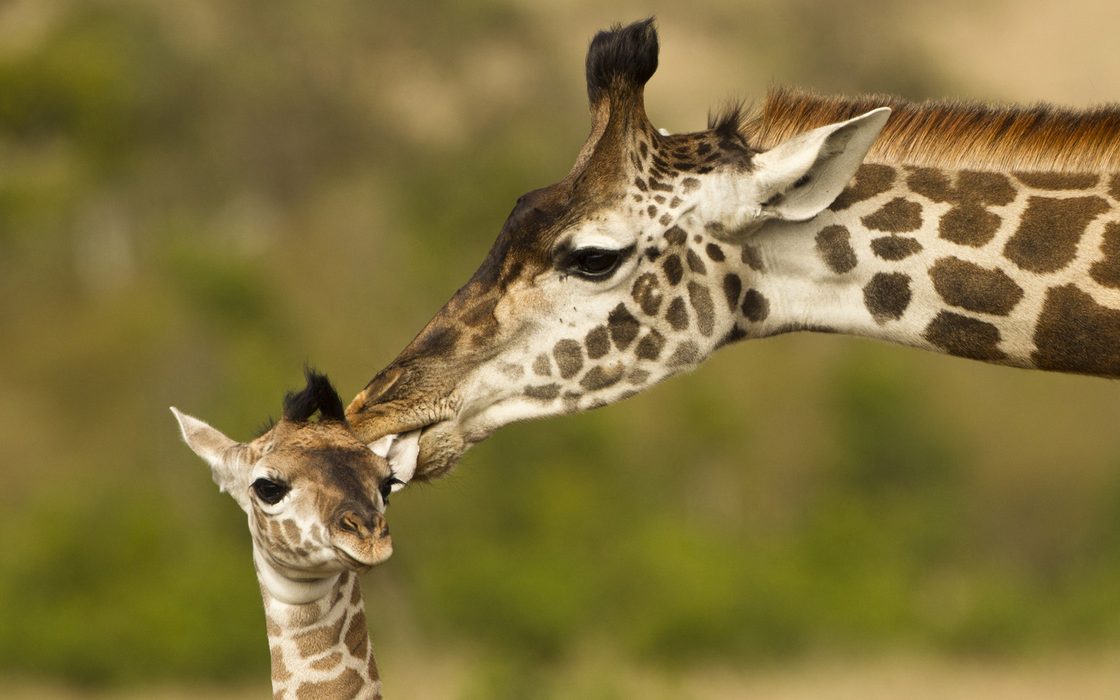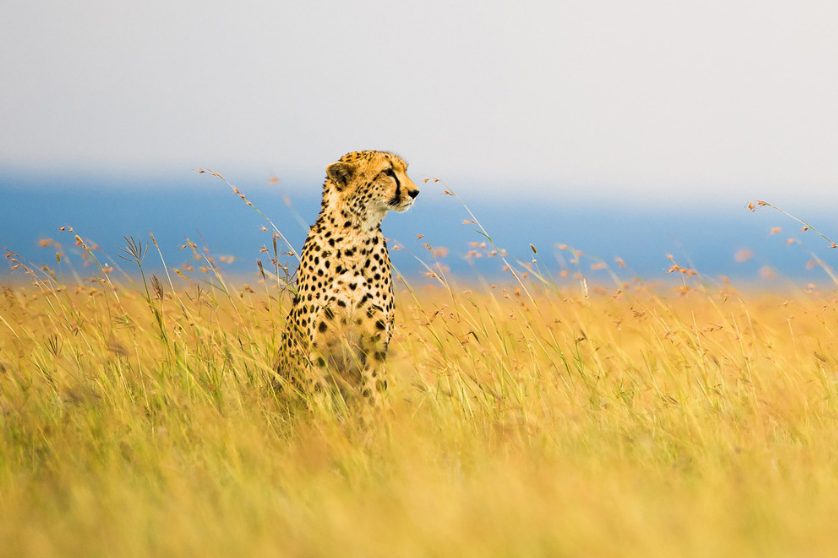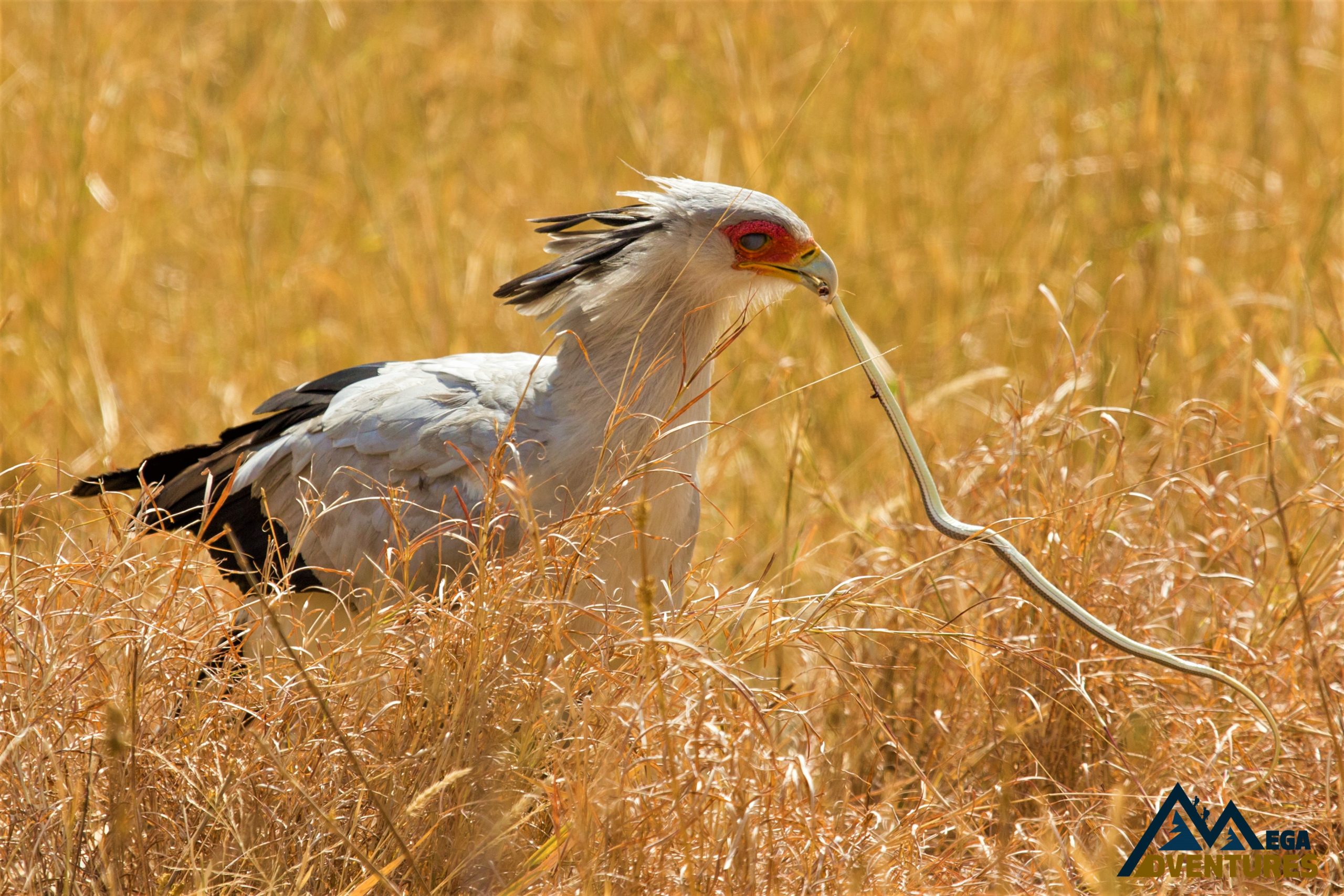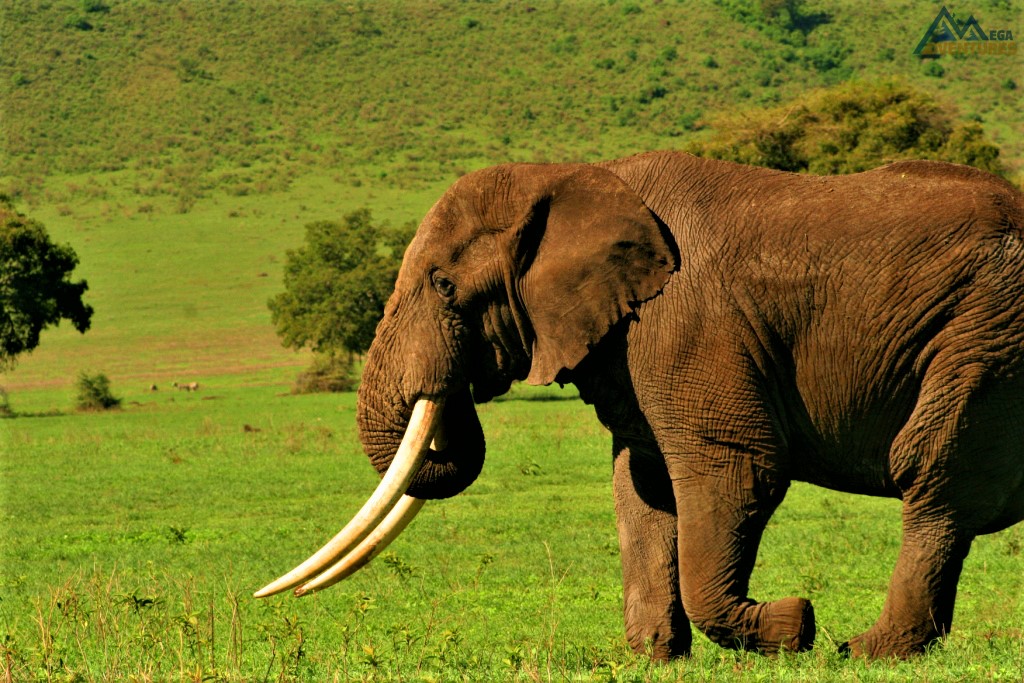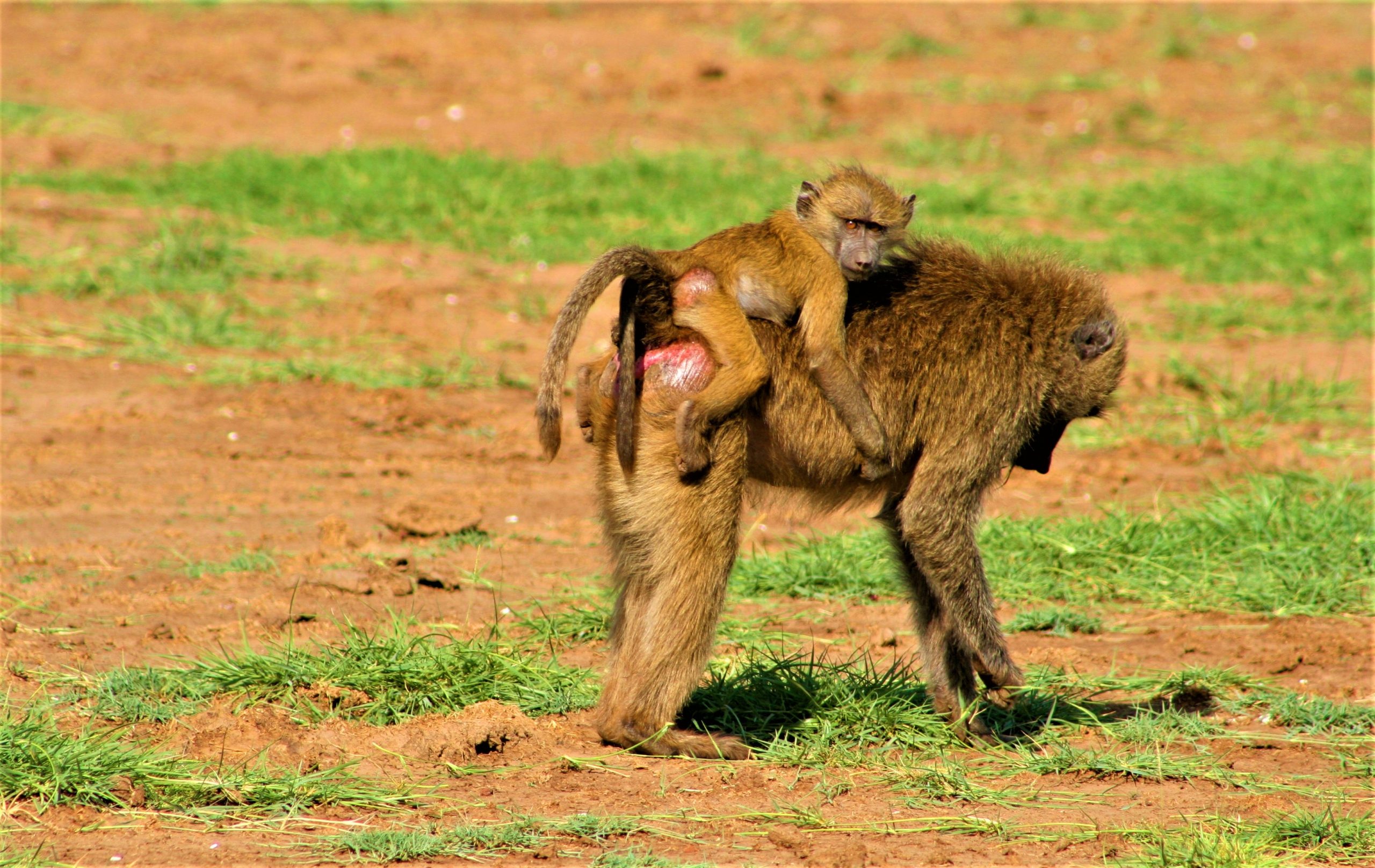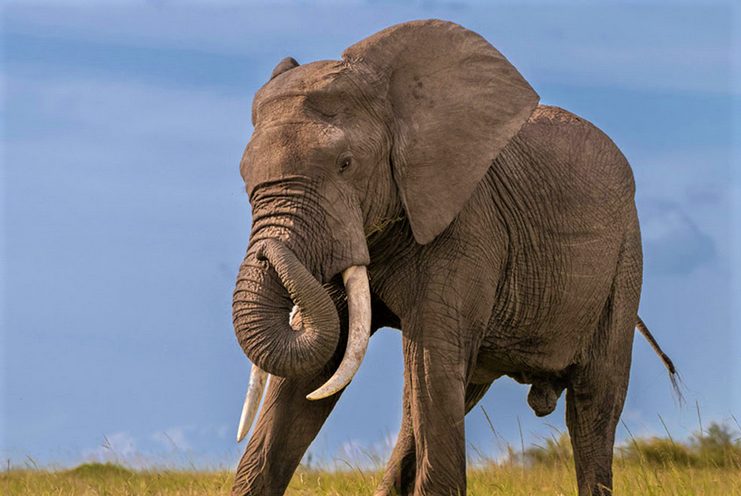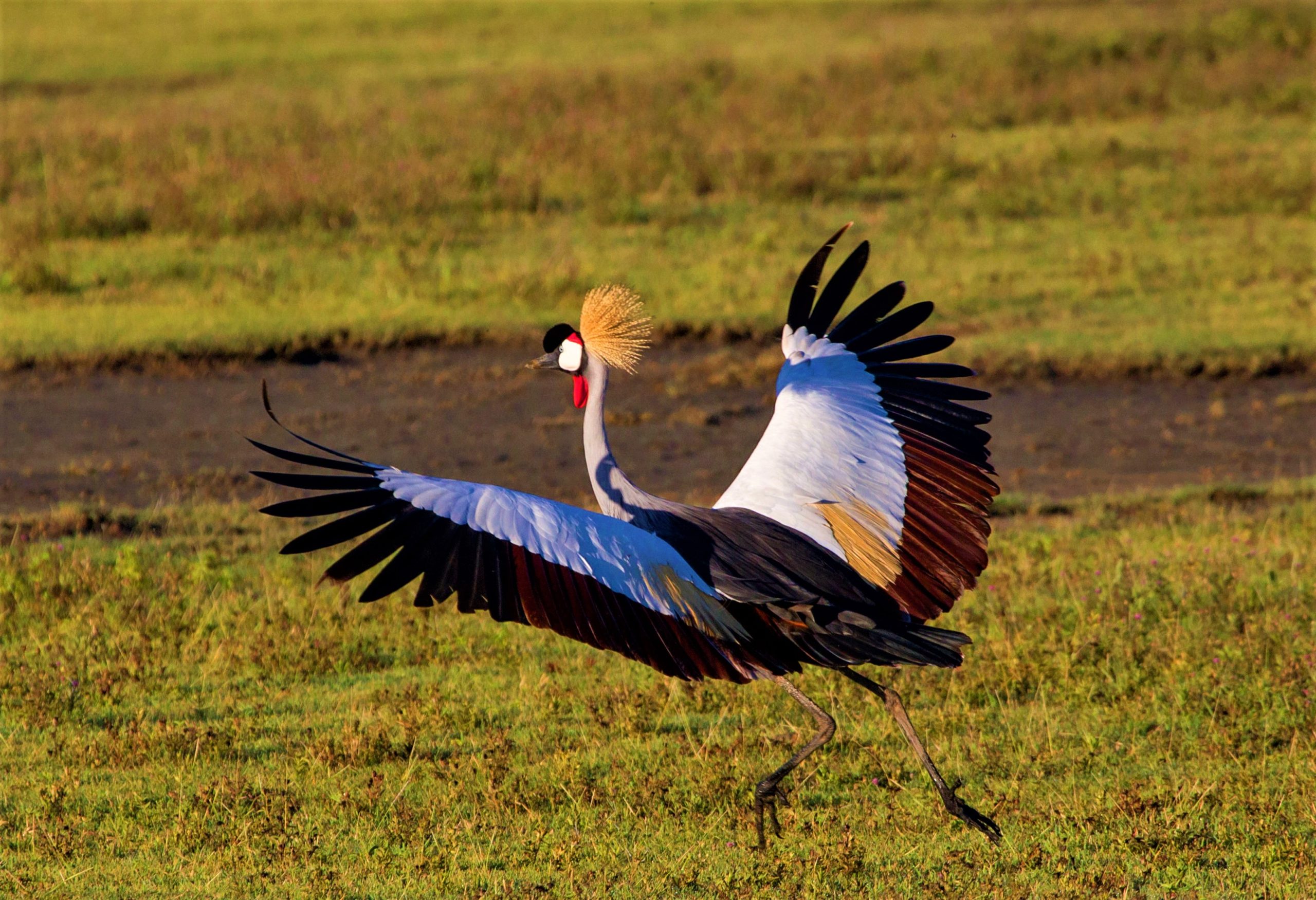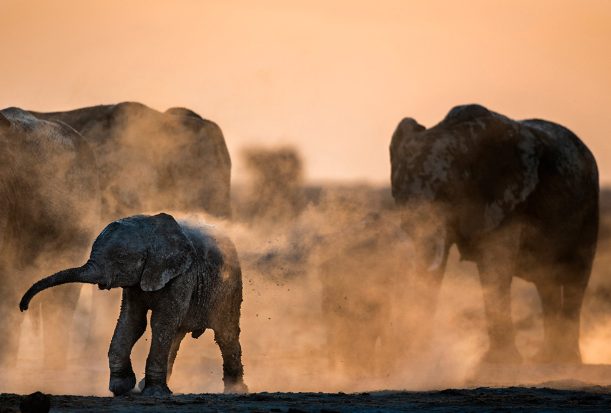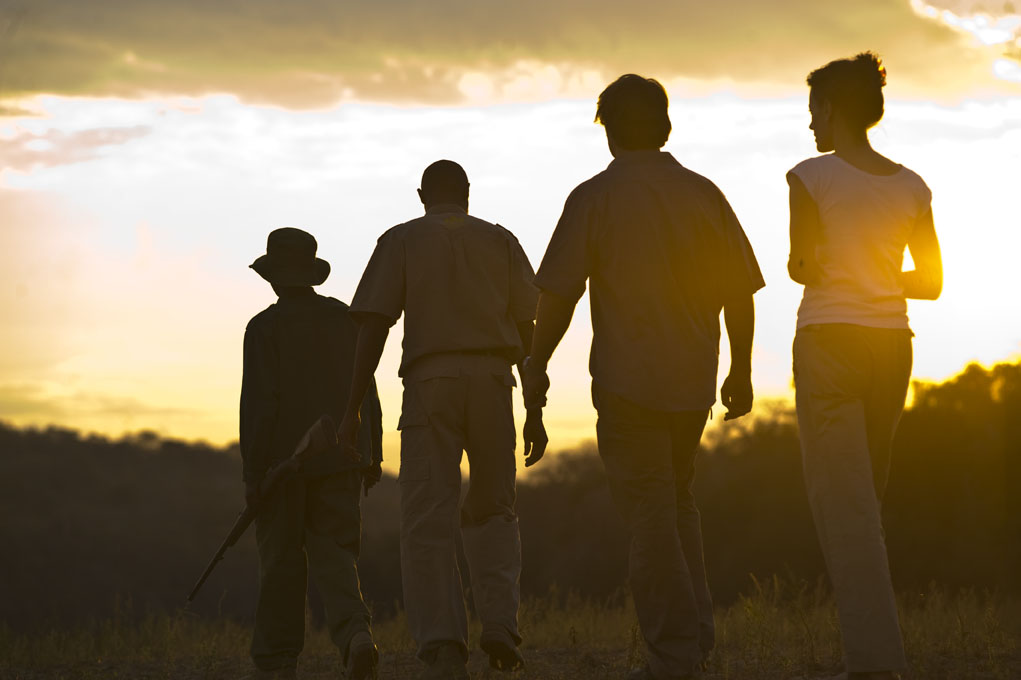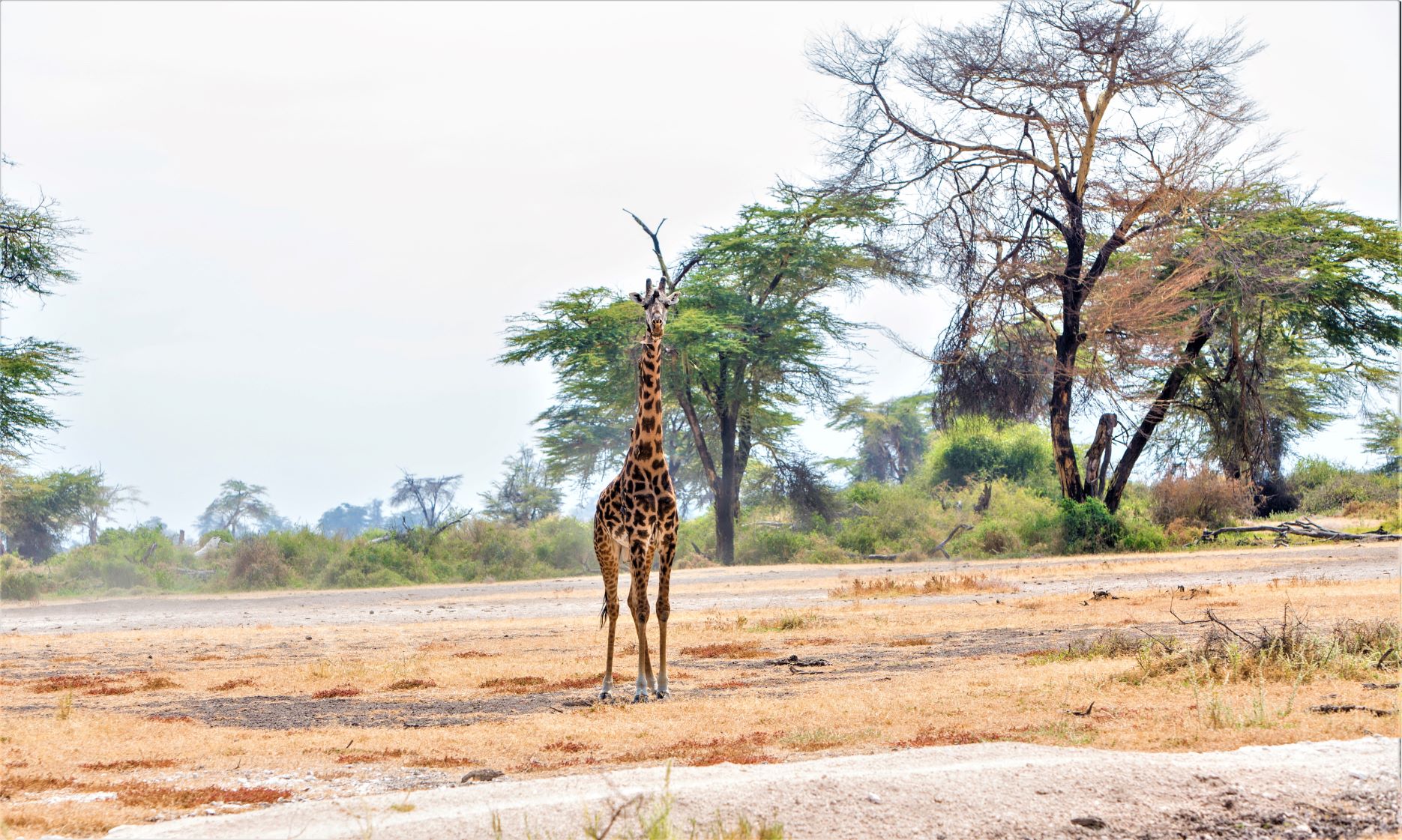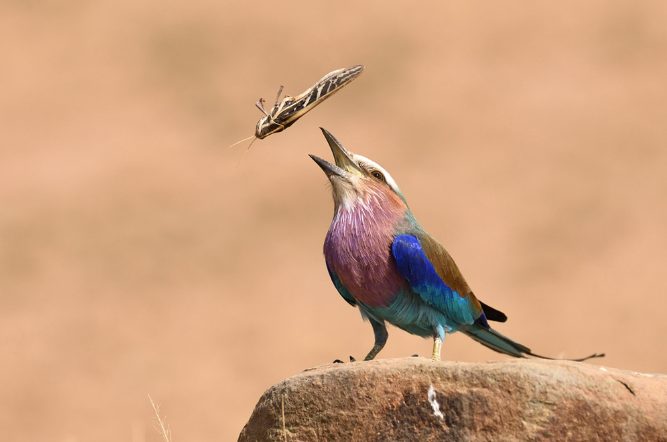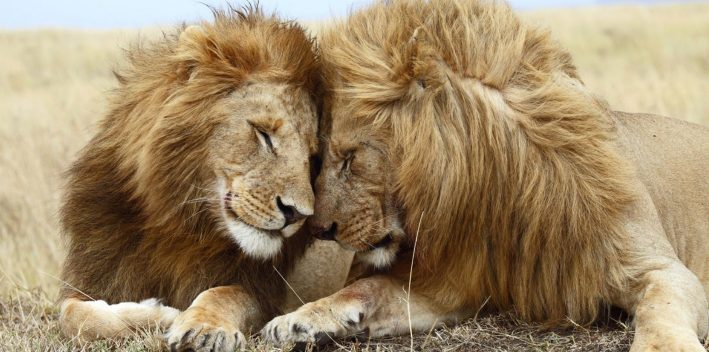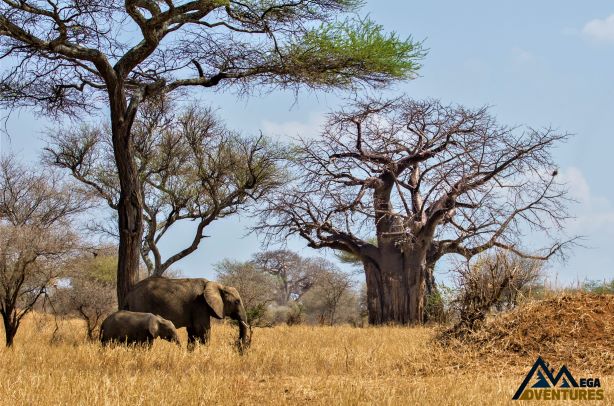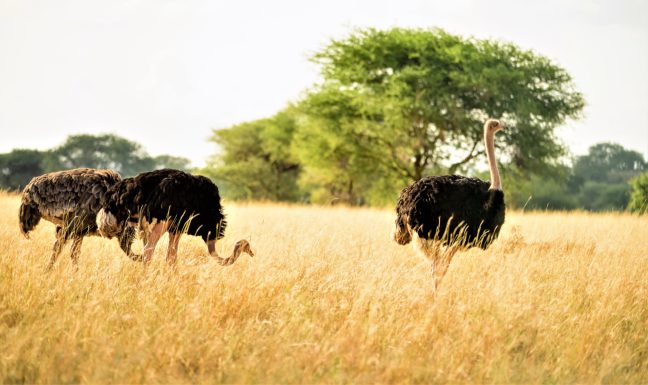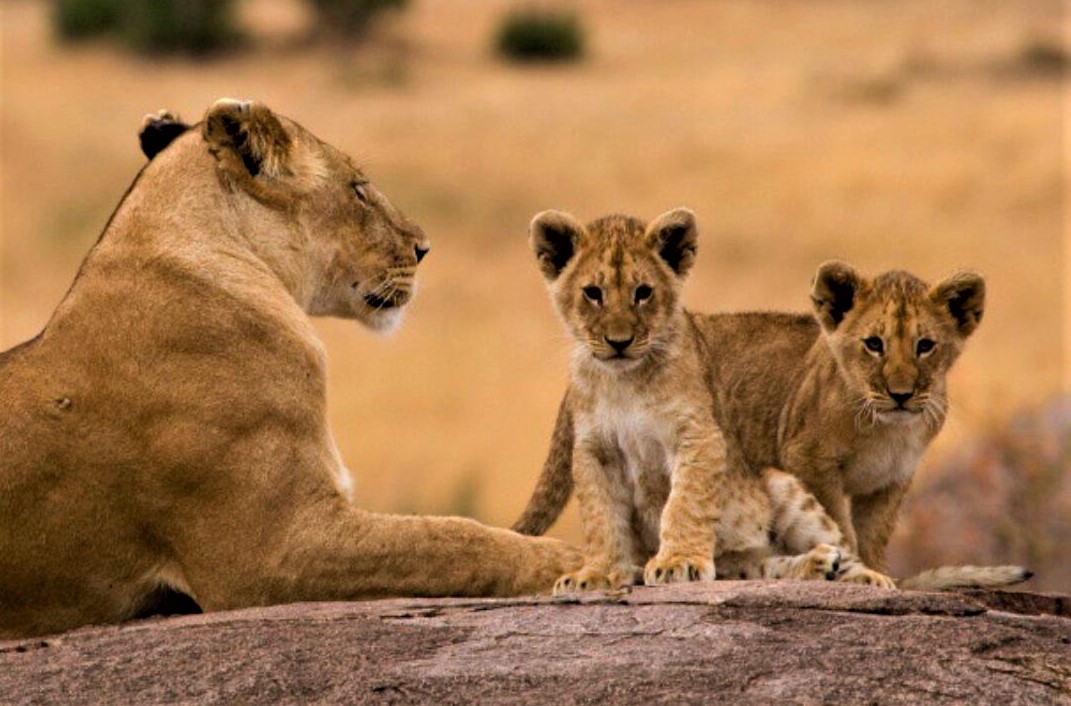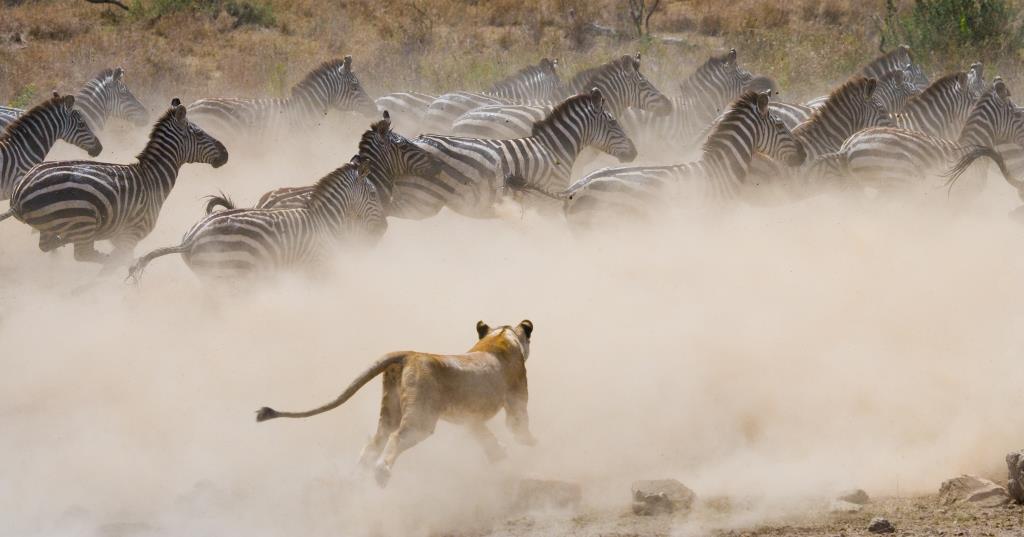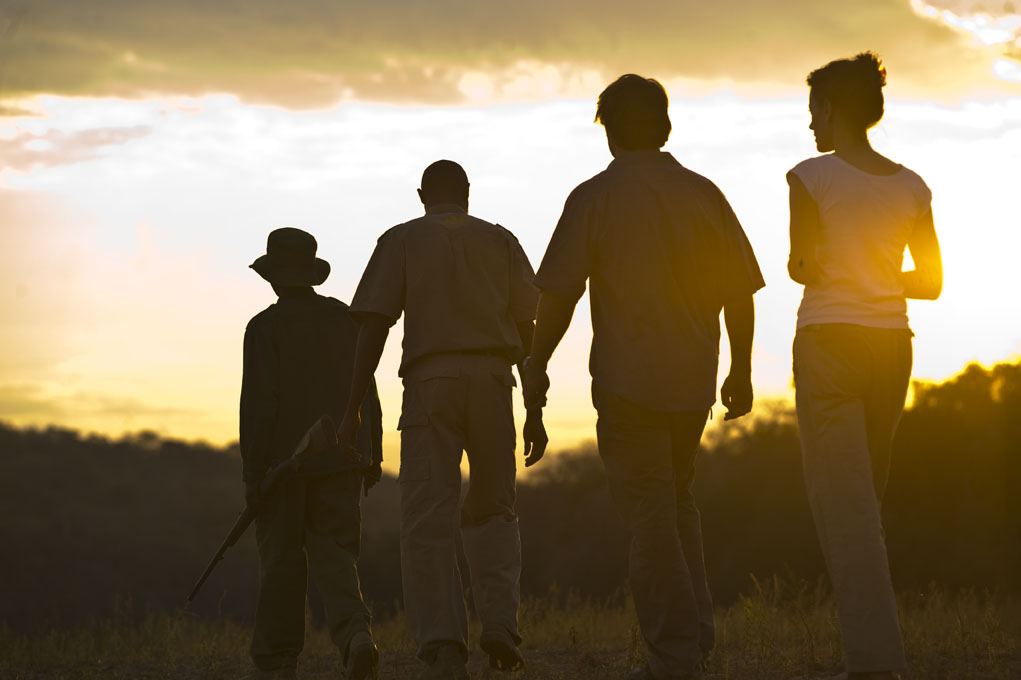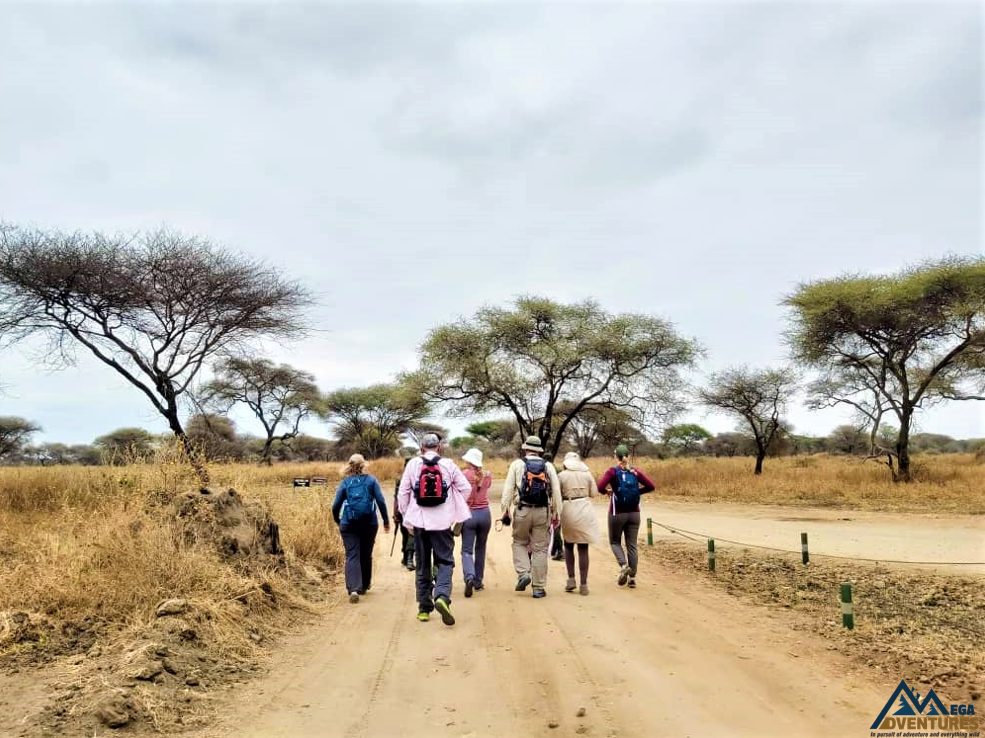With its altitude of 5,895 m Mount Kilimanjaro, a three million years old stratovolcano, stands as the tallest mountain in Africa with the nickname “The rooftop of Africa”. The mountain originally comprised 3 volcanoes Kibo, Mawenzi and Shira that were formed about 1 million years ago. Mawenzi ceased erupting and Shira collapsed while Kibo continued erupting until about 150,000-200,000 years ago and is still technically only dormant. The very highest point was named Uhuru Point after Tanzania’s independence in 1961. Kilimanjaro is now the world’s highest free standing mountain.
Mount Kilimanjaro prides Mount Kilimanjaro National Park, which was declared a national park in 1973 and officially opened for tourism in 1977. The national park is located in Northern Tanzania, near the town Moshi, and covers an area of 1,688 sq km.
In 1987 the United Nations Educational Scientific and Cultural Organization (UNESCO) declared it a World Heritage Site and in 2013 it was declared a Natural Wonder of Africa.
The ascent of the slopes is a virtual climatic world tour from the tropics to the Arctic, with a total of five different ecosystems. The mountain’s ecosystems are as strikingly beautiful as they are varied and diverse.
Cultivation Zone:
Big parts of the mountain lowland slopes, and first ecosystem zone, are used for farming bananas, maize crops, cassava and coffee, known as the cultivation zone this zone will start at an altitude of approximately 800 meters and end at an altitude of approximately 1,800 meters.
Montane Forest:
As reaching an altitude of approximately 1,800 meters a new climate zone begins. The montane forest . Where both blue monkeys and colobus monkeys are to be seen. With its vibrant colors, this rain forest jungle is simply amazing.
Heather & Moorland:
The rain forest climate zone ends at an altitude of approximately 2,800 meters, where the new climate zone, heather and moorland zone, begins. A climate with erratic changes of temperatures, reaching from above 40ºC during daytime and below 0ºC during nighttime. Eye leveling floating clouds and at the end of this climate zone at an altitude of approximately 4,000 meter only few clouds covering from UV rays.
Alpine Desert:
Where one climate zone ends another begins. With only a very little amount of annual rain, an oppressive sun and sub-zero temperatures, the climate of the alpine desert has begun. Revealing the ancient history of Mount Kilimanjaro with its volcanic rocks. With the views of the glaciers of the summit and deep gorges on the slope and branches in the crater rim where molten lava blasted through during prehistoric eruptions. A climate continuing to an altitude of approximately 5,000 meters.
Arctic Zone:
And to the last and final climate on the magnificent Mount Kilimanjaro, the arctic zone, which starts at an altitude of approximately 5000 meters and continues to the summit of the mountain, Uhuru peak, at 5,895 meters. With the stunning views of the eternal ice glaciers
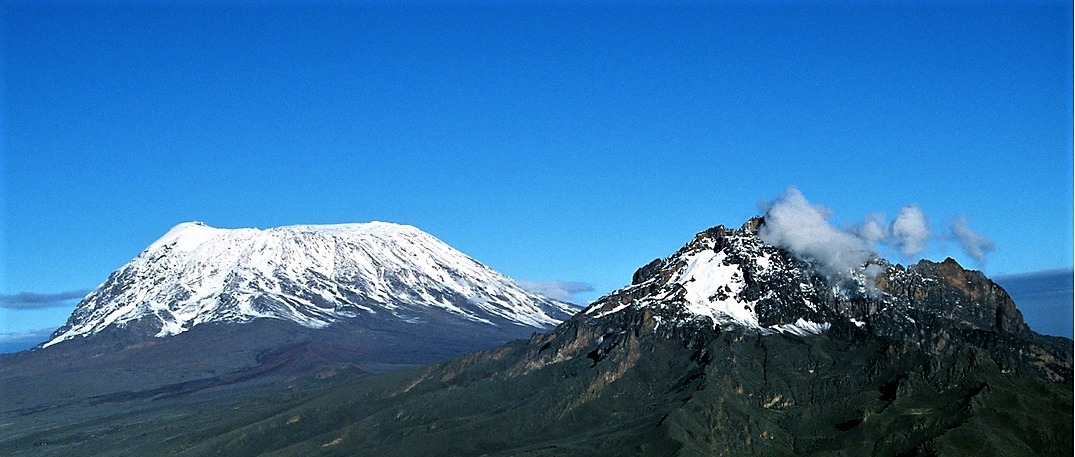
Climbing to Kibo peak takes 5 to 8 days depending on the route. The more days, the higher the possibility to conquer the summit. There are six mountain routes one can choose from to reach the summit , each route offering different attractions and challenges.
Hans Meyer and Ludwig Purtscheller were the first people known to have reached the summit of Kilimanjaro in 1889. Follow in their footsteps by hiking spectacular routes namely Marangu route, Machame route, Lemosho route, Rongai route, Umbwe route and londrossi route to reach the roof of Africa.
Many conclude climbing Mount Kilimanjaro to be the highlight experience in Tanzania. As Kilimanjaro is one of the world’s most accessible high summits in the world, reaching Uhuru peak is an adventure that can be accomplished both by first-time mountain trekkers and experienced mountain trekking enthusiasts.
Climbing Kilimanjaro fits in well with a safari to the rest of Tanzania, and indeed great wildlife areas are so accessible by air or road. It would be a great pity not to plan this into your travel, even if it is not a full hike but only a single-day hike, where you hike via the marangu route from 1800 amsl to 2,720 amsl.
Climate:
There are two rainy seasons in a year. The long rainy season from March to May, where it rains around the mountain base and snow accumulates at the peak and the short rains from November to mid Dec.
The dry season is from late June to October and late December to February , the nights are cool and the days completely clear.
The park is located at an altitude between 1700 m to 5895 meter with annual average rainfall ranging from 828 mm at alpine desert to 2500 mm at Montane forest.
Best time to visit:
Mount Kilimanjaro can be visited throughout the year. However the climate is most suitable for climbing in the dry seasons June-October and mid December- February when the sky is clear and the mountain top is easily seen. Most people avoid April and May, when there are heavy monsoon rains. However the climb can be done provided you have proper climbing clothing and equipment.
Accessibility:
The park is accessible by road to all the route main entrances.
The park entrances are closest from Moshi town, making it the most preferred base for overnight prior to the climb.
Accommodation:
Among all the 6 routes the Marangu route is the only route that offers overnight in Mountain huts, the rest in public campsites. Mega Adventures offers all camping facilities during the trek.
Activities:
- Full hike
- Day hike or few days hike.

